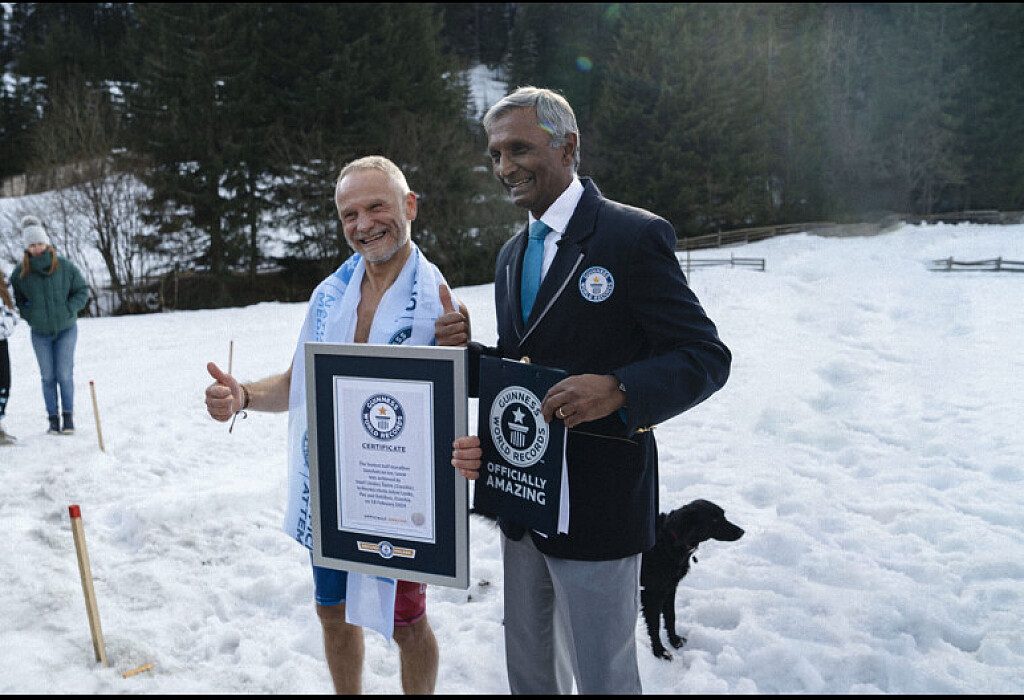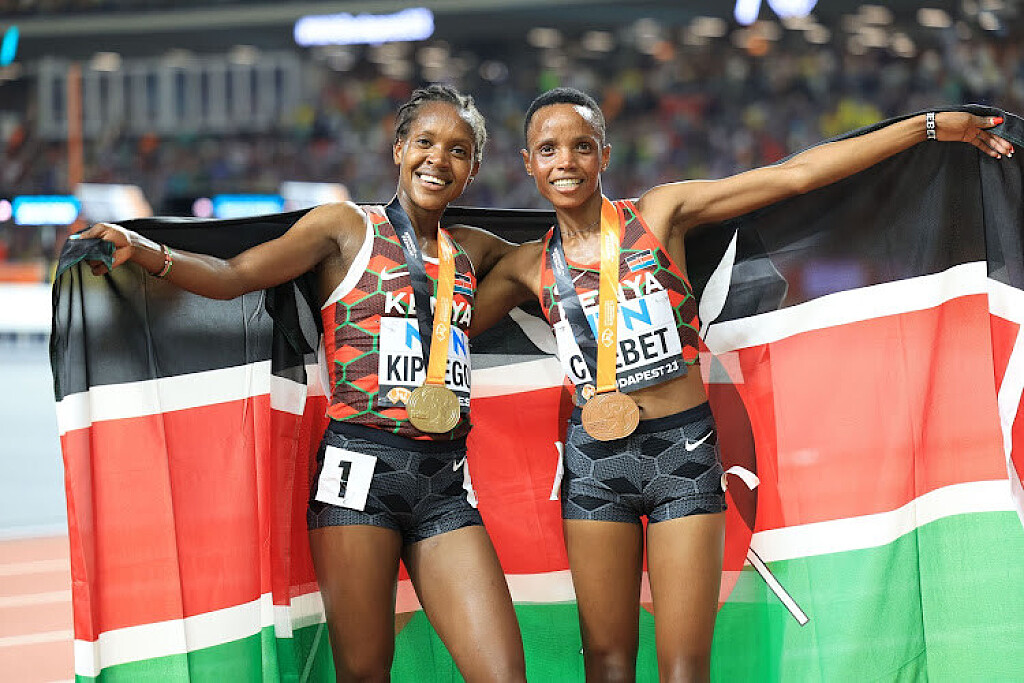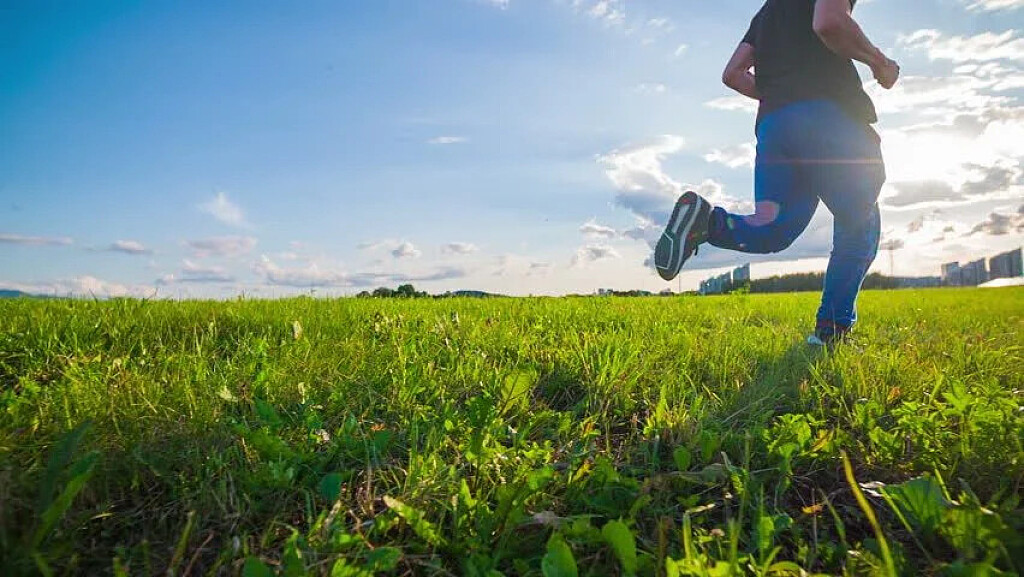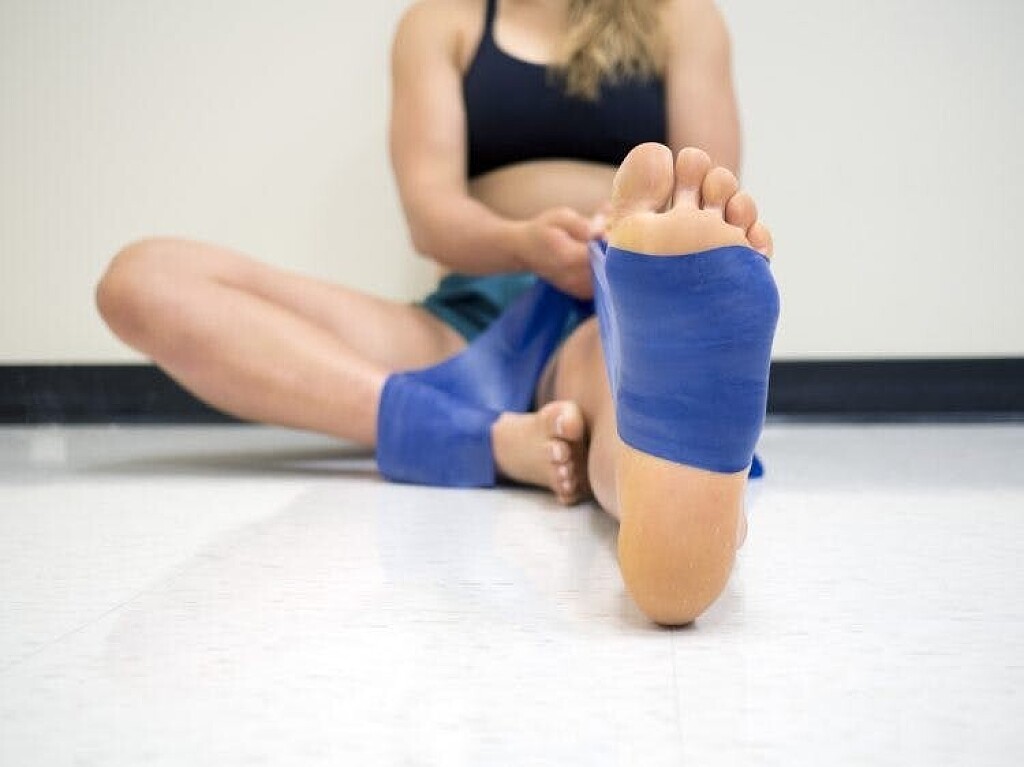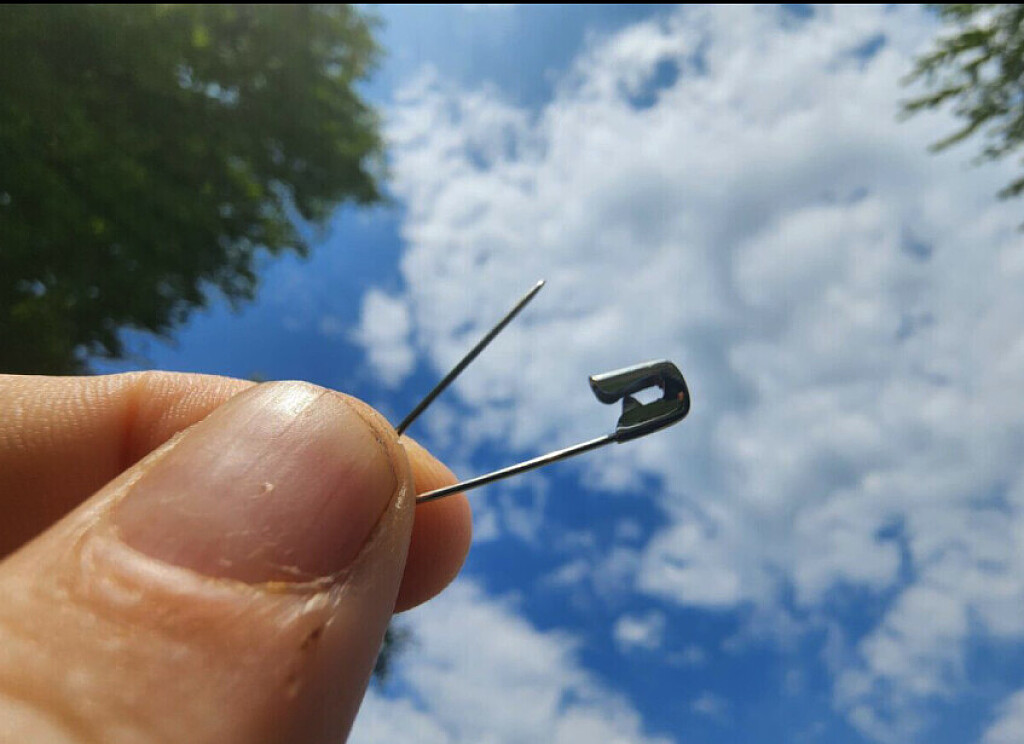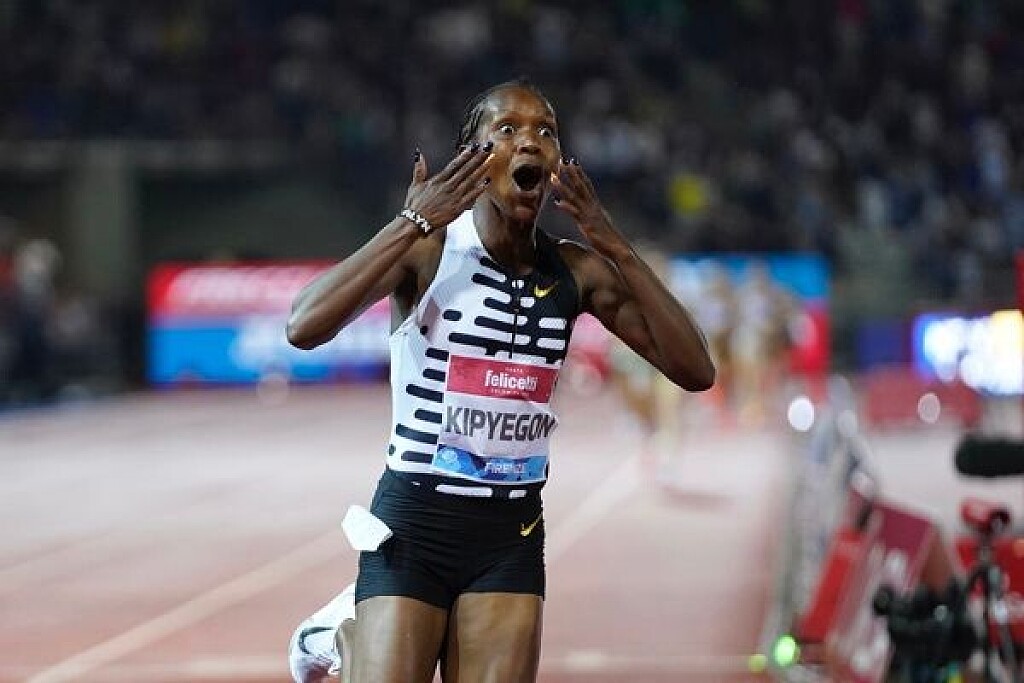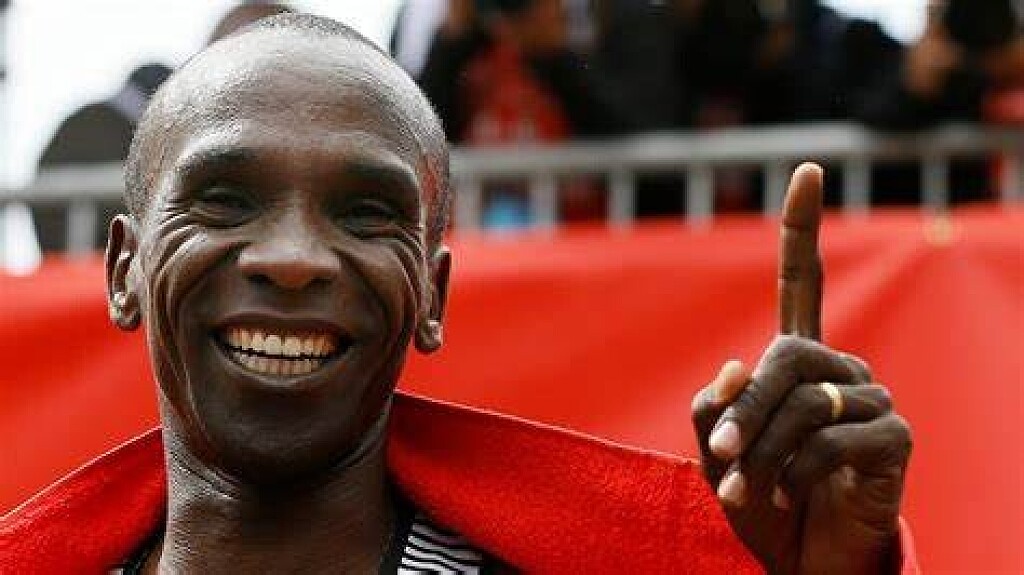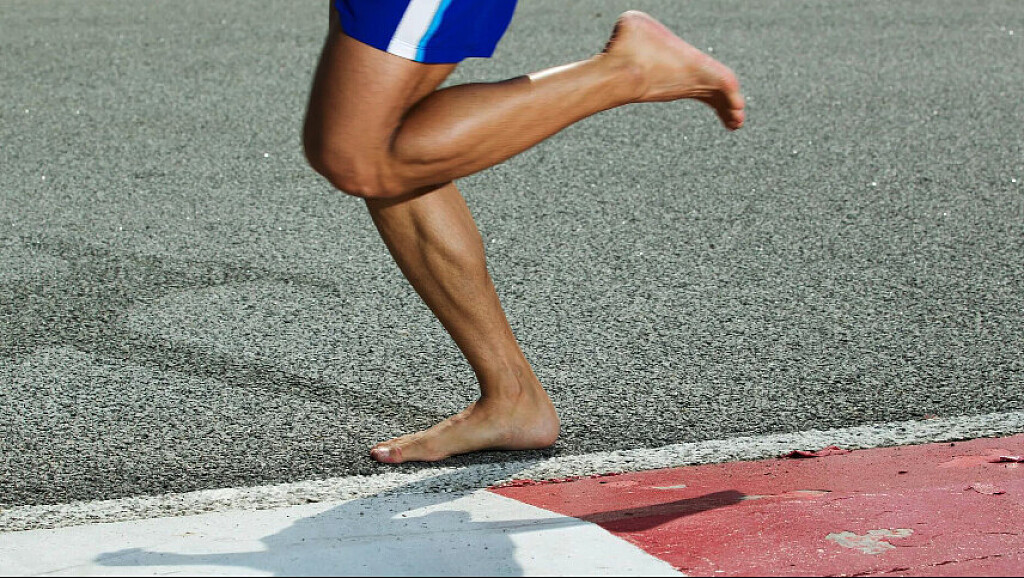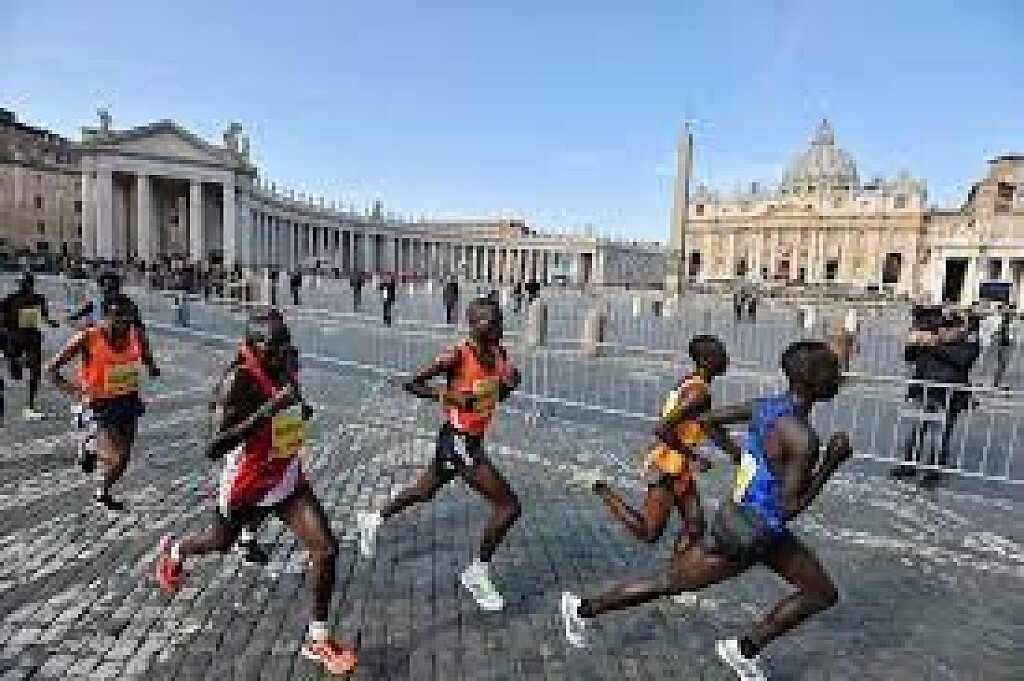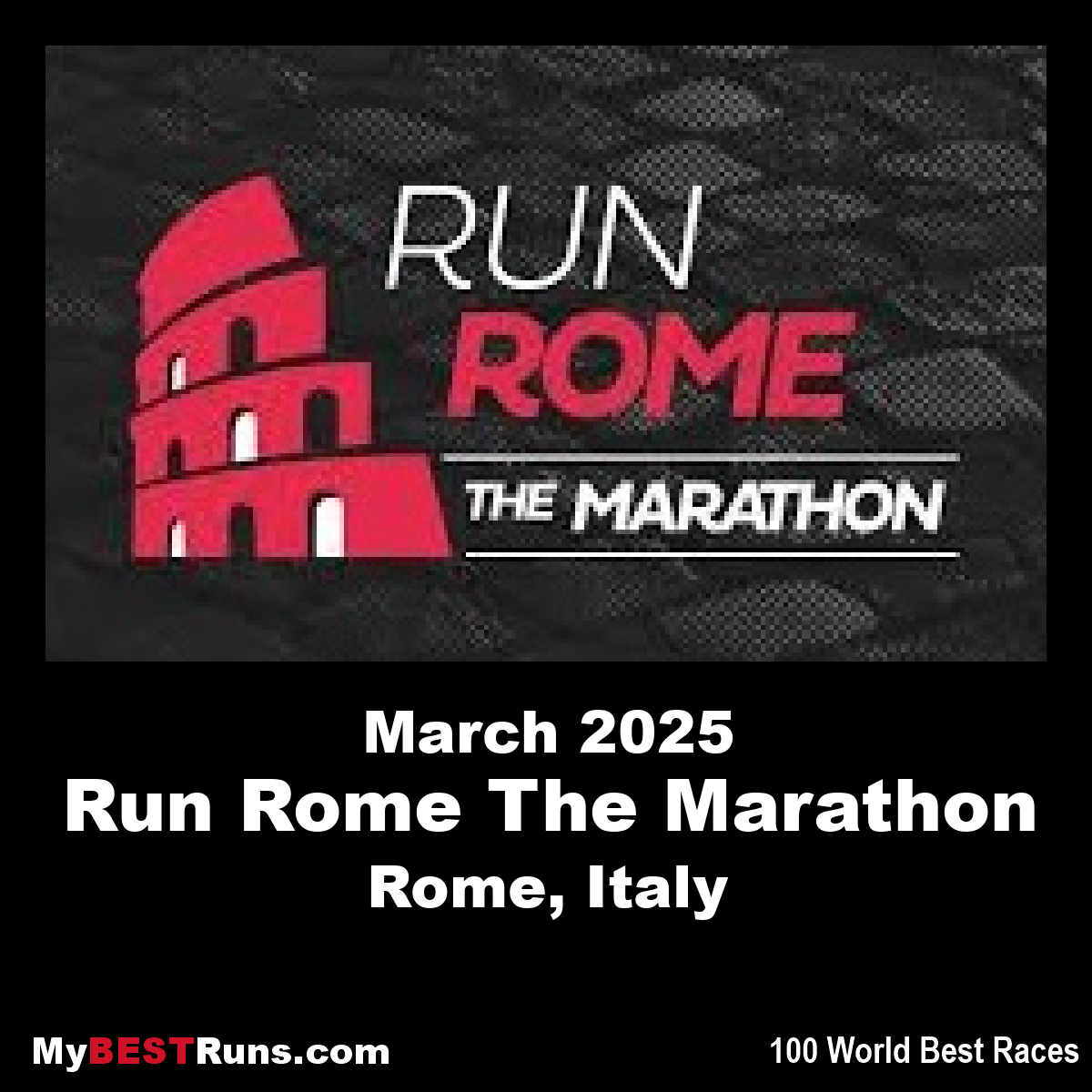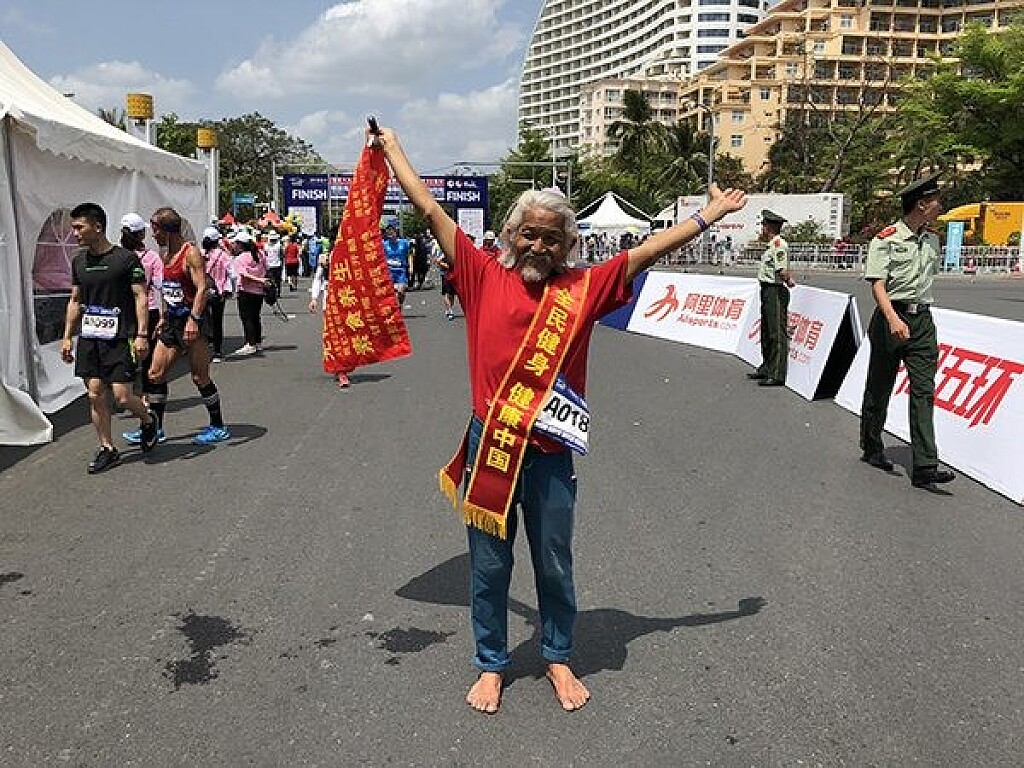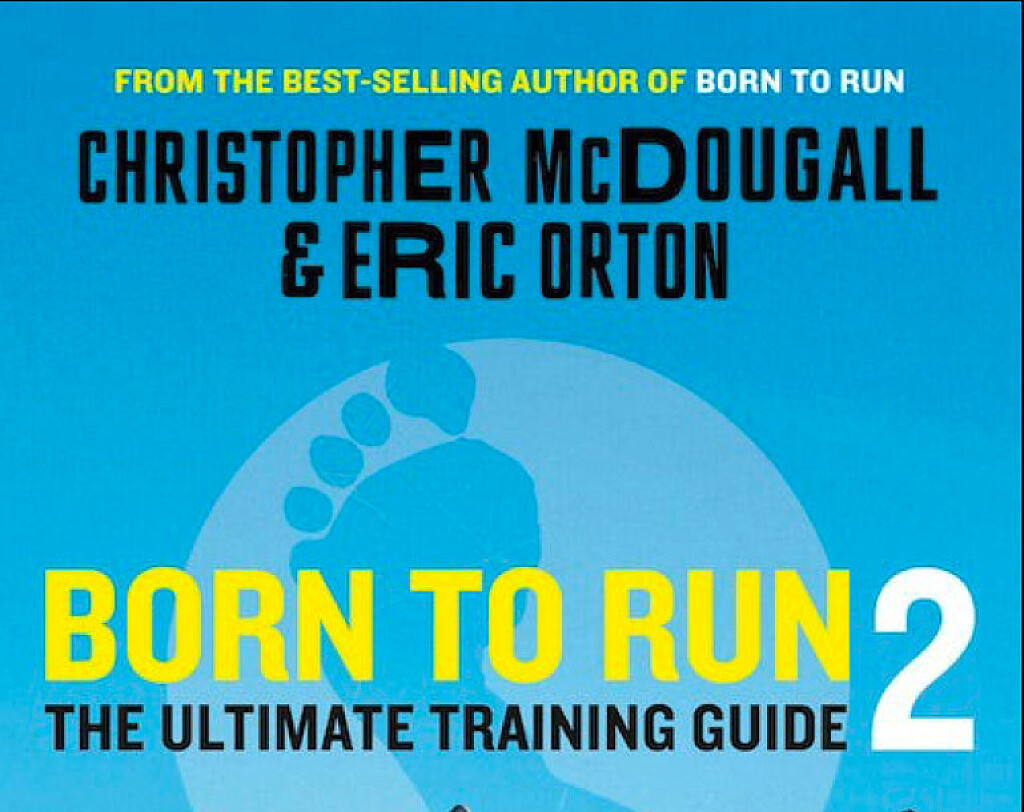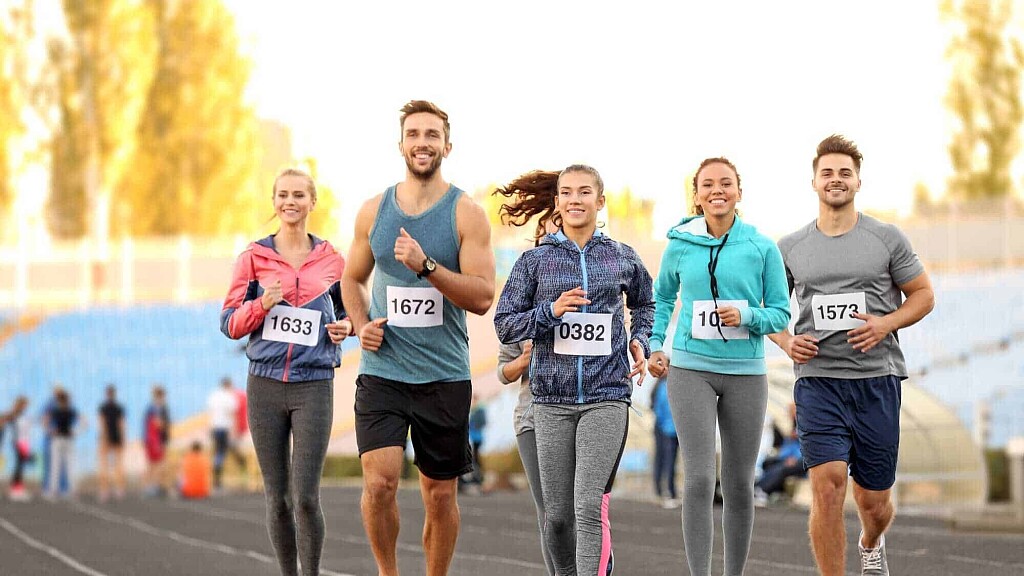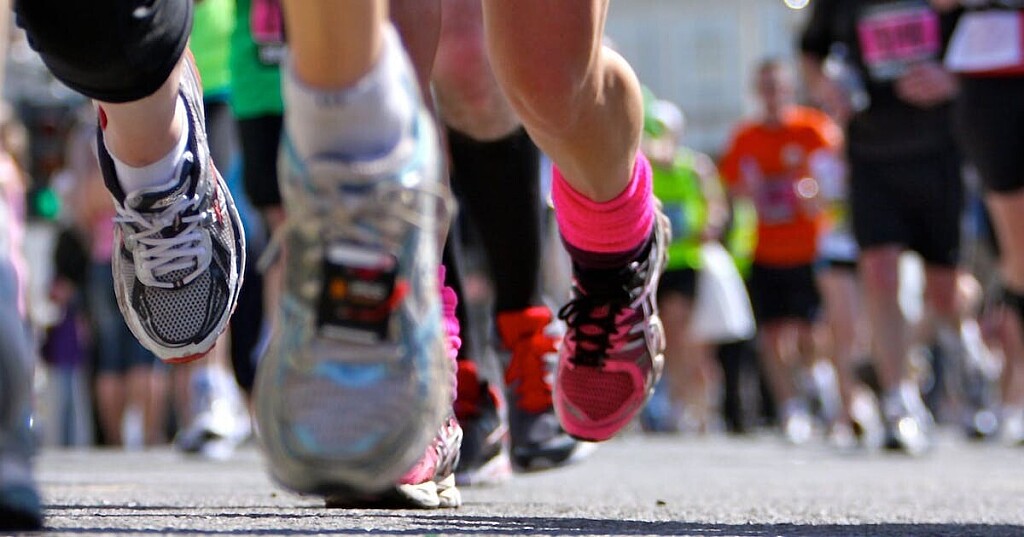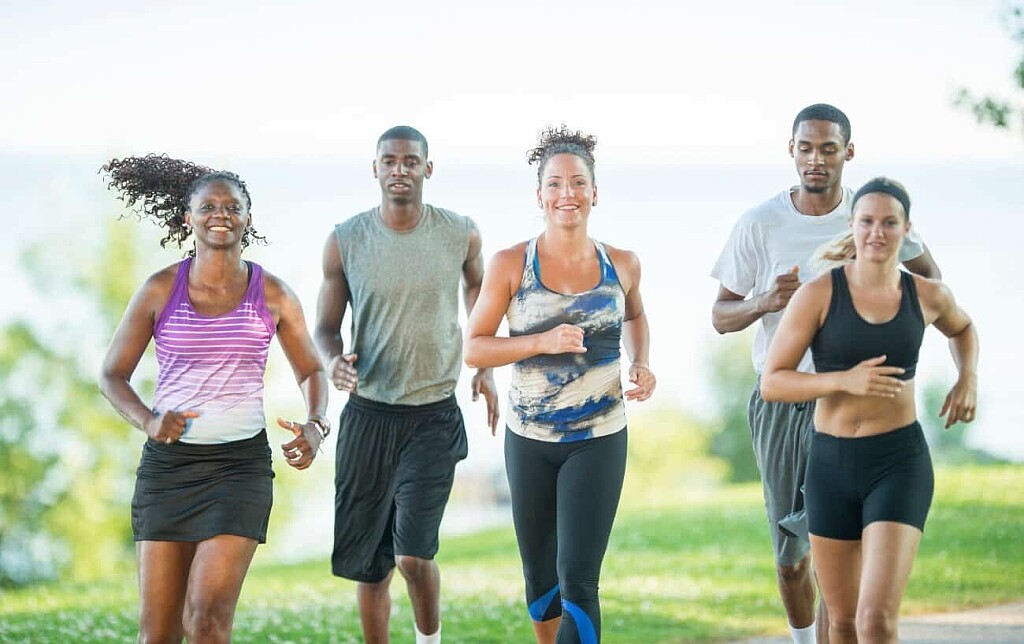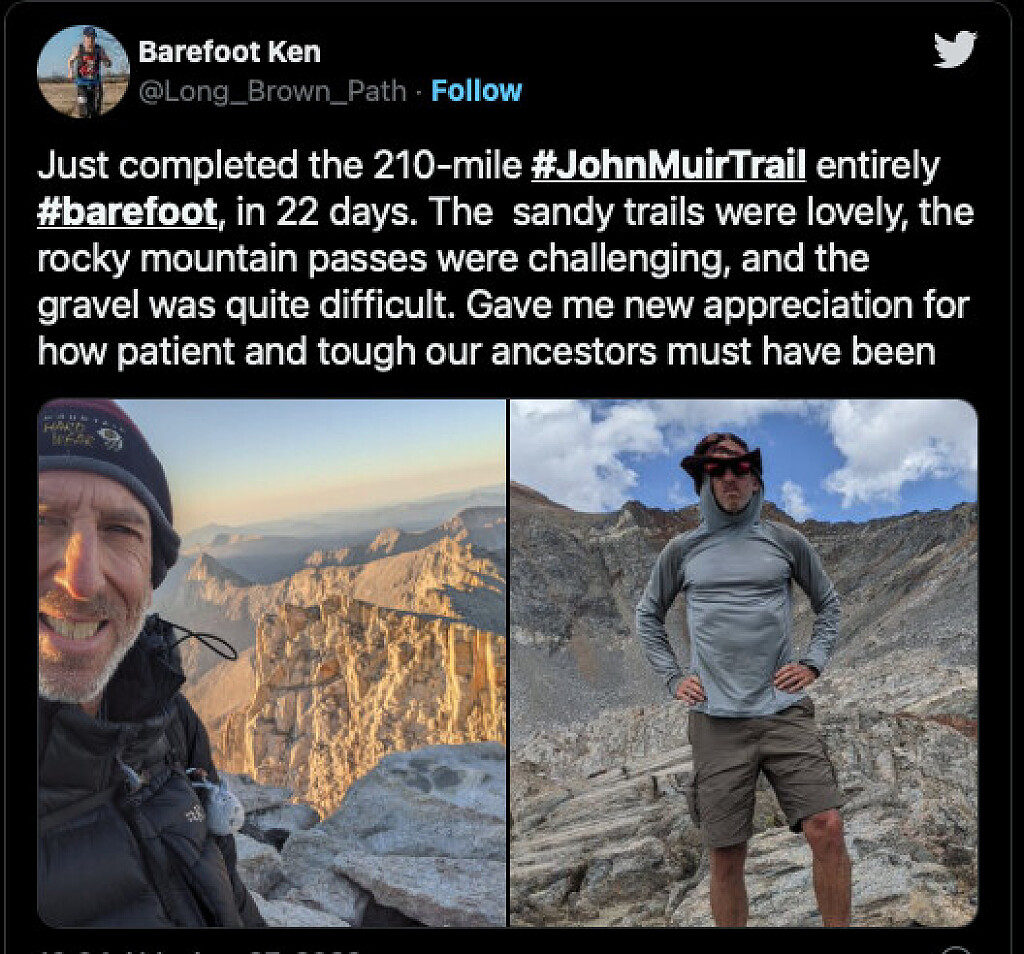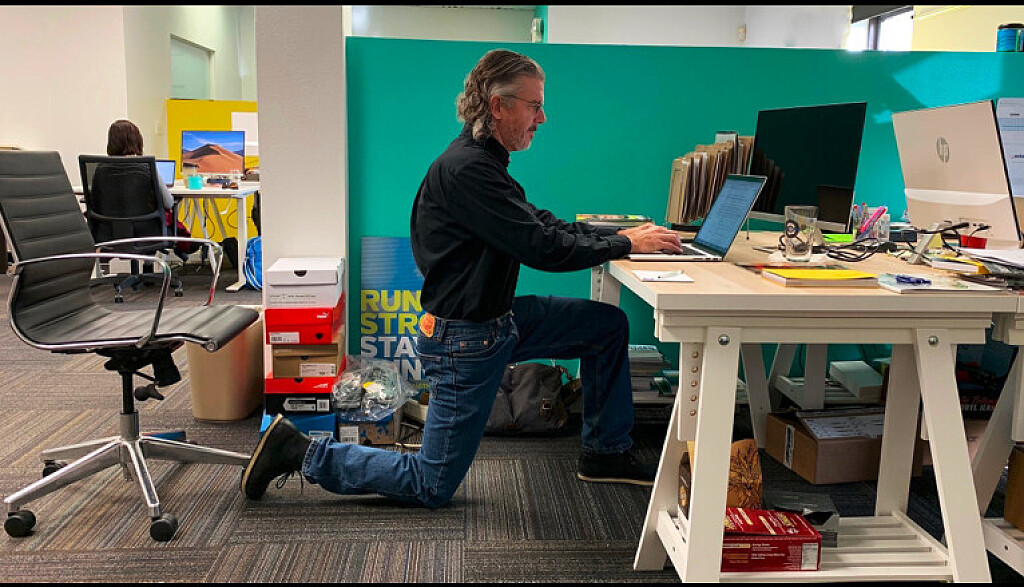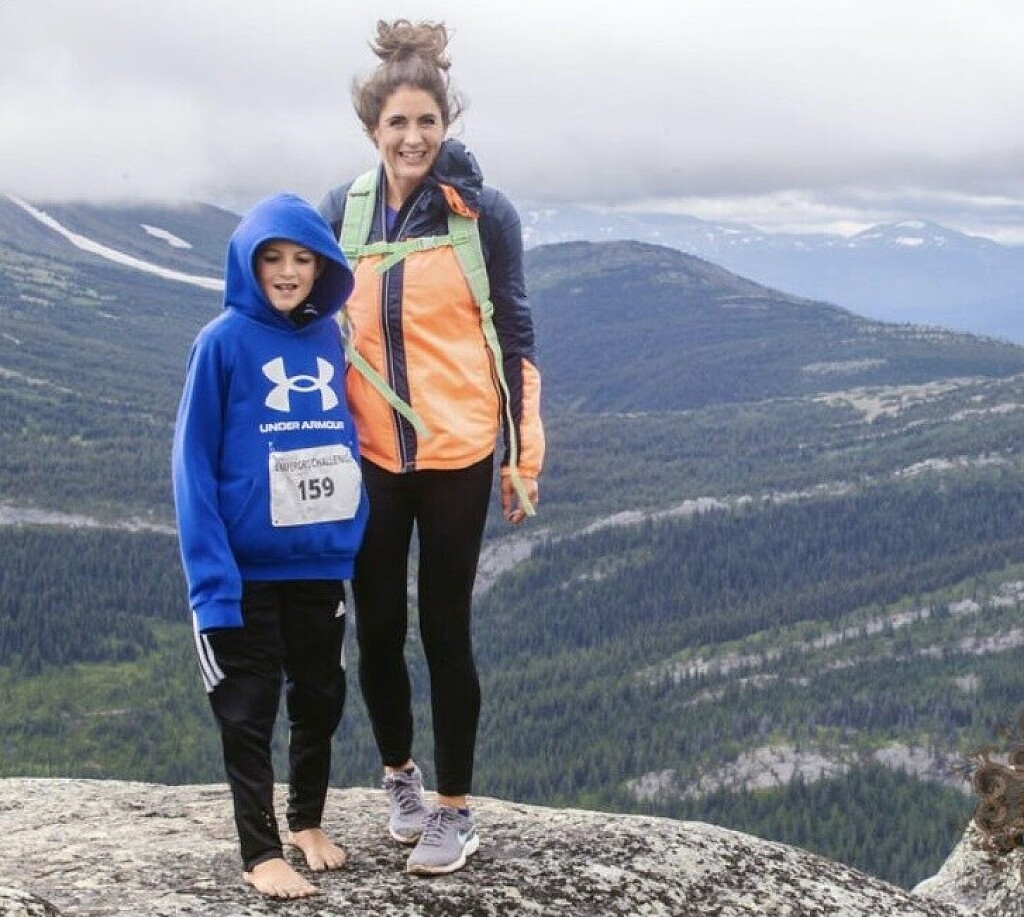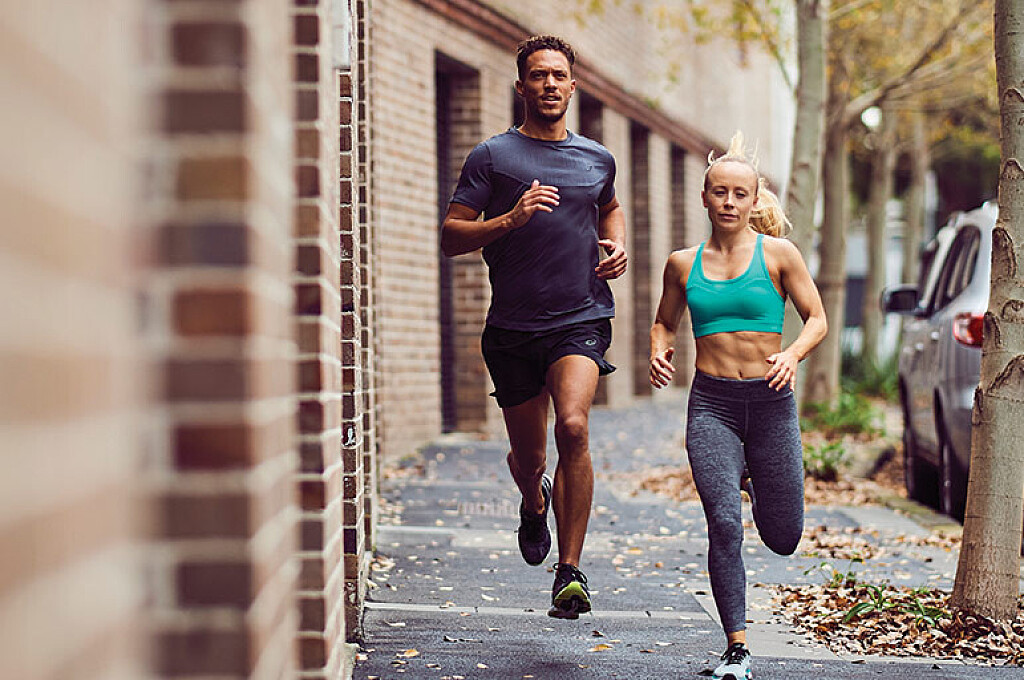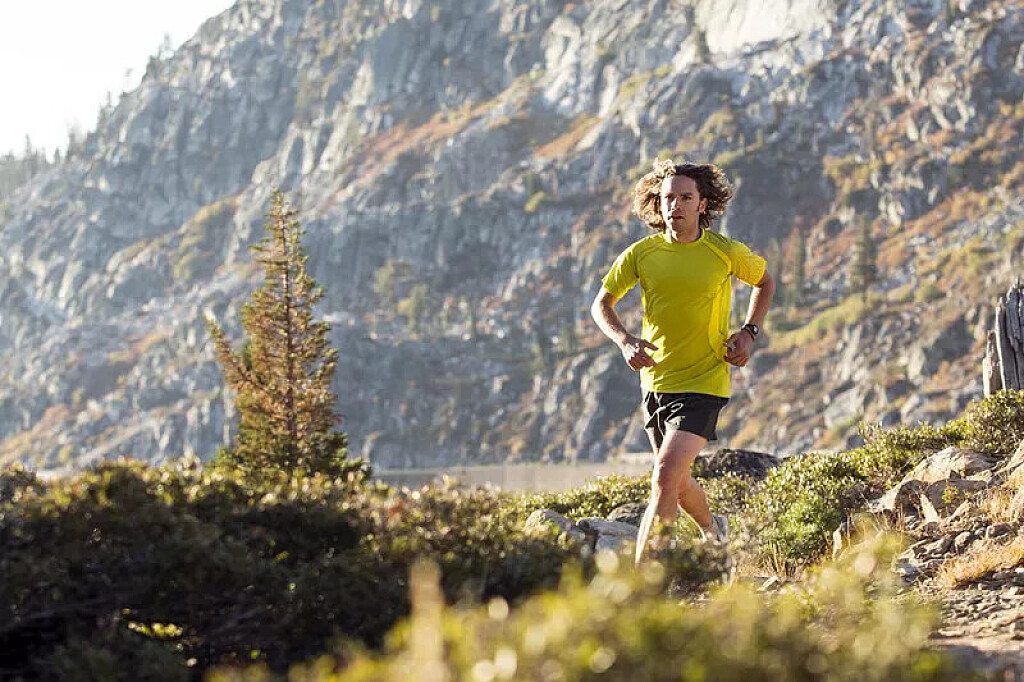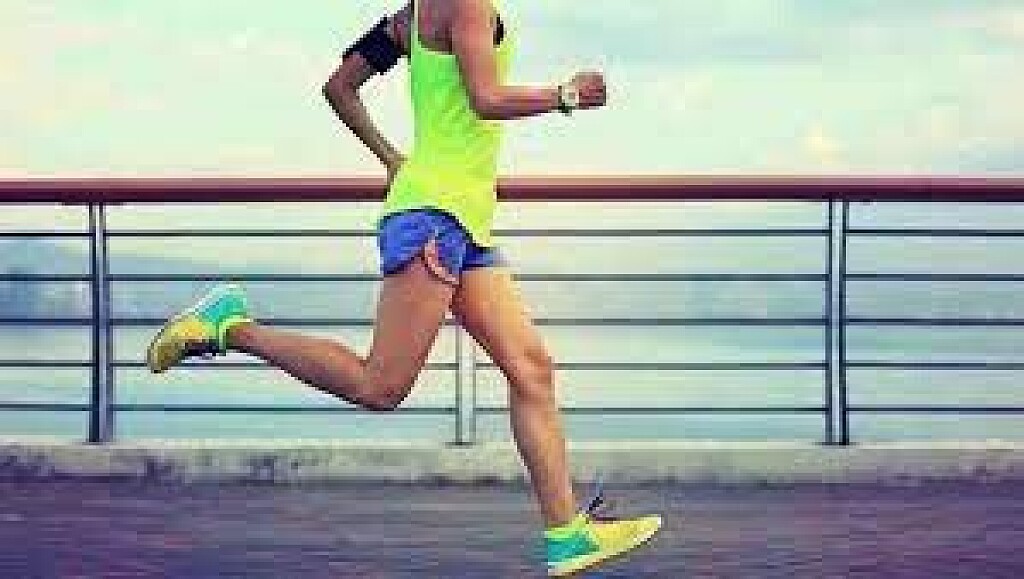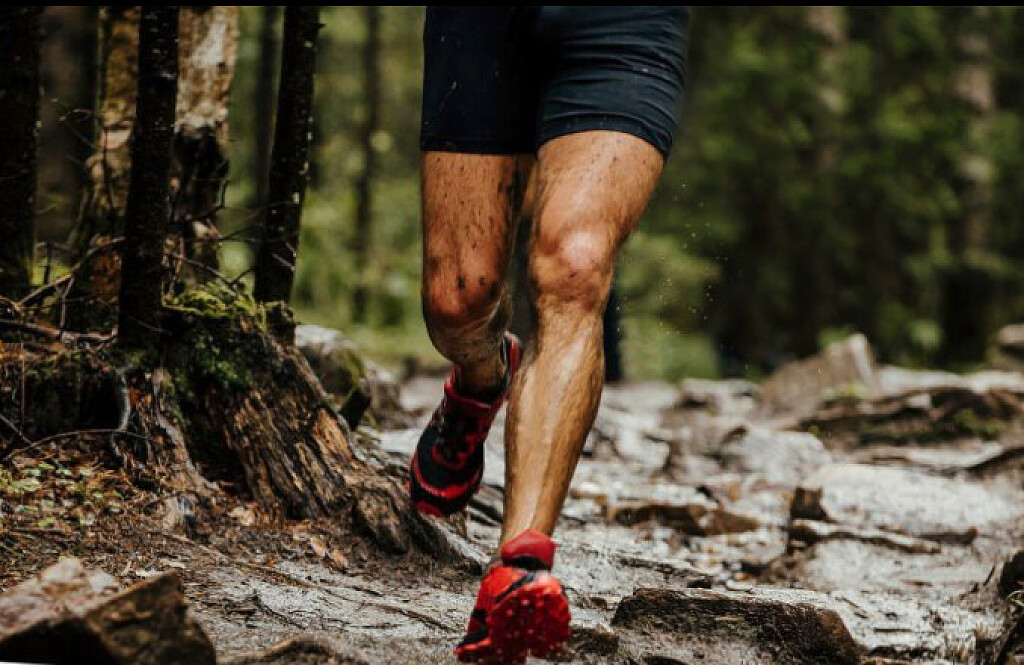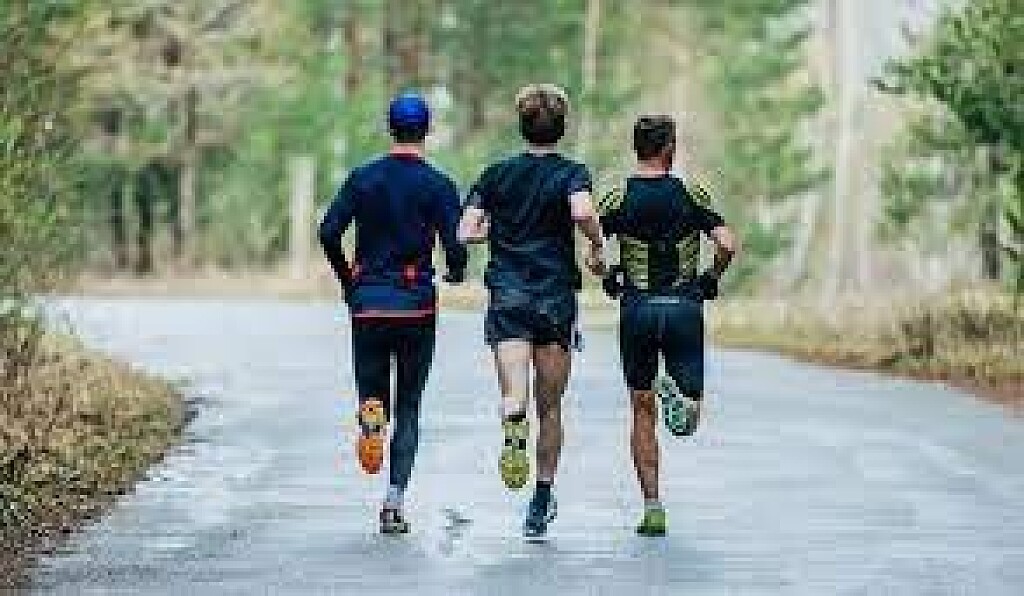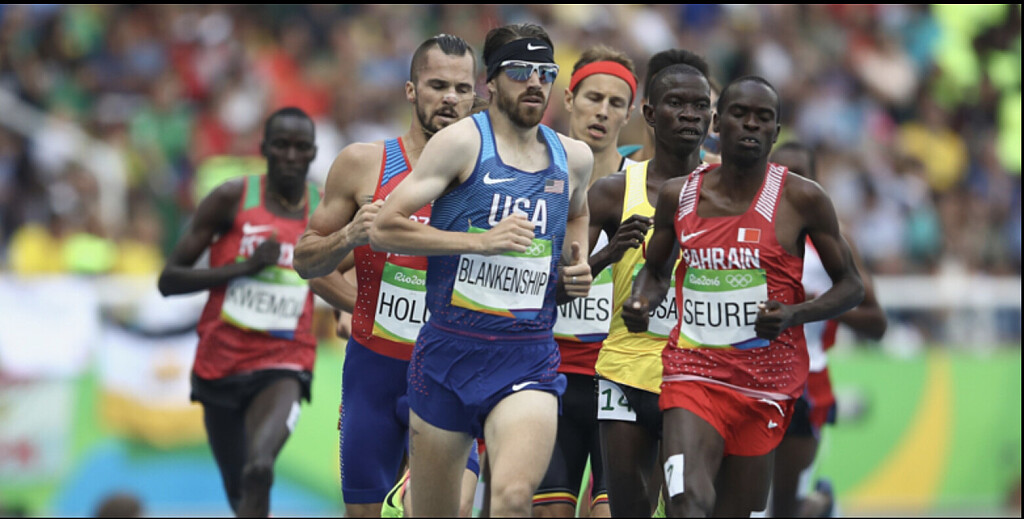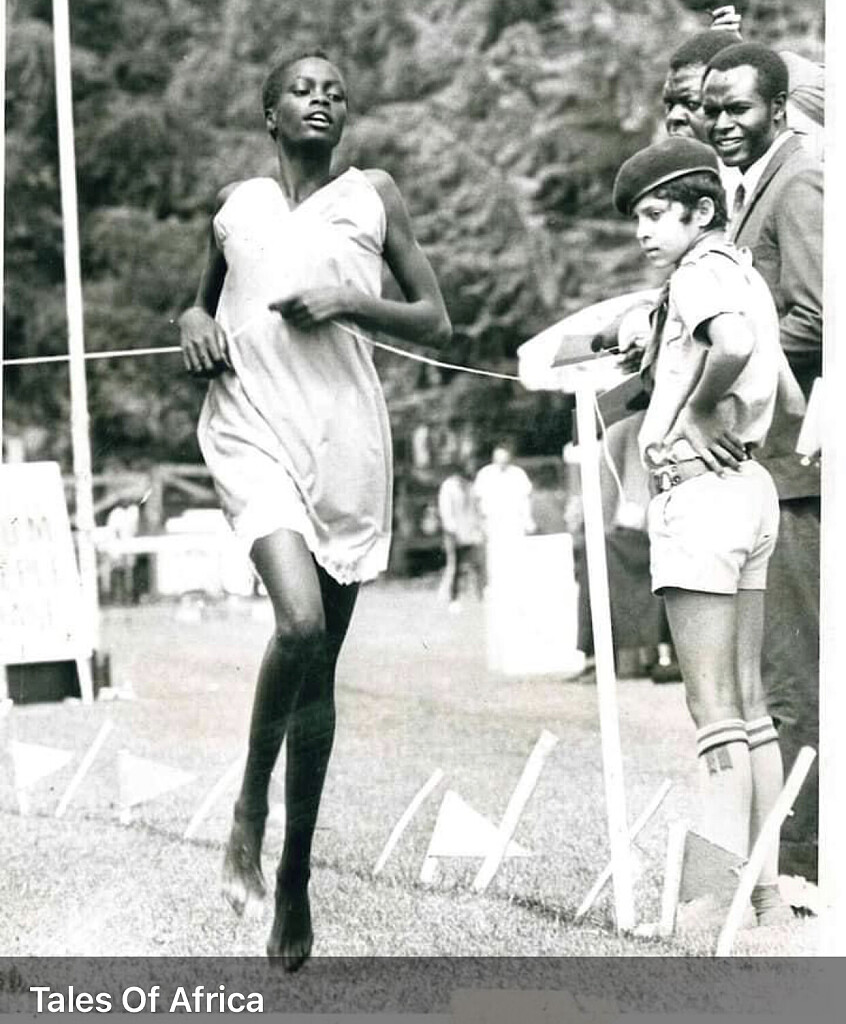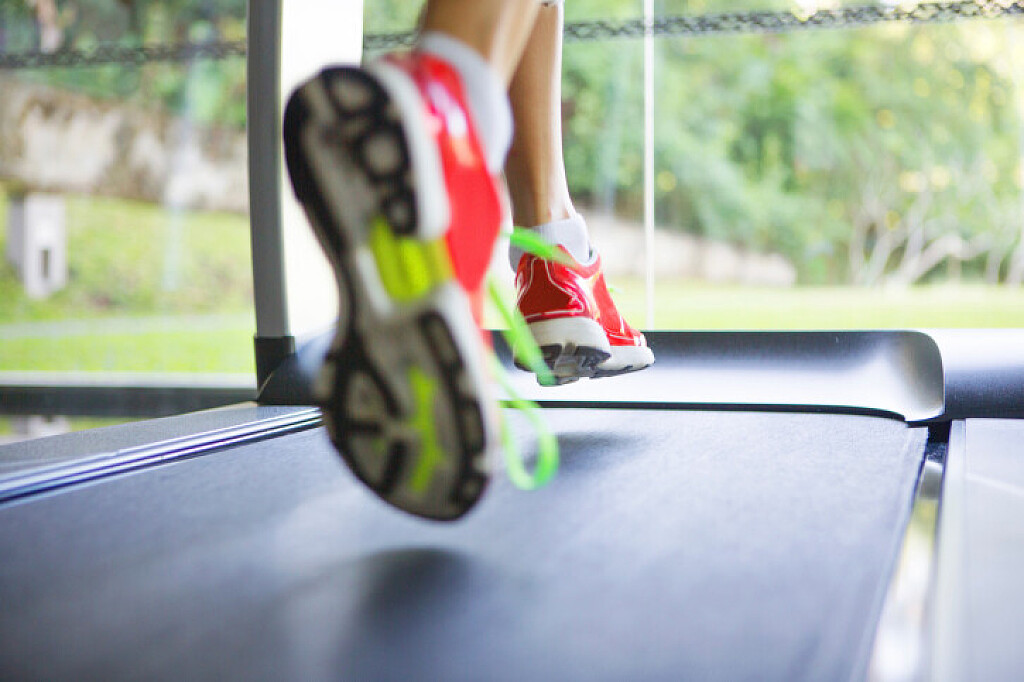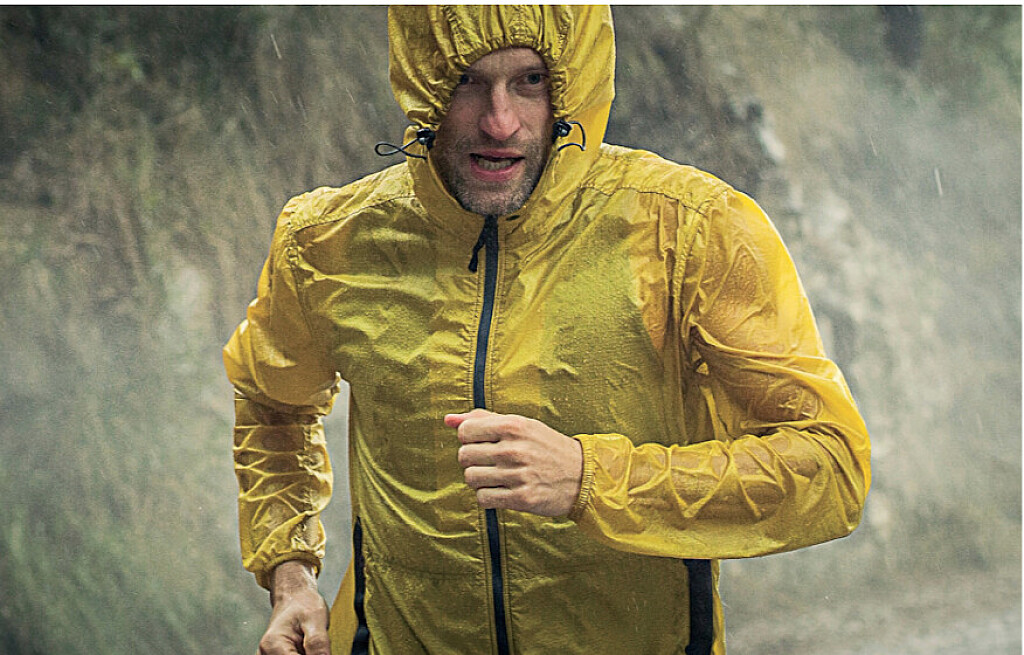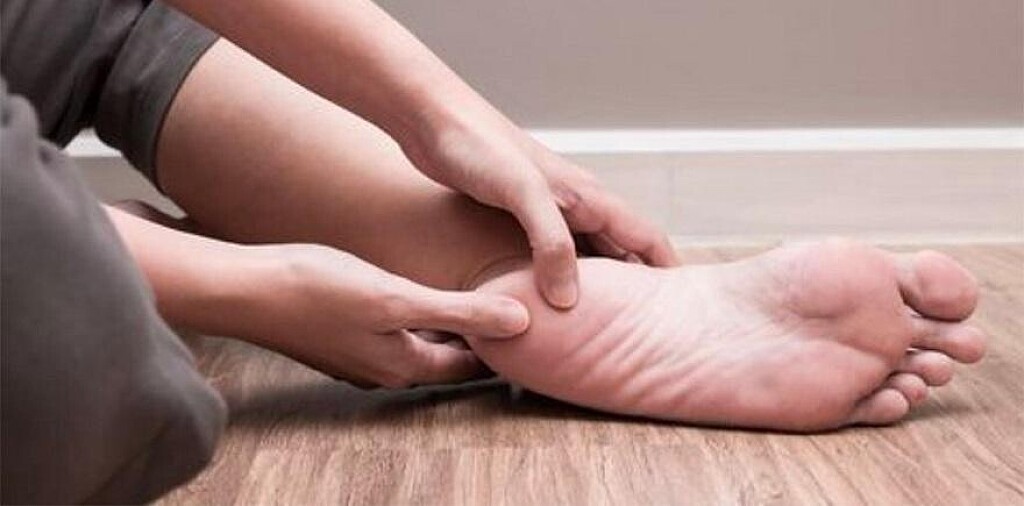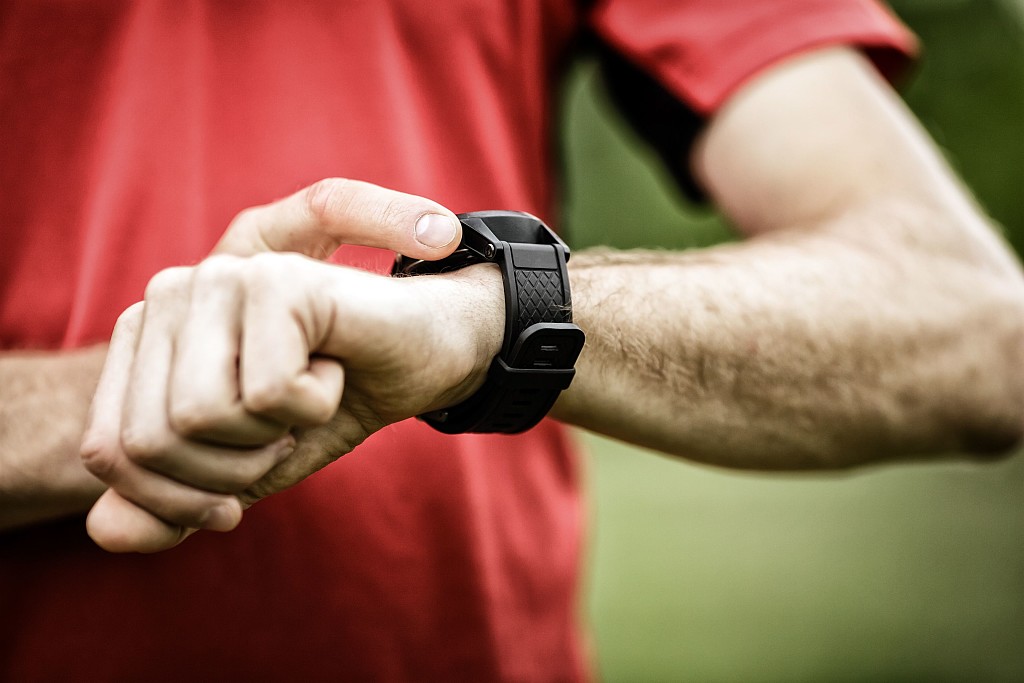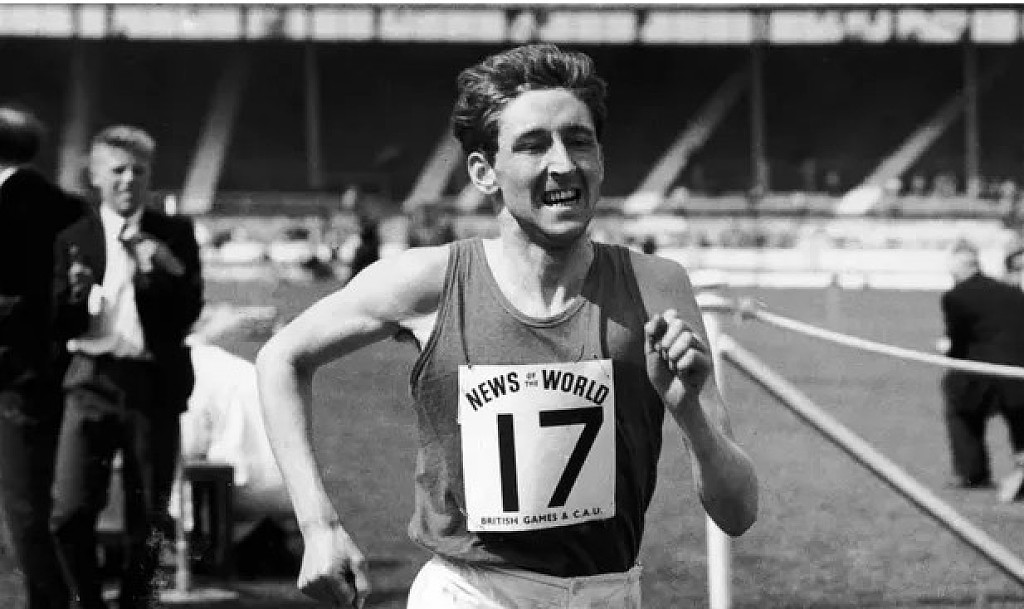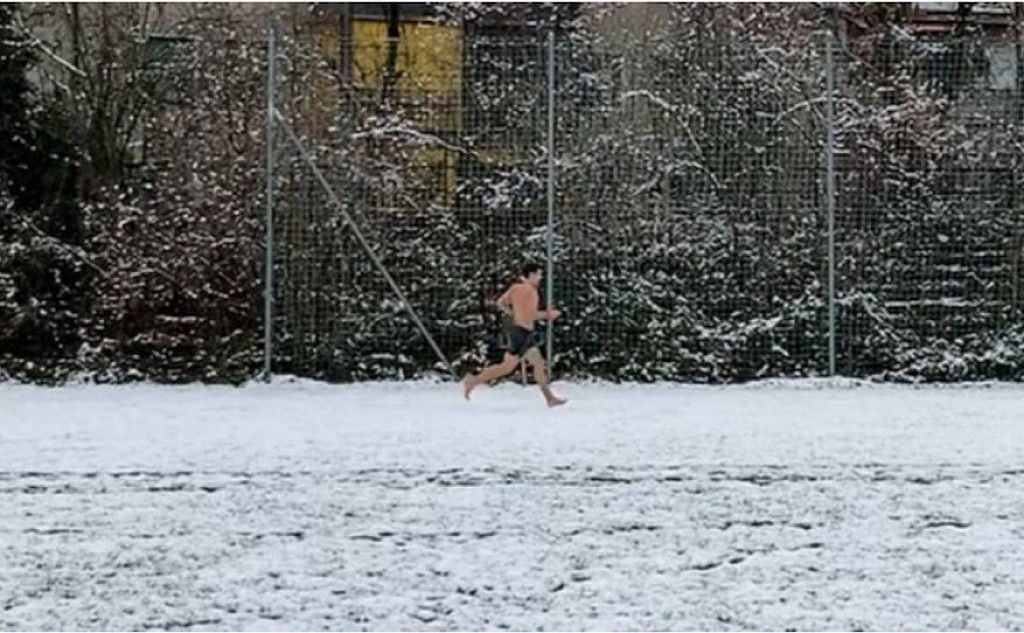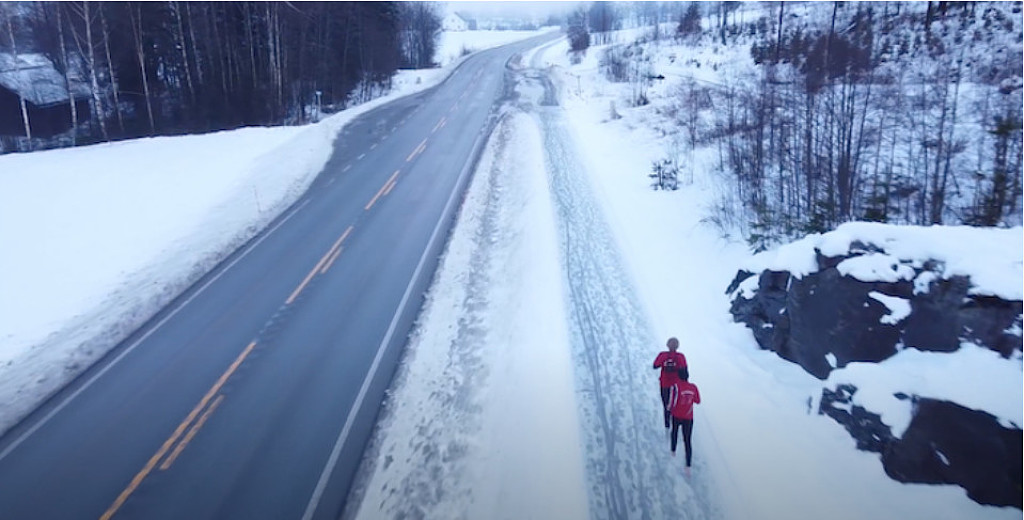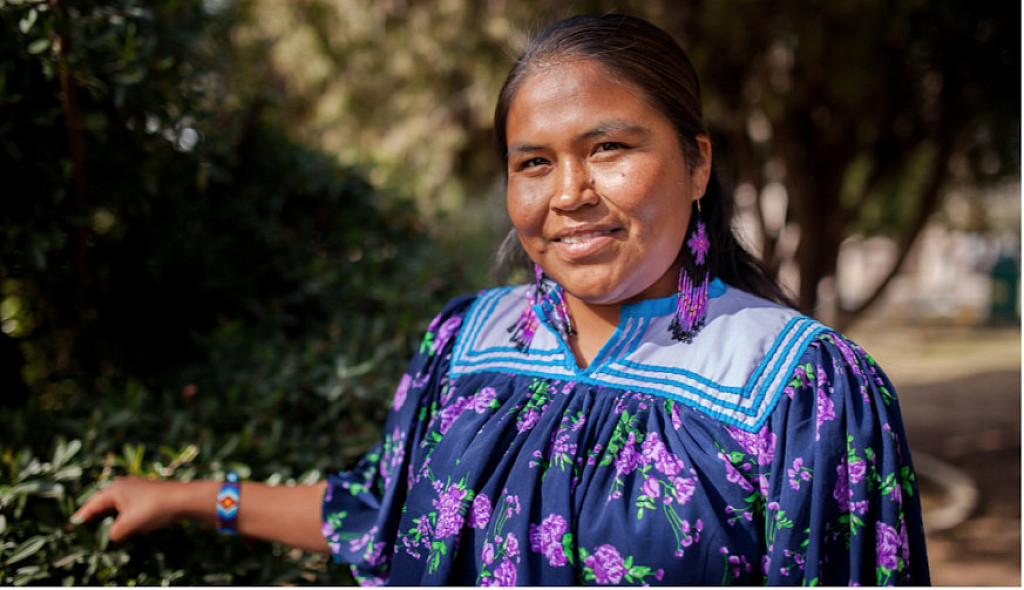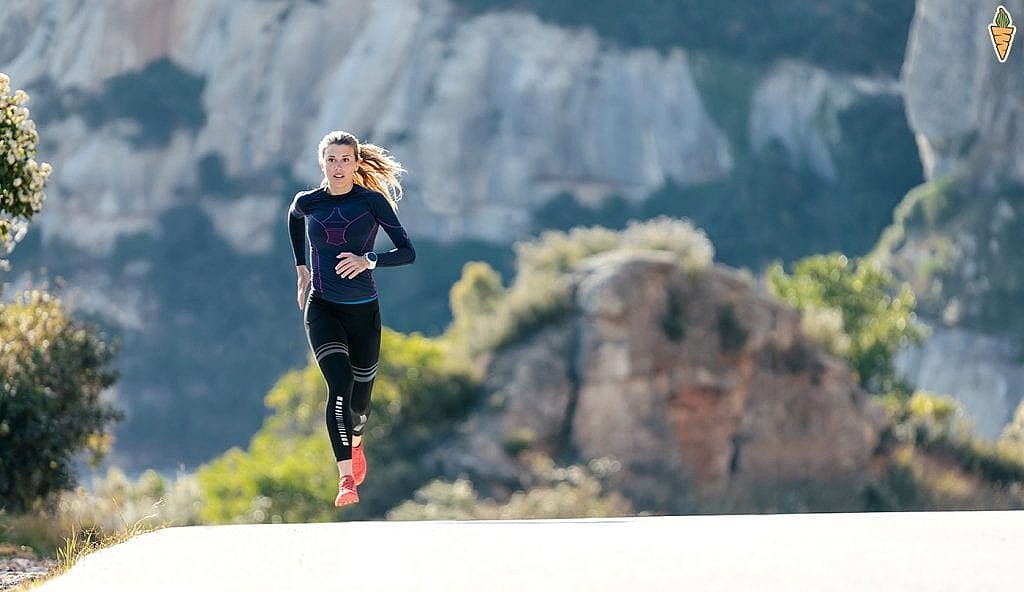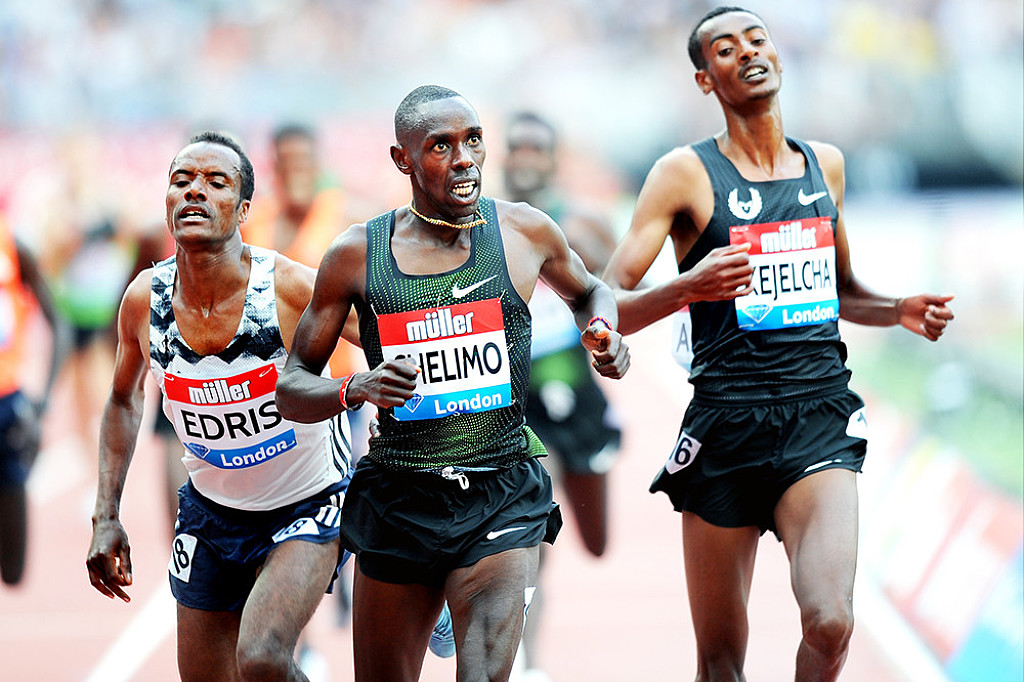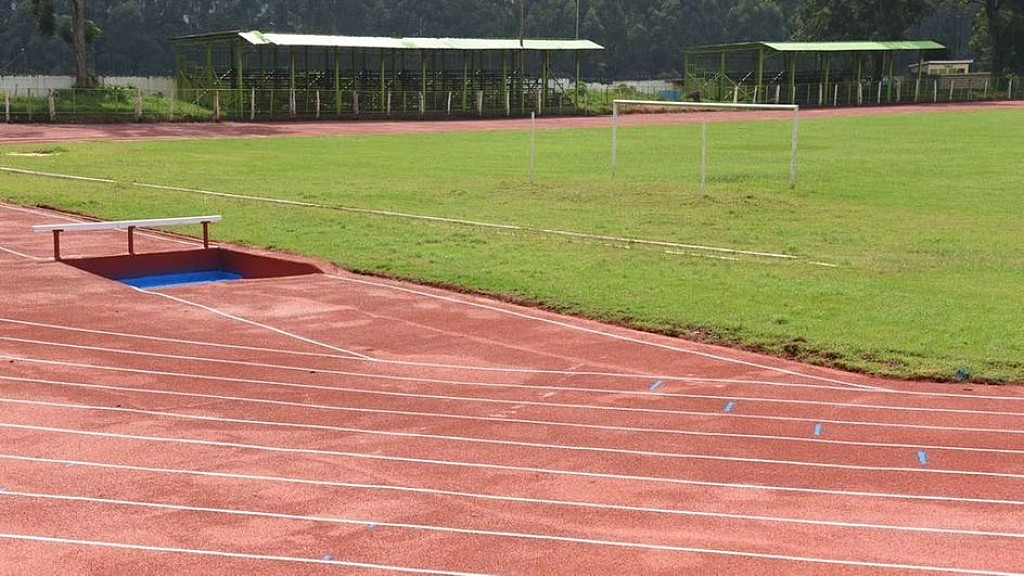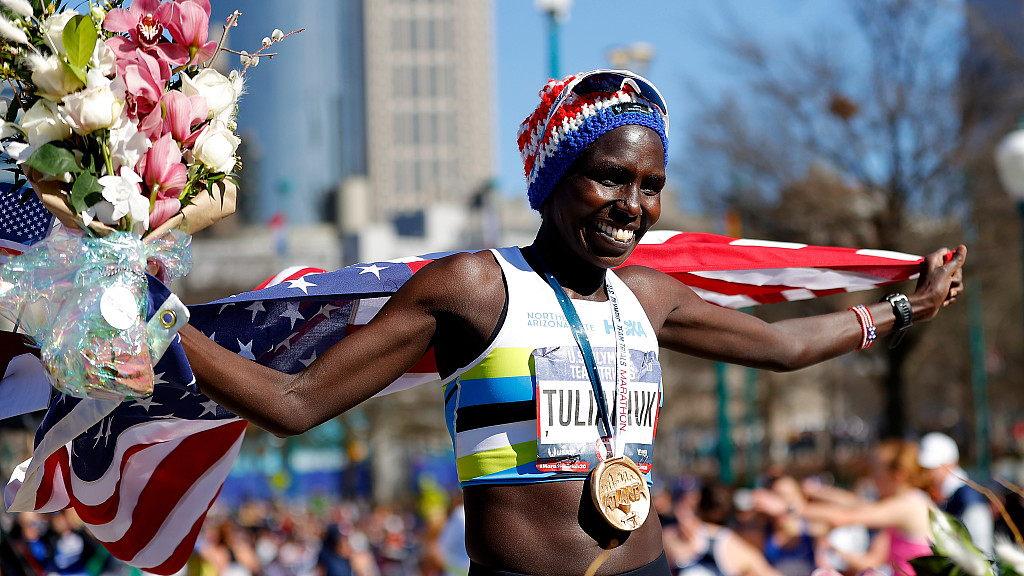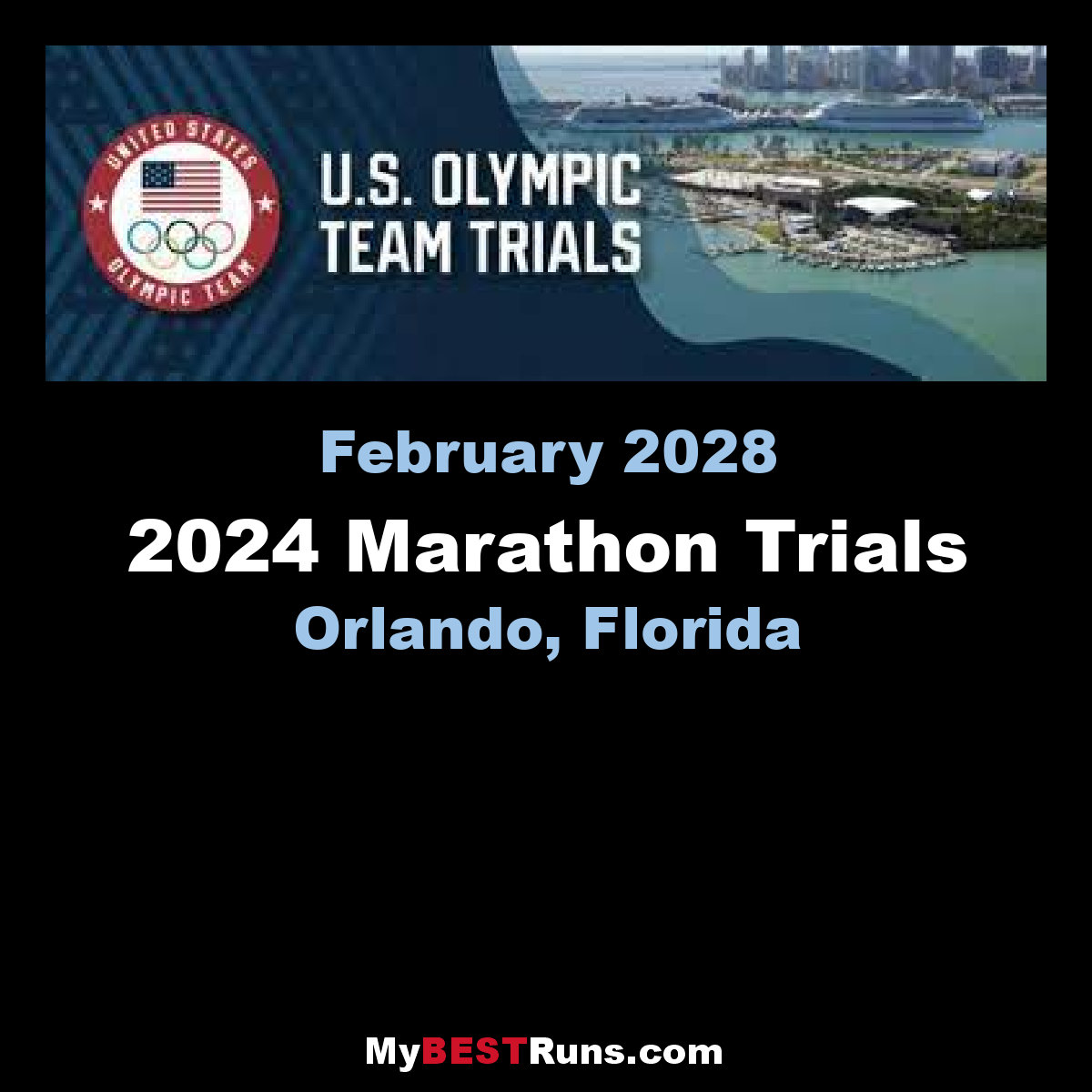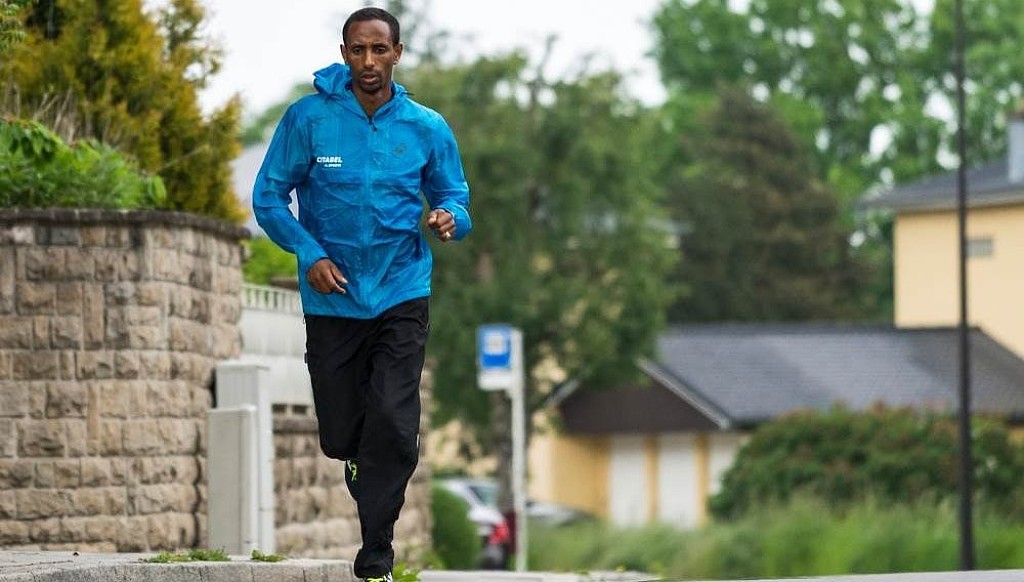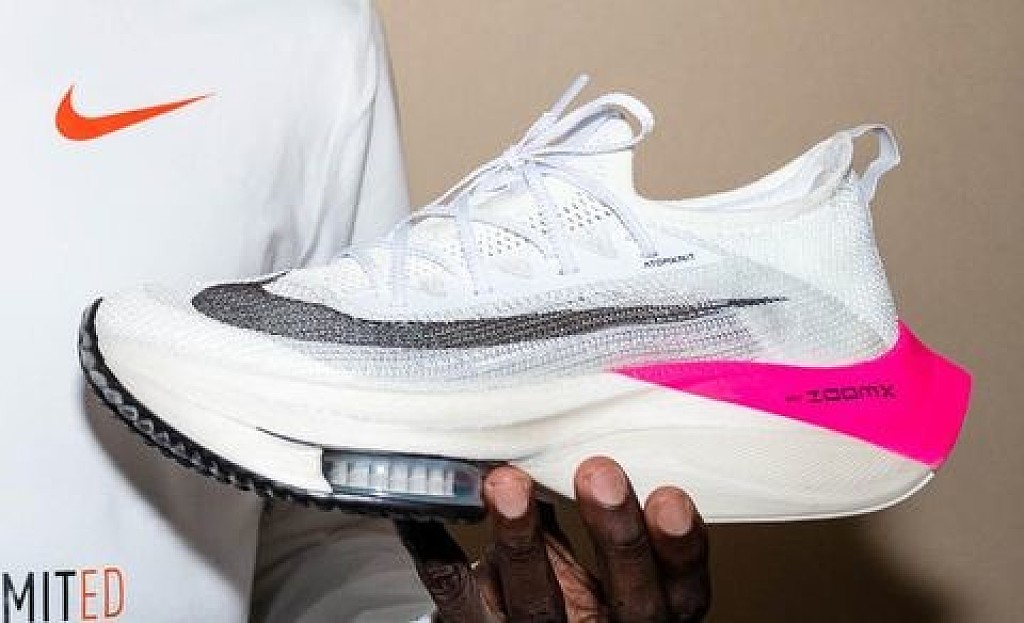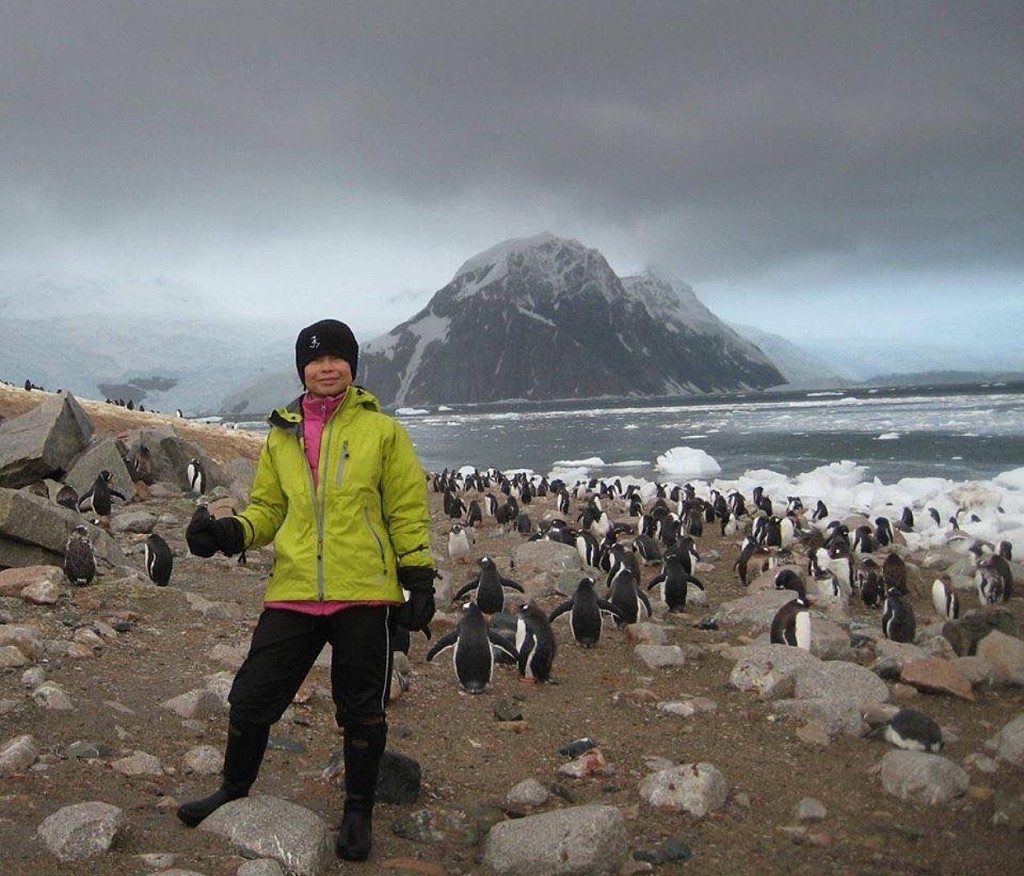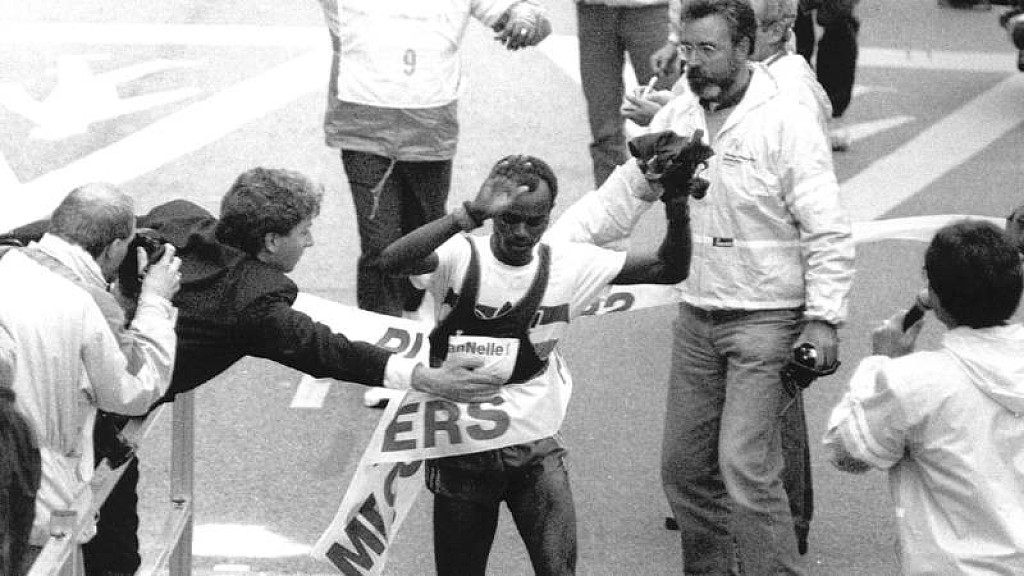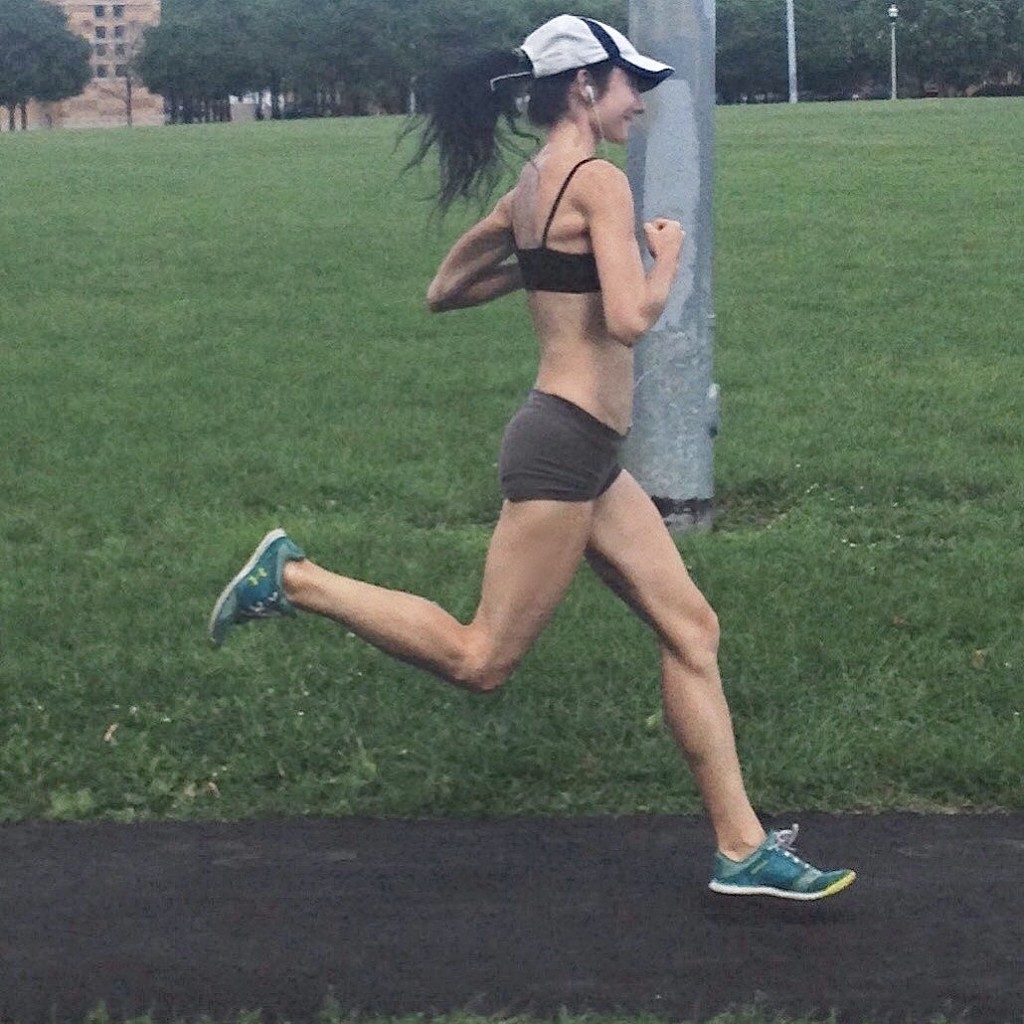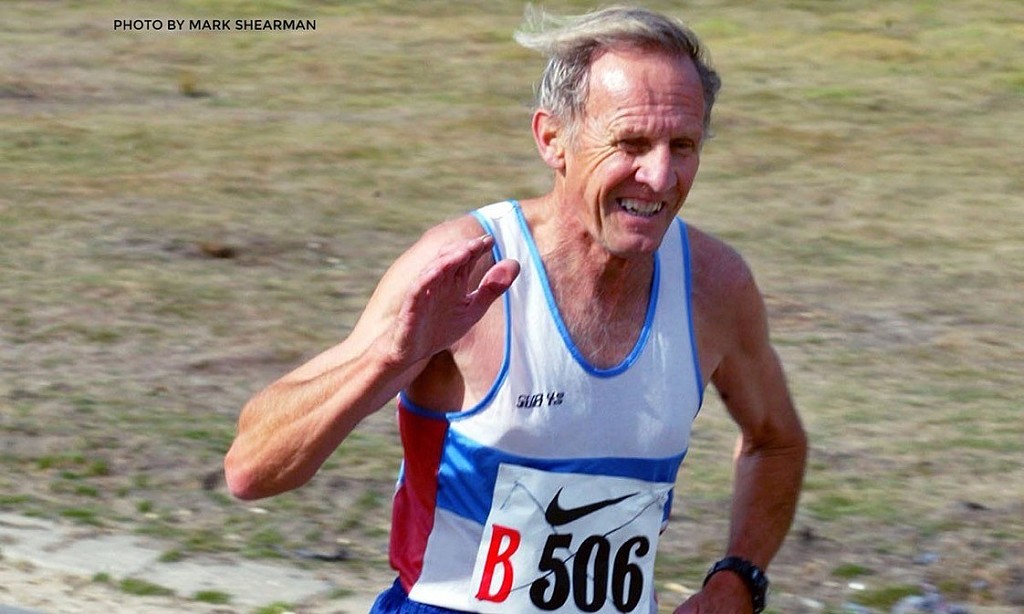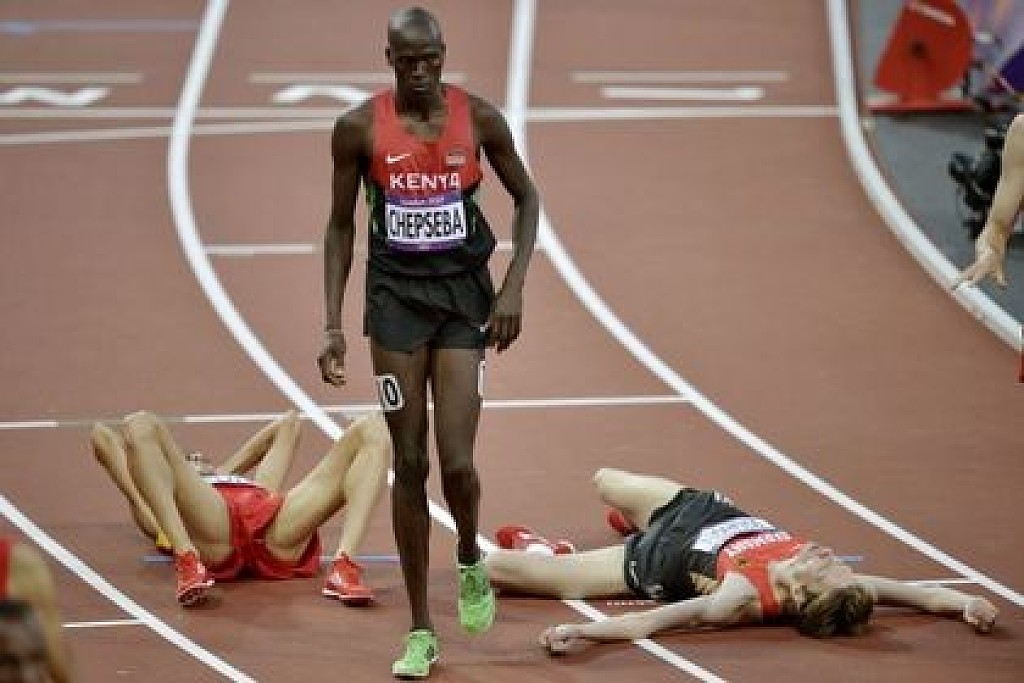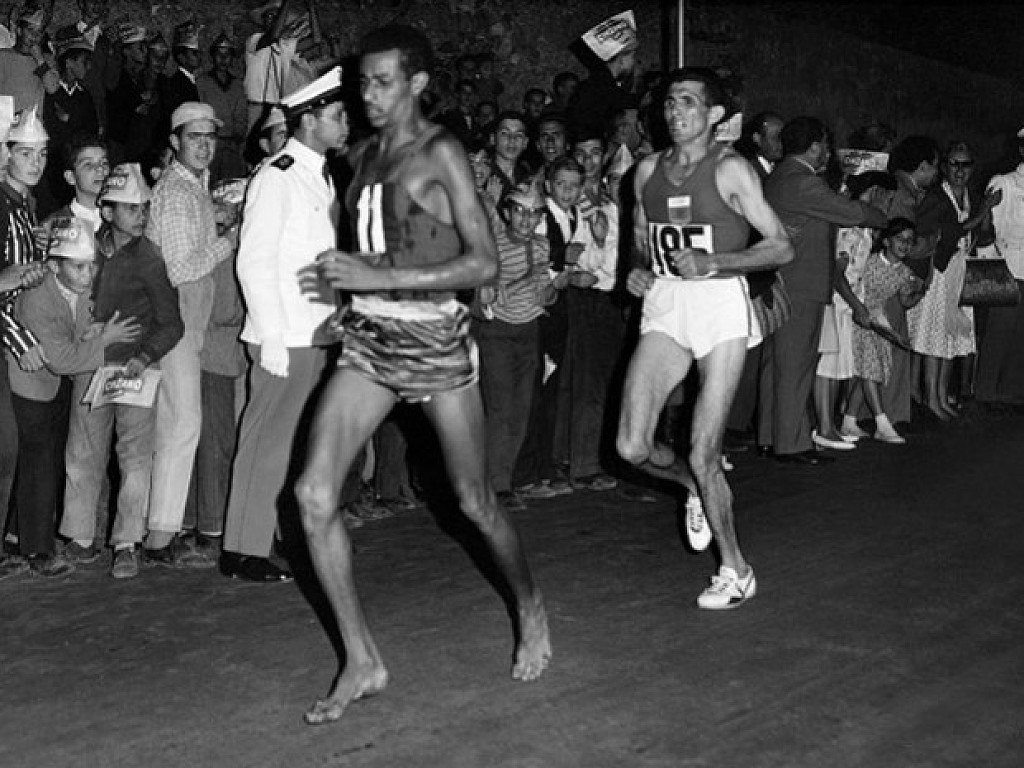Running News Daily
Running News Daily is edited by Bob Anderson in Mountain View, California USA and team in Thika Kenya, La Piedad Mexico, Bend Oregon, Chandler Arizona and Monforte da Beira Portugal. Send your news items to bob@mybestruns.com Advertising opportunities available. Over one million readers and growing. Train the Kenyan Way at KATA Running Retreat Kenya. (Kenyan Athletics Training Academy) in Thika Kenya. Opening in june 2024 KATA Running retreat Portugal. Learn more about Bob Anderson, MBR publisher and KATA director/owner, take a look at A Long Run the movie covering Bob's 50 race challenge.
Index to Daily Posts · Sign Up For Updates · Run The World Feed
Articles tagged #barefoot
Today's Running News
Man Breaks World Record For Fastest Barefoot Half Marathon Run On Ice
Josef Šálek of Czechia ran 1:50:42 in freezing temperatures, wearing nothing but a pair of shorts.
Josef Šálek is the proud new Guinness World Record holder for the fastest half marathon completed barefoot on ice/snow, a feat he accomplished in 1:50:42 clad in nothing but a pair of short tights and an ecstatic grin. The Czech therapist, lecturer, and personal development coach bested the previous record of 2:16:34 set by Dutch runner Wim ‘The Iceman’ Hof in 2007.
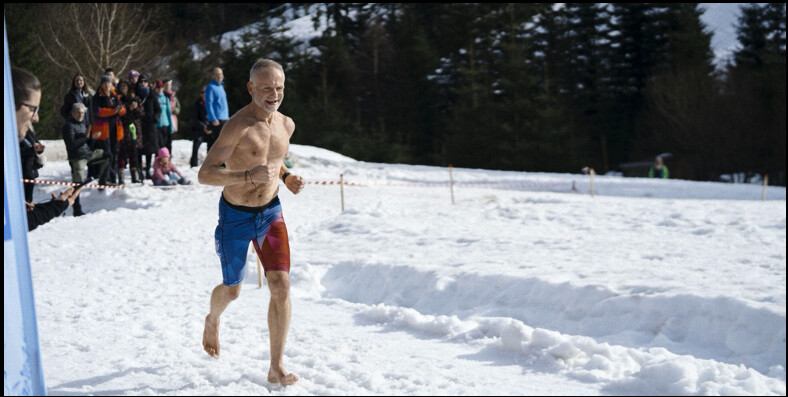
It’s not his first world record either. In 2023, the fitness enthusiast proved his extreme abdominal strength by holding a plank for 9 hours, 38 minutes, and 47 seconds, besting the previous record by more than eight minutes.
The new record for the fastest barefoot half marathon on ice was set on an open circuit in a valley near the highest mountain in Czechia (previously referred to as the Czech Republic), measured by a professional surveyor.
Technically, Šálek’s preparation for the record began back in 2013, before he even became a runner. He started hosting workshops where he would walk barefoot over hot coals and glass shards. “I needed to show people how to manage their fears and lack of self-confidence in practice,” he wrote on his website.
Then in 2017, after going through a breakup and struggling with unhealthy eating and alcohol and cigarette use, he decided to try running. It provided a distraction from his heartbreak.
“My communication with my body developed strongly,” he wrote, “and after only a few months I had the need to run barefoot and half-body. Since then, I regularly run several tens of kilometers or marathons year-round barefoot.”
In the two weeks leading up to his official record attempt, Šálek submerged his feet in a tub of ice everyday. The night before, the course froze over and it appeared that it wouldn’t be possible for Šálek to run that day after all, but after volunteers raked the ground, the athlete was able to embark on his mission to embrace the pain cave.
On the course, Šálek zigzagged and adapted his running pattern to keep from slipping on the ice. It was by no means easy—picture running an 8:27/mi average pace over sharp, slick ice whilst barefoot and scantily clad—but thanks to his training and mental fortitude, Šálek conquered his goal, and made it to the finish line with a broad smile on his face. The Guinness World Records official adjudicator, Pravin Patel, was on site to announce Šálek’s successful attempt and to hand him his certificate.
After his abdominal plank world record, Šálek told an interviewer, “I knew that in my case it’s not about demanding physical training, but rather about mastering the process… about my mindset.” One of the mental techniques he practiced was acceptance; he embraced the difficulty of the exercise. Making peace with the physical discomfort probably went a long way in helping him towards his new superlative on the ice as well.
(03/23/2024) Views: 163 ⚡AMPby Runner's World
I will inspire many girls after Paris Olympics – Kipyegon
Two-time Olympic 1500m gold medalist Faith Kipyegon is motivated and ready to write more history and break records in the Paris Olympic Games this year.
The 29-year-old who already has four world titles in 1500m and 5000m to her name, is also keen to enjoy the quadrennial championship and motivate the young girls from the continent and the world at large.
“I’m looking forward to Paris 2024, to step on that track and see what will happen,” Kipyegon said.

“That’s what we are looking for – to get to the Olympics, get to the track and just enjoy it and see what will come out.”
In 2023, as well as winning 1500m and 5000m gold medals at the World Athletics Championships in Budapest, Kipyegon broke three world records, in the 1500m, mile and 5000m.
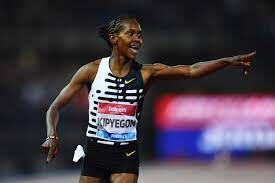
It’s performances like these that she knows will further inspire the next generation, which is another of her aims in 2024.
“Outside of track, and after the Olympics, I think I will motivate and inspire many, especially young girls in my country and Africa and all over the world,” she says. “That is my motivation.
“I want to see them express their talent, follow my footsteps, and I want them to see good role models.”
Kipyegon has never been short of motivation.
Her international career began back at the World Cross Country Championships in Bydgoszcz in 2010.
Running barefoot in the freezing conditions, the then 16-year-old finished fourth in the U20 race.
The following year she got gold in Punta Umbria, before winning that year’s world U18 1500m title in Lille – her first global gold medal in the discipline.
World U20 gold followed in Barcelona in 2012, before senior world titles in London in 2017 and Oregon in 2022, plus Olympic gold medals in Rio and Tokyo.
(01/15/2024) Views: 221 ⚡AMPby Evans Ousuru
Paris 2024 Olympic Games
For this historic event, the City of Light is thinking big! Visitors will be able to watch events at top sporting venues in Paris and the Paris region, as well as at emblematic monuments in the capital visited by several millions of tourists each year. The promise of exceptional moments to experience in an exceptional setting! A great way to...
more...Five reasons to run on grass this fall
For many runners, fall is cross-country season – a time to ditch the track and sidewalks and start logging miles on grassy fields and parks. Even if you’re a dedicated road runner with no cross-country races on the calendar, it might be time to give your sneakers a change of scenery by hitting the grass. Transitioning from asphalt to grassy trails or fields can offer a refreshing change and numerous benefits for your running experience. (Note, you don’t have to run barefoot to benefit from the change.)
1.- Reduced impact on your body
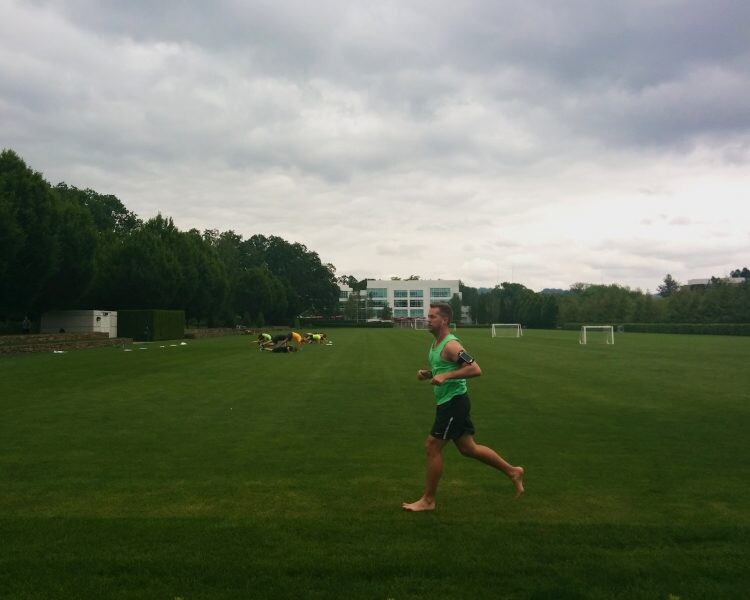
If you’ve been struggling with aches and pains, the grass might offer some relief. One of the primary advantages of running on grass is the softer surface. Grass provides a more forgiving terrain than concrete or asphalt, which can be beneficial for those prone to shin splints, joint pain or runners who are recovering from other injuries.
2.- Improved strength and stability
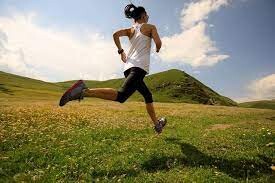
Running on uneven surfaces like grass engages stabilizing muscles that are often underused on flat roads. This helps improve balance and overall strength, which can enhance your running performance and prevent injuries.
3.- Mental refreshment
The natural surroundings of grassy trails or parks provide a mental escape from the hustle and bustle of city streets. The serene environment can reduce stress and make your runs more enjoyable.
4.- An alternative to trails
Trail running is a great way to connect with nature and change up your usual running routine, but if there aren’t any trails in your area, a grassy field or park makes an excellent alternative. You get many of the same benefits of running on trails, but as a bonus, you’re less likely to get lost. For runners who don’t feel safe running alone on trails, public parks also offer a place to run on softer terrain that is more out in the open and therefore safer.
5.- Better air quality
Grass environments typically have cleaner air than busy roads, reducing your exposure to harmful pollutants, which can improve your overall health and make your runs more enjoyable.
Road running undoubtedly has its merits, and if you’re training for a road race it is important to log at least some of your miles on the roads–just don’t underestimate the benefits of transitioning to grass. Whether you’re looking to reduce impact or simply enjoy the beauty of nature, running on grass is a great way to inject some variety into your running routine. So, lace up those shoes, find a nearby grassy field or trail, and explore the green side of running.
(09/25/2023) Views: 337 ⚡AMPby Brittany Hambleton
Foot strength exercises for speed and stability
Your feet may take a serious pounding when you run, but chances are you (like most runners) neglect foot mobility and care. Spending a few minutes on these stability-builders (do them while you’re watching TV!) will be a game-changer–you’ll have a stronger foundation and prevent future injuries.
If you’ve never done foot mobility or strength before, ease into these exercises and increase or decrease repeats as needed. Incorporate them into your warm up or cool down routine a few times a week, or try a few anytime you’re relaxing on the couch.
Toe curls
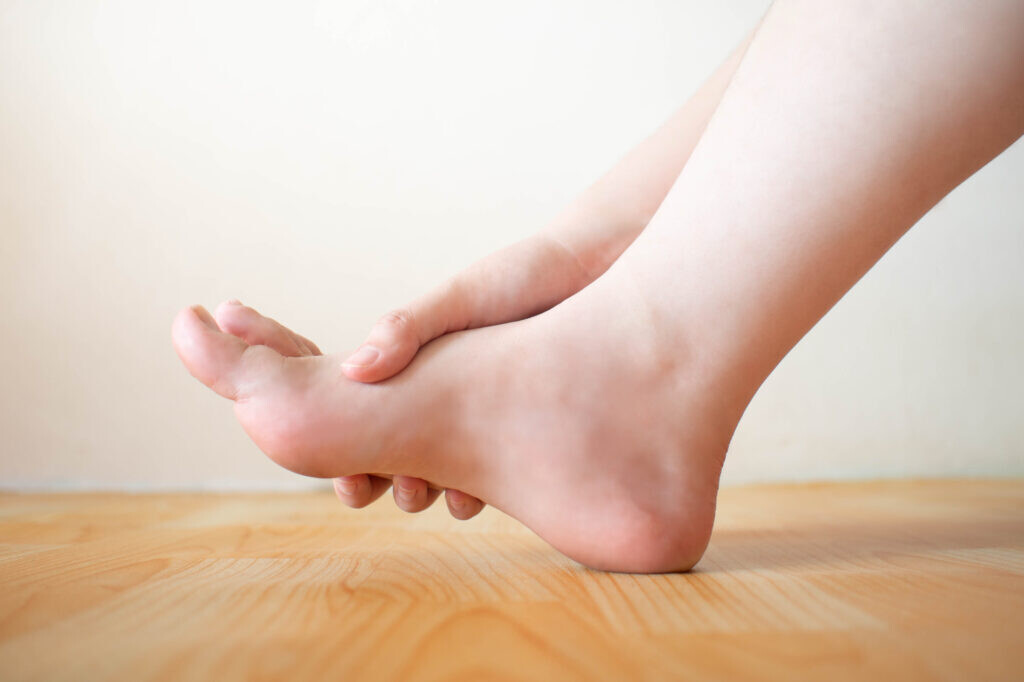
Toe curls strengthen the intrinsic muscles of the feet, essential for maintaining arch support and proper foot mechanics during running.
Sit on a chair with your feet flat on the floor. Curl your toes inward as if you’re grabbing the floor, then release. Do three sets of 15–20 repetitions for each foot.
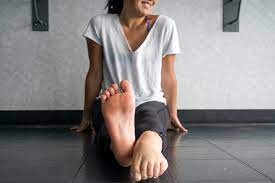
Single-leg balance
Single-leg balance exercises enhance ankle stability and proprioception (your ability to sense where the ground is), essential for maintaining proper form and preventing ankle-related injuries.
Stand in bare feet with hands on the back of a chair or wall for stability, if needed. Rise up onto the ball of one foot, hovering the other foot above the ground if possible (leave your toes touching if you need to, and work up to lifting the leg). Hold for 30 seconds to one minute, and switch to the other leg. Repeat for three sets, build up to five.
Toe spreading
Toe spreading helps improve toe mobility and strengthens the muscles responsible for toe alignment, which can enhance stability during the push-off while running.
Sit or stand with your feet flat on the ground. Spread your toes as wide as possible, then bring them back to a neutral position. Repeat for three sets of 15–20 repetitions.
Towel scrunches
Towel scrunches strengthen the muscles in your toes and on the bottom of your feet, and contribute to better foot stability and proprioception.
Place a small towel on the floor. Stand barefoot, and use your toes to scrunch up the towel toward you. Release and repeat for three sets of 15–20 repetitions.
(07/28/2023) Views: 427 ⚡AMPby Keeley Milne
Unexpected ways bib pins can hold your race together
Safety pins might just be the most overlooked, but essential, bit of running gear on race day. Woefully neglected—I can’t count the number of times I’ve slapped myself on the forehead with an “I forgot pins!” on my way home from a race expo—bib pins do the heavy lifting for our paper-mounted timing chips as well as helping draw the line between the rule-abiding runner and the unbibbed “bandit.”
For trail runners, these sharp and shiny unsung heroes are particularly precious, as I was reminded last weekend during my attempt at running 100 miles at the Sulphur Springs Trail Race in Ancaster, Ont. I only made it 100 km, but my race would have ended much sooner had I not used my bib pins in unintended ways when things started to fall apart. Here are a few ways bib pins have come to my rescue that may be helpful to keep in mind when you have to MacGyver your way out of trouble on the trails.
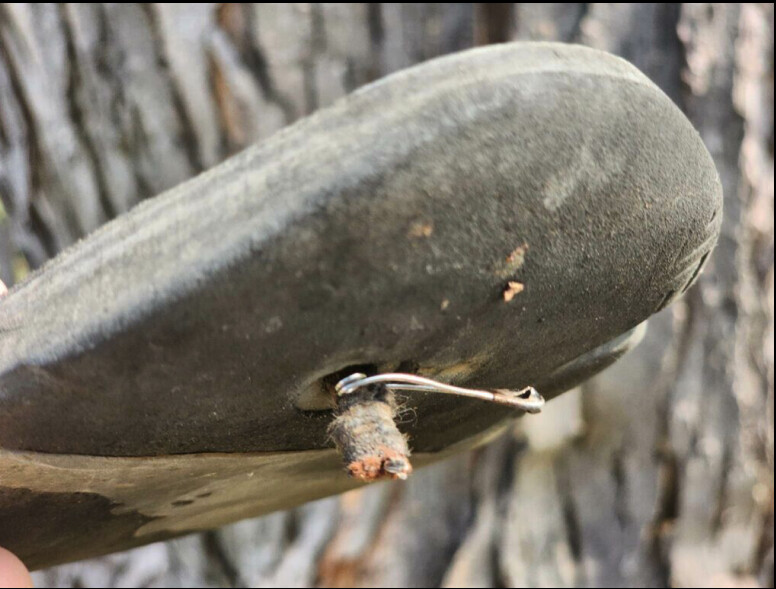
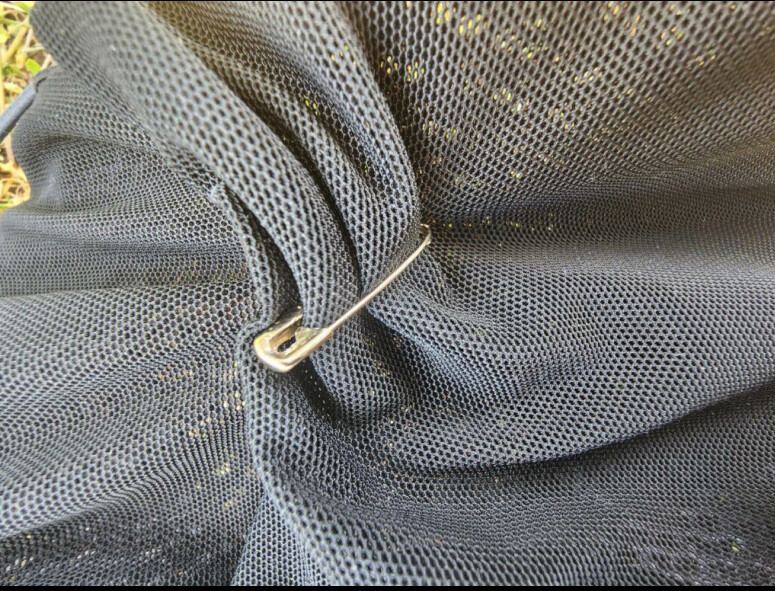
Emergency repairs
For my third 20-km loop at Sulphur Springs, I switched from shoes to sandals, as my feet have a tendency to puff up like bread in the oven. Seven kilometres into the loop, the whatchamacallit that kept the straps of my left sandal connected to the sole broke off, making the sandal unwearable. I texted my wife/crew leader to meet me a bit further down the trail with my backup footwear. It was only when I saw her, after she had run 20 minutes to bring me exactly what I’d requested, that I remembered I couldn’t take the footwear from her. (Having her carry my gear is against the race rules, and would disqualify me.)
I hung my head, contemplating having to run the next 13 km barefoot, but a glimmer of light from the corner of my race bib caught my eye. Eureka! I removed the shiny bib pin, threaded my sandal strap through the hole of the sole, and fastened the safety pin to the bottom. To my surprise, the bib pin kept my sandal from unravelling for the rest of the loop. That one tiny pin took care of everything (except the apology I owe my wife for making her run all that way for nothing).
Clutch adjustments
My longest training run leading up to Sulphur Springs was 60 km. Those long runs are crucial, not just for getting your body and mind in shape, but also for testing your gear for comfort and fit. My new hydration vest passed all the quality-control tests during my training: it was snug and comfortable and its pockets gripped my water bottles firmly enough that I didn’t have to hear “squish, squish, squish” for hours on end. But on race day, at around the 75-km mark, that vest turned into an iron maiden, inflicting untold pain as it rubbed against my upper torso. I tried applying more lubricant to my chest, but it was useless, as the damage was done, and I was going through too much liquid to risk going without it. What saved the day, or at least made it bearable to continue for another 25 km, was taking two pins from my race bib and using them to cinch either side of my vest. That crucial adjustment kept my vest from rubbing against the worst hotspots.
Blister management
I haven’t had to perform an emergency blisterectomy for a while, not since I learned to throw sandals into the mix. But on my first 50-miler at Sulphur Springs some years back, my ever-swelling feet outgrew my toebox. They say you can’t make an omelette without breaking a few eggs, and sometimes the same holds true for trail runs and blisters. It’s never pretty, but using a bib pin to pop a blister can at least make continuing on your race bearable. I don’t recommend letting the pin do all the work, as it can raise the risk of infection—use a small bottle of alcohol to sterilize the pin, and bandages to keep the deflated blister tightly wrapped. This will help your feet stay as comfortable as possible.
(06/04/2023) Views: 450 ⚡AMPby Running Magazine
Faith Kipyegon smashes women’s 1500m world record in Florence
Kenyan Faith Kipyegon smashed the women’s 1500m world record, clocking 3 minutes, 49.11 seconds at a Diamond League meet in Florence, Italy, on Friday.
Kipyegon, a two-time Olympic champion and two-time world champion, took 96 hundredths of a second off Ethiopian Genzebe Dibaba‘s world record from 2015. Kipyegon began the day as the second-fastest woman in history at 3:50.37.
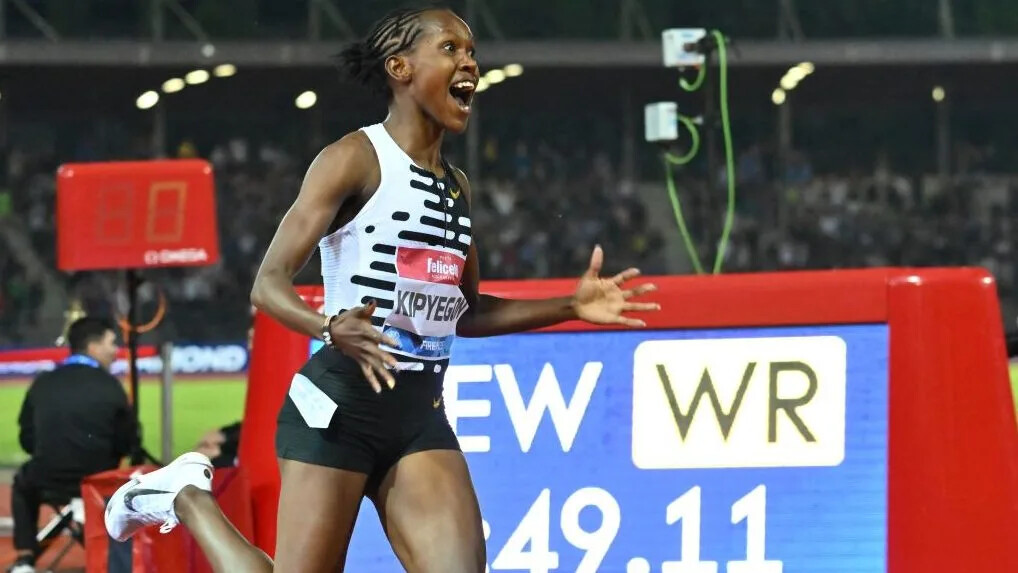
The 29-year-old was already the most decorated female miler in history, the only one with four global 1500m titles. Her Olympic gold medals in 2016 and 2021 were separated by a 22-month maternity leave from competition (that included 12 months without running).
Kipyegon was the eighth of nine children growing on a farm in the Kenyan Rift Valley. She was a soccer player at age 14 when she lined up for a one-kilometer run in PE class, according to World Athletics.
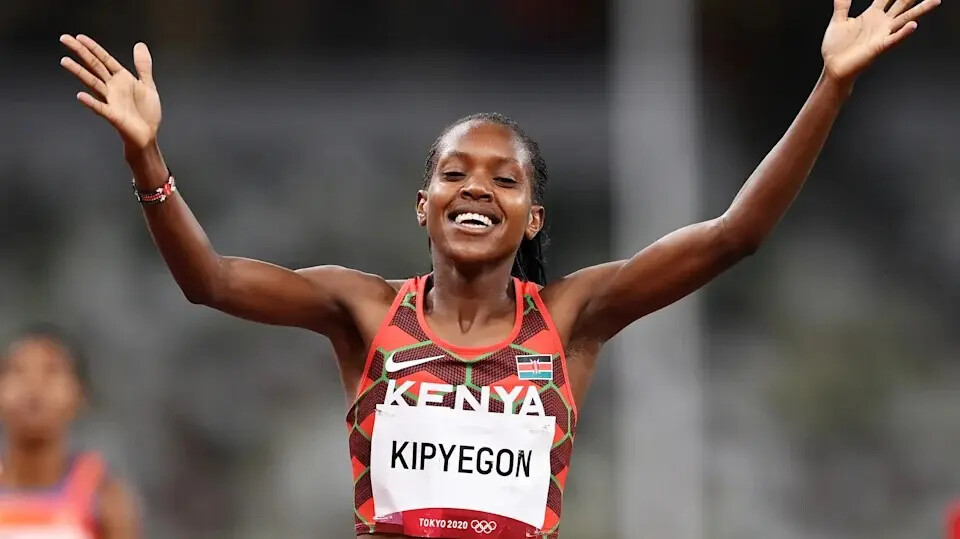
“I won that race by 20 meters,” Kipyegon said, according to World Athletics in 2016. “It is only then I knew I could run fast and be a good athlete.”
In 2010, a barefooted Kipyegon placed fourth in the world cross country championships junior race as, at age 16, the youngest finisher in the top 21. The next year, she won it. The year after that, she made her Olympic debut at age 18. By 2015, Jenny Simpson, arguably the best American miler in history, had a nickname for her: “The Sniper,” for her ability to run people down in the final lap.
She ran her last lap on Friday in under 59 seconds.
Next year, Kipyegon can become the second person to win the same individual Olympic track race three times, joining Usain Bolt. She said last year that she may shift to the 5000m after the 2024 Paris Games, according to Olympics.com.
Also in Florence, world champion Fred Kerley extended a year-plus win streak in the men’s 100m, prevailing in 9.94 seconds over Kenyan Ferdinand Omanyala (10.04) and American Trayvon Bromell (10.09).
(06/02/2023) Views: 505 ⚡AMPby Olympic Talk
Six Best Marathon Runners of all time
The marathon is one of the toughest running events. This event is set at 26.2 miles or 42.195 kilometers, as presented by the International Association of Athletic Federations (IAAF) in 1921.
It's a significantly long-distance race that most people could not complete. It takes lots of training. One of the most famous marathon is Boston coming up Monday April 17. And one of our top six will be running, Eliud Kipchoge. So here are our six marathoners as the best of all time. What are your top six?
Eliud Kipchoge
Eliud Kipchoge easily tops this list as being the GOAT (greatest of all time!) in marathon history. He's a Kenyan runner that participated in marathons and used to specialize in the 5000-meter distance. Kipchoge has already made history and set a world record last September 2018 in Berlin after he completed the distance set for the Olympic men's race with 2:01:39.
No one else was able to defeat the record for several years until Eliud Kipchoge himself broke his own record at his fifth Berlin marathon last year, September 2022 with 2:1:9. It's a 30-second gap from his initial world record, which is a significant improvement already as a runner.
Not only that but he's also been a three-time London and Berlin champion since 2015! At 38 years old, he's already achieved so much, and he's not stopping just yet. Kipchoge also informed everyone that he'll be aiming for the Paris 2024 games, so you should also wait for that and check the updates on FanDuel Sports online.
Haile Gebrselassie
Next on the list is truly one of the marathon legends who dominated the industry when he was still active. Haile Gebreselassie is an Ethiopian long-distance runner who retired last 2015 after over 20 years of long-distance running. He's been active from the late 90s to the early 2000s, and a few of his astonishing achievements include consecutively winning the Berlin Marathon four times and the Dubai Marathon three times.
He also has four World Championship titles (1993 Stuttgart, 1995 Gothenburg, 1997 Athens, and 1999 Seville) and two Olympic golds (1996 Atlanta and 2000 Sydney) in a 10,000-meter distance run. Although he's no longer in the running scene, his legendary achievements will live long.
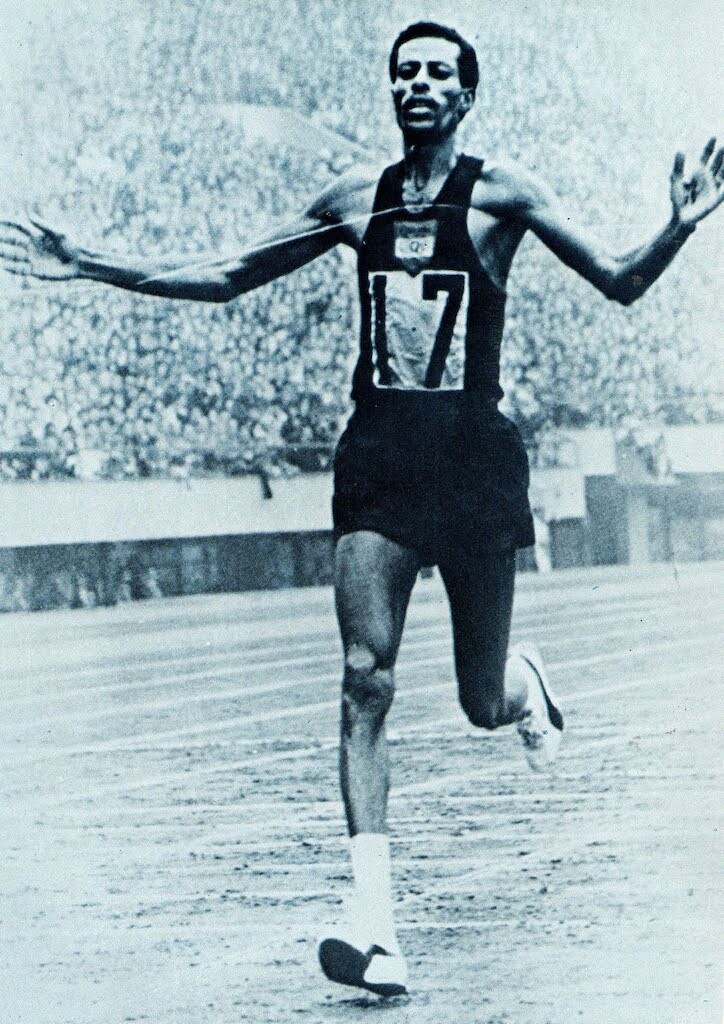
Abebe Bikila
If you're a huge fan of marathon events, you should already know about Abebe Bikila by now. He's a pioneer marathon runner that made significant feats in the history of the marathon. To start, he's the only athlete who ran barefoot during the Rome 1960 Olympics. He faced the cobblestones head-on, won a gold, and even set a world record. Bikila became the first Black African that ever topped at the Games in a 42.195km race.
Furthermore, his amazing barefoot run made it to the Guinness World Record as the fastest marathon run in bare feet at the 1960 Olympic Games with 2:15:16.2. Additionally, Abebe Bikila was also the first runner to win two Olympic marathon events after he grabbed another gold at Tokyo 1964
Mo Farah
Mo Farah is a British marathon runner who's only the second athlete to win 10,000-meter and 5,000-meter titles at successive Olympic Games. Throughout his athletic career, he accumulated 19 gold with nine silvers and two bronzes.
Moreover, he initially planned to retire but then changed his mind and participated in the Tokyo Olympics in 2020 and was even tipped by the excellent Eliud Kipchoge. He's still active to this day, but Farah shared with everyone that 2023 will be his final year after confirming that he will be participating in the London Marathon this April and giving it "one more shot."
Catherine Ndereba
Catherine, the Great Ndereba, is the first woman on this list, and she deserved it. She's one of the marathon runners that other athletes should recognize. The Olympics even regarded her achievement as one of the great.
In 2005, she was even awarded by the former Kenya president Mwai Kibaki with the Order of the Golden Aware due to her excellent accomplishments. Not only that, but she was also awarded 2004 and 2005 Kenyan Sportswoman of the Year.
Although she couldn't bring home gold from participating in the Olympic Games, she got to win silver awards for the 2004 Athen Games and 2008 Beijing Games. Additionally, she also has eight gold wins in World Championships and World Marathon Majors combined.
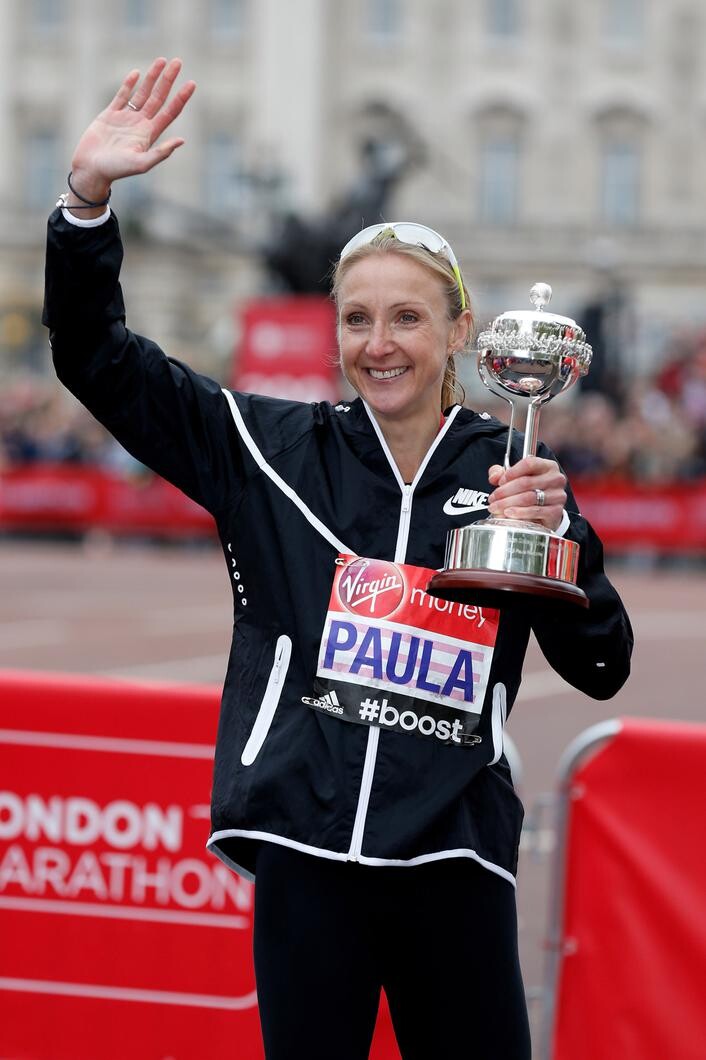
Paula Radcliffe
Paula Radcliffe is also one of the marathon runners that overcame her health issues as a child and became a successful athlete as an adult. Growing up, she struggled with anemia and asthma, but these were just a few bumps in the road as she continued to work hard and brought home several gold awards.
This British long-distance runner was the women's world record holder for over 16 years (2003 to 2019) for being the fastest female marathon runner with 2:15:25 until Brigid Kosgei broke it in 2020. Aside from that, she's also able to win New York City and London marathons three times and won 15 gold awards in total.
Final Thoughts
Marathon is an exciting sport, and no regular person can participate. It takes great understanding that a marathon is more than just running. Being as powerful as the runners mentioned above takes months of training and endurance. Although there are still other remarkable marathon runners, these six, in particular, made significant achievements in this field.
(04/11/2023) Views: 1,255 ⚡AMPSouth African triple jumper runs barefoot 100m in 10.40 seconds
Competing at a track meet in the United Arab Emirates (UAE) on Sunday, a South African athlete named Lleyton Davids ran a sub-11-second 100m, running barefoot. A video posted by AIS Athletics (the athletics academy that hosted the meet) shows Davids flying toward the finish and crossing the line in second place. To make his run even more impressive, Davids is a triple jumper (he’s the two-time reigning South African champion), and sprinting isn’t even his main focus.
In the AIS Athletics video, Davids can be seen lining up in the blocks and waiting for the starting gun to sound. His competitors all have spikes on, but it didn’t end up helping them out much, as Davids flew past all but one of them.
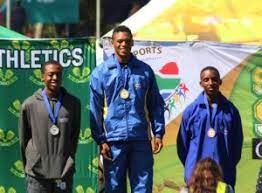
According to Davids’s World Athletics profile, his 100m PB is 11.02 seconds. He ran this time in March 2022, and while there’s a chance he has run other 100m races in his career (many lower-profile races aren’t listed by World Athletics, including his most recent run in the UAE), it’s amazing that he managed to better his official PB by more than half a second without spikes–or any shoes at all. (Davids appears to usually wear shoes when competing and training, as seen in various posts on his Instagram page.)
Davids’s new PB (official or not) is tied for the 106th fastest in South African history. With 105 men ahead of him on that list, it may not sound that impressive, but keep in mind that each of those runners was likely wearing spikes (or shoes of some kind).
Davids has won the triple jump title at the past two South African Championships, and he will have the chance to add a third at this year’s competition, slated for March 30 and April 1.
(03/25/2023) Views: 645 ⚡AMPEthiopians poised to dominate Rome Marathon
The Acea Run Rome The Marathon has proved a happy hunting ground in recent years for athletes from the east African nation
Winners of the Rome Marathon in the past include Emile Puttemans of Belgium, Bernie Ford from Britain and Stefano Baldini of Italy. But Ethiopia has dominated in recent years and the east African nation will be tough to beat again in the 2023 event on Sunday (March 19).
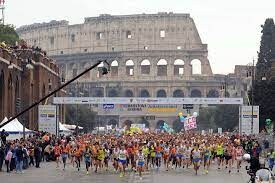
Six of the last nine men’s winners and seven of the last eight women’s champions in Rome have come from Ethiopia and runners from that country lead the entries this weekend too.
Fikre Bekele will attempt to defend his men’s title whereas fellow Ethiopian Zinash Debebe Getachew leads the women’s line-up.
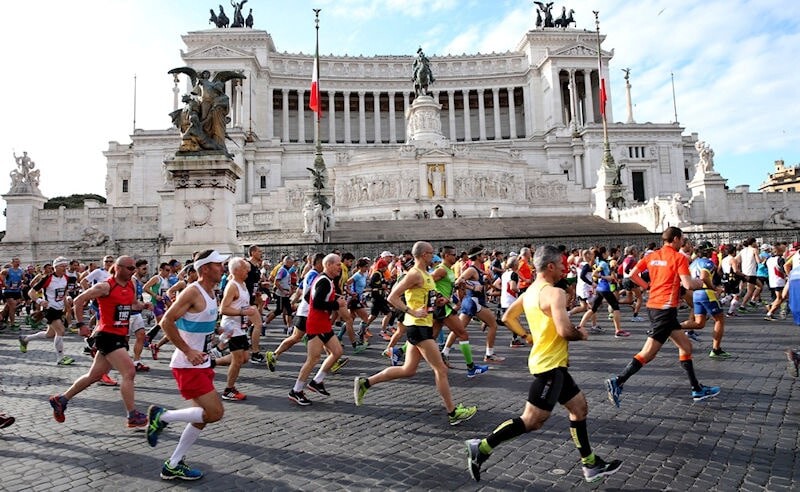
Bekele ran a course record of 2:06:48 last year in the Italian capital but has since improved his best to 2:06:16 when he won the Linz Marathon in October.
Also expected to be at the front of the 15,000-strong field are Berhanu Heye and Alemu Gemechu of Ethiopia along with Nicodemus Kimutai of Kenya. Look out too for reigning Dublin Marathon champion Taoufik Allam of Morocco.
Women’s favorite Getachew has a best of 2:27:15 but will be challenged by Brenda Kiprono of Kenya, plus Mulugojam Ambi and Amid Fozya Jemal of Ethiopia.
The women’s course record is held by Alemu Megertu with 2:22:52.
Italian interest, meanwhile, includes Nekagenet Crippa (the older brother of European 10,000m champion Yeman), Stefano La Rosa and Giorgio Calcaterra. The latter, who is now aged 51, is known as the ‘king of Rome’ as he first ran the Rome Marathon 20 years ago and has completed 330 marathons during his life, won the world 100km title three times and has notched up 12 consecutive victories in the famous 100km del Passatore ultra-marathon.
A little further down the field, all eyes will be on Ermias Ayele, a former race director of the Great Ethiopian Run who is aiming to complete the 26.2 miles barefoot in memory of the great Abebe Bikila, who stormed to Olympic glory on the streets of Rome in 1960.
“Abebe Bikila laid the foundation for the success of not only Ethiopian athletes, but Africans in general as he was the first black to win a gold medal in the Olympic Games,” he says. “However, I have always felt that he did not get the recognition he deserved. Moreover, his story always inspired me and that’s why I am planning to emulate him in the same place and the same way, where he made history and pay tribute to all he’s done for athletics and Ethiopia.”
(03/17/2023) Views: 681 ⚡AMPby Jason Henderson
Run Rome The Marathon
When you run our race you will have the feeling of going back to the past for two thousand years. Back in the history of Rome Caput Mundi, its empire and greatness. Run Rome The Marathon is a journey in the eternal city that will make you fall in love with running and the marathon, forever. The rhythm of your...
more...This marathoner just completed his 237th barefoot marathon
In the days of performance-enhancing footwear, 65-year-old runner Wu Jiase refuses to make the jump to wearing shoes, completing his 237th barefoot marathon at Sunday’s Xiamen Marathon in Xiamen, China.
Jiase, known by his nickname “the barefoot fairy” because of his unique running style, completed the marathon in five hours and 16 minutes wearing his signature pink T-shirt, blue singlet and rolled-up sweatpants. He has a barefoot best of 3:06 from the Beijing International Marathon in 2007, when he was 50.
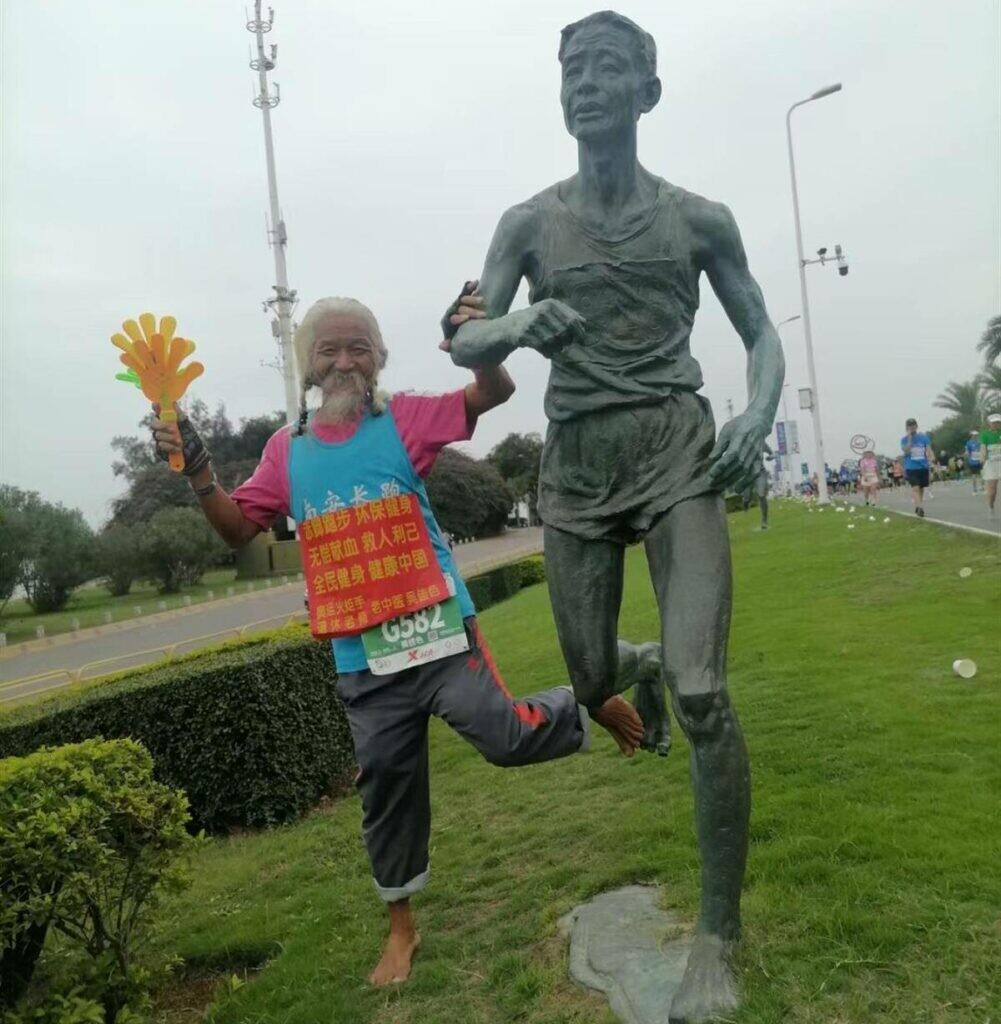
His first barefoot marathon was 20 years ago, in Xiamen, and he has since completed 236 marathons all over the country. Jiase doesn’t only race barefoot, he reportedly trains 70 to 100 kilometers a week in his hometown of Quanzhou. The reasoning behind his barefoot running is that a marathon will hurt the soles of your feet no matter what, so running barefoot is a test of his strength and perseverance.
Jiase is a celebrity within the Chinese running community—the organizers of the Xiamen Marathon have created a statue of him. He also ran a leg of the Olympic torch relay at the 2008 Beijing Olympic Games.
His goal is to continue to run barefoot until age 85. His health has also allowed him to give back; he says he’s been able to donate over 390 liters of blood since he’s started running marathons.
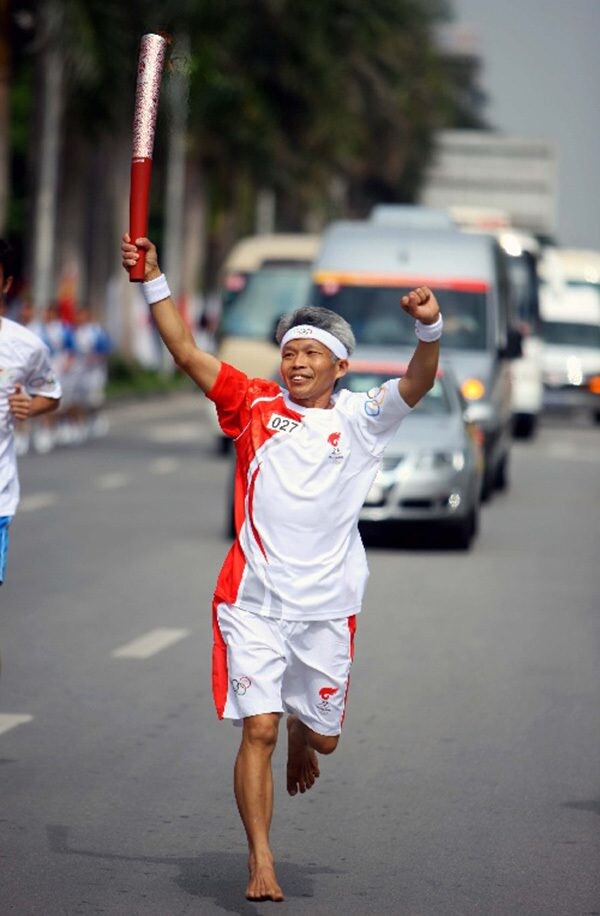
by Running Magazine
Take a Sneak Peek into 'Born to Run 2'
Thirteen years after the publication of Christopher McDougall's popular book, Born to Run, the author teams up with renowned running coach Eric Orton for Born to Run 2: The Ultimate Training Guide, a fully illustrated, practical guide to running for everyone from amateurs to seasoned runners, about how to eat, race, and train like the world's best. Born to Run 2 will be available on December 6, 2022, but you can read this excerpt from the book.
Chapter 8: Form - The Art of Easy
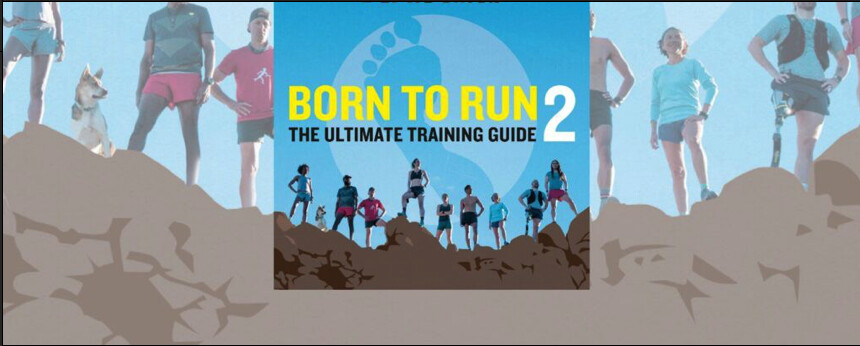
Eric promised he could teach running form in ten minutes. If I had to estimate, I'd guess he was miscalculating by a factor of at least 7,000 percent, so I subjected his proposition to lab testing and gave it a try myself:
I hit Pause and checked my watch. Then I tried it again. Each time, I found Eric's estimate to be wildly exaggerated. It wasn't even close to ten minutes. More like five.
One song. One wall. Three hundred seconds. If someone had only shared this secret with Karma Park, it could have saved her a world of misery.
Karma was such a disaster, the Navy honestly couldn't tell if she was a terrible runner or a terrific actor. How she even made it into boot camp was a mystery.
The strange thing was, running was her only weakness. Chuck her out of a boat at sea? No problem. Pull-ups, push-ups, crunches? Piece of cake. Karma was a competitive swimmer and varsity wrestler growing up, so two-hour workouts were in her blood. But ask her to run a mile and a half? In under thirteen minutes? Not a chance. Over and over she tried, and every time she ended up walking, grabbing her ribs from stitches and wincing from aches in her legs.
"I'm pretty sure the recruiter fudged the numbers on my Physical Readiness Test so she could get me in," Karma believes. "I finished the run and thought, Oh crap, I'm a minute too slow, and she's like, 'No, no, you're good.' "
When Karma got to basic training, she gritted her teeth and did her best. The Navy was her ticket to a dream life, so there was no way she was giving up. Karma was twenty-five at the time, with a wife in law school and hopes of becoming a surgeon. The surest path toward financing their future was a career in the military. Besides, she had a debt to pay back. Karma came to America from South Korea at age eleven, and while, yeah, maybe Alabama wasn't the most welcoming place for a foreign kid with budding gender issues, Karma was still deeply grateful for the life her family was able to create there.
"I really wanted to serve this country," she says. "But in boot camp I was in and out of sick bay all the time." Karma chanted the drill instructors' mottoes to herself-Pain is only skin deep! Heel to toe! Heel to toe!-but the harder she pushed, the more she broke down. "At first maybe they were checking that I wasn't dogging it," Karma recalls. "I can see how I would be suspected because I feel that other recruits faked it to get out of running, but I was in so much pain, they knew something else was going on."
Finally, Navy doctors diagnosed Karma with chronic hip displacement. She was ordered to report to the long-term sick bay, where she'd be stuck for as long as it took-a month, six months, a year-for her to either heal or quit. Those were her options: get better, get faster or get out.
Karma was crushed, but privately vindicated: ever since she was young and her mom would sign the whole family up for local 5Ks as a way of assimilating into their new home, Karma knew she couldn't run. "My dad and I would walk at the back of the pack, and I thought, This is the most ridiculous thing ever. We have cars and bikes, why are we running? I was really fit in all the other aspects of PE, but with running, I tried and tried and never got any better."
Back in civilian life, Karma struggled. She put her own education on hold and began managing a Subway so her wife could finish law school. She began putting on weight, but when she tried to exercise, her old leg injuries flared up and she finally discovered the real cause of her pain was rheumatoid arthritis. The medication made her lethargic and bloated, and her body ached so badly she needed a cane to walk.
Karma was in a bad spiral that nothing could stop. Except her wife's lover.
"My wife had an affair with a guy who was really fit," Karma says. "When I confronted her, she told me I was fat. That hit me really hard." So hard that after she and her wife separated, Karma decided to punish herself with the thing she detested most. "I decided to drown my emotional pain by subjecting myself to physical pain," she says. "When I left the Navy I swore off running-I hate it hate it hate it, never running again. This time, I decided to run myself ragged into an early grave. I hated myself and hated running, so this is what I'll do."
For once, Karma's injuries came to the rescue. Her legs seized up before her heart, and while she was searching for a new way to beat on herself, she had the enormous good luck to meet Sheridan. With that amazing woman by her side, parts of Karma that she hadn't even realized were hurting began to heal. For the first time, she had the confidence and support to face her gender identity and begin transitioning to the self that had always been buried.
She also resolved, once again, to get back into shape.
If you're keeping score at home, by now Karma has struck out three times as a runner. Over the years, I've heard a lot of stories like this from busted ex-runners-and lived one myself-but this is the first instance where I thought, okay, maybe it's time for the mercy rule to kick in and let it go for good. But against those odds, Karma stepped up again. When Sheridan gave birth to their first son, Karma set her jaw and decided their baby wasn't going to grow up with a parent hobbled with a cane or gone before their time.
"That's how I began my journey into learning how to run properly," she says.
This go-round, Karma attacked the problem from a different angle: What if her brain was the problem and not her body? Karma is a math whiz and comes from a medical family, so she was a little annoyed at herself for not realizing sooner that if your equation keeps giving you the wrong result, adding the same numbers isn't going to help. Rather than running harder, she thought, maybe there was a way she could run smarter.
Her eureka! moment occurred soon after, when she noticed that her legs hurt more on downhills than ups. That's when it hit her: What if she treated the entire planet like a hill? Get up on her forefoot, in other words, instead of heel-toe, heel-toeing it like she'd always been told.
"When I mentioned this to a friend, she immediately said, 'Haven't you read Born to Run? That's what it's all about.'"
Karma picked up a copy, and there, on page 181, she found the role model who would change her life. Not Ann Trason, the courageous science teacher who nearly outran a team of Raramuri runners in the Leadville Trail 100. Not Scott Jurek, the gracious and unbreakable hero who rose from a rough Minnesota childhood to become the greatest ultrarunner of all time. Karma didn't even see herself in Jenn Shelton, that patron saint of human fireballs, or Caballo Blanco, the lovelorn loner who used running to heal a broken heart.
Nope. When Karma looked into the mirror, grinning back at her was Barefoot Ted.
I'm not happy about this now, but when Caballo Blanco and I first met Ted McDonald, we were ready to Rock-Paper-Scissors over who was going to clunk him on the head and chuck him into the canyon. Ted likes to say "My life is a controlled explosion," which only confirmed my conviction that he has no idea what "control" means.
I was slow to see what Jenn and Billy Bonehead and Manuel Luna liked about Ted. It took a few clashes before I finally got it, including a toe-to-toe shouting match in the middle of Death Valley, where I threatened to leave Ted by the side of the road to die while he was yelling in my face, "I don't care how big you are! I'll fight you!"-at the very moment, by the way, when we were supposed to be crewing for Luis Escobar in the Badwater Ultramarathon.
But I couldn't miss the fact that lots of other people really enjoy him. Ted is a lot on a slow day, but he's also a huge-hearted friend and his own kind of genius. When I sent word to Ted that a group of my Amish ultrarunning buddies were traveling through Seattle en route to a Ragnar Relay, he immediately threw open the doors of his Luna Sandal shop and made them at home in an improvised bunkhouse. Nearly every year, Ted travels back down to the Copper Canyons and hands a wad of cash to Manuel Luna, the Raramuri artisan who taught him how to make huaraches. Not because they're partners; because they're friends.
Still, it was gratifying to see that Luis had as much steam shooting out of his ears as I did after we invited Ted to join us in Colton for our photo shoot. For forty-eight hours we couldn't get a yes or no out of the guy, which would have been fine if he'd just stayed silent as well. Instead, Luis and I kept getting cryptic little teaser texts, like digital art smiley faces that dissolved from our phones a few seconds after appearing. It felt less like waiting for a friend to show up (or not) and more like being stalked by the Zodiac Killer.
Then lo and behold, an Amtrak train pulls into San Bernardino station and out pops Barefoot Ted, a big Santa Claus backpack full of sandal-making supplies over his shoulder. He'd spent six hours getting there, and immediately began hand-crafting a gorgeous pair of custom sandals for each of our volunteer models. While his hands were busy, so was his mouth: Ted cut loose with a thirty-minute spoken-word performance that left us all slack-jawed in astonishment as he prattled on, fluently and kind of brilliantly, about everything that had been rattling around inside his skull while he was captive on the train. ("Turning everything you see into food is a superpower. Do you have it?" is the only line I remember.) Soon after finishing a dozen sandals he was gone, grabbing a lift back to Santa Barbara that same night because, unbeknown to us, he'd had a pressing commitment there all along. What a guy.
As a runner, Ted was a true revolutionary. He was so far ahead of the pack when it came to minimalism, the rest of the country took years to catch up. Not that he didn't make a compelling argument from the start. It's just that in typical Ted fashion, the story took a direction only a man who calls himself The Monkey would follow.
If you recall, Ted only began running in the first place because he dreamed of becoming America's Anachronistic Ironman. Which meant, for reasons known only to Ted, he wanted to spend his fortieth birthday completing a full triathlon (2.4-mile ocean swim, 112-mile bike ride and 26.2-mile run) but only using gear from the 1890s. If Ted has one quality greater than his raw athleticism it's his absolutely bulletproof self-confidence, so when he found he could handle the swimming and cycling but not the running, the problem couldn't be his body: it had to be the running.
Close: it was actually the running shoes. The first time Ted ran barefoot, his planetary axis shifted. "I was totally amazed at how enjoyable it was," Ted says. "The shoes would cause so much pain, and as soon as I took them off, it was like my feet were fish jumping back into water after being held captive."
On a barefooter's blog, he found the Three Great Truths:
Change the way you run That was the opposite of everything Ted had ever been told about running, but everything Ted had ever been told about running wasn't working. Besides, it immediately made sense. No decent basketball player just heaves the ball in the air and hopes for the best. No serious tennis player slashes their racket around like a club. Ted had spent a few years as a teacher in Japan, and he knew that sushi chefs and martial artists spend years perfecting the basic steps of their craft. In the world of movement, form and technique reign supreme.
Ted didn't know any barefoot runners in person, only online, so he set off on this quest for reinvention on his own. He found himself in the same predicament as a Czech soldier he'd heard about who, during the Second World War, spent his long nights on guard duty dreaming of Olympic glory. Rather than stand and shiver, the soldier began running in place, lifting his knees high to clear the snow and, to avoid being heard, landing as silently as possible in his heavy boots.
Back home after the war, the soldier replaced slippery snow with wet laundry: he washed his clothes by running on top of them in a bathtub full of soap and water. (Get a load of that, Mr. 100 Up: one sloppy stride in a sudsy tub and you're not starting over, you're heading to the emergency room.)
Those weird home experiments paid off spectacularly. Coached only by his own ingenuity, Emil Zatopek pulled off the most stunning track performance in Olympic history: at the 1952 Games, he won gold in all three distance events, including the first marathon he ever attempted.
Despite how fast he ran, Emil took a ton of crap about how awful he looked. Upstairs, Zatopek was a horror. He'd get this grimace on his face, one sportswriter said, "as if he'd just been stabbed through the heart." Zatopek's head lolled around and his hands clawed his own chest like he was birthing an alien baby through his rib cage. But what sportswriters missed was that below the waist, Zatopek was a machine: rhythmic, precise, impeccable.
Ted never did get around to his Anachronistic Ironman-not yet, at least-but otherwise, he was unstoppable. Once he realized that running was a skill to be mastered and not a punishment to be endured, he became a Monkey on a mission.
Before long, he'd ripped out a marathon quick enough to qualify for Boston, and then ran Boston quick enough to qualify for the next one, and from there it was onward and literally upward, as he shifted from long roads to high-mountain ultramarathons.
But what Karma envied most wasn't Ted's remarkable twenty-five-hour finish at the Leadville Trail 100, or his out-of-left-field world record for skateboarding (242 miles in twenty-four hours). She didn't care if she ever ran as fast as Ted. She just wanted to be as healthy. She wanted to follow his footsteps from Hurt Ted to Happy Ted.
"I made a conscious decision to fully embrace forefoot running," Karma says.
Maybe embrace isn't the right word. Since May 3, 2014, Karma hasn't missed a single day of running. Every evening, no matter what kind of storm is blowing through Birmingham, Alabama, no matter if she's fighting a cold or dealing with craziness at the medical office she manages, Karma pulls on her sandals and heads out the door.
Her eight-year-and-counting streak began in true Barefoot Ted fashion: bizarrely. Less than a year after changing her form, the woman who swore she'd never run again was bringing home her first marathon medal. Gone was the cane, forgotten was the specter of crippling arthritis. By changing the way she moved, Karma discovered she could change the way she felt. She soon ramped up from a marathon to a 50K, and that's when things took off. The day after that first ultramarathon, Karma decided to test her soreness by jogging an easy two miles. She was surprised to find her legs actually felt better after that run, so she went out again the next day and the next and thus a streak was born.
To maintain her daily running streak, Karma logs at least one mile a day, but that's just her baseline. During her first year of streaking she also tackled three ultramarathons, and then began creating streaks within her streak: she ran five miles a day for a full year, seven miles a day for ten months, and three miles a day for 1,300 days. Despite all these clicks on her odometer, Karma still felt she needed to borrow one more hack from Barefoot Ted: as a reminder to remain smooth and light, she always runs in a pair of his Lunas.
Karma had never actually met Ted in person until the day he hopped off the train in San Bernardino and blew into our photo shoot like a grinning bald tornado. Ted is usually quick on his feet, but when he came eye to eye with Karma, it took him a few beats to get his bearings.
The person who'd reached out to Ted years ago had never felt at home in her body and was facing two frightening transformations. The Karma in front of Ted today had made it through to the other end. In the past, Karma had looked to Ted for hope and guidance. Now, she deserved something very different. Ted understood, and delivered.
"If you have any questions, ask Karma," Ted said, as he addressed the circle of very experienced and accomplished ultrarunners hanging on his every word about the art of minimalist running. "She knows as much as I do."
This is an excerpt from Born to Run 2: The Ultimate Training Guide by Christopher McDougall and Eric Orton, available on December 6, 2022 by Alfred A. Knopf, an imprint of The Knopf Doubleday Publishing Group, a division of Penguin Random House LLC. Copyright 2022 by Christopher McDougall and Eric Orton.
(11/27/2022) Views: 821 ⚡AMP
by Trail Runner Magazine
Your Complete Guide to Running Vocabulary
Starting a running journey can be daunting. As with most things, there are a ton of new experiences and skills to learn, test out, and adjust to. Add in tricky running vocabulary on top of that and how do you even begin?
If you think a 5K means five miles and cadence means…well, what the heck does cadence actually mean?…you’re in good company. There are dozens of words and phrases tossed around the running community that leave us completely confused sometimes. It can be disheartening, especially for beginners.
So, to help you keep up with the best of them…in lingo, at least…we created this guide full of common terms you’ll hear along your running journey. From endurance to hypoxic, consider this your complete manual in running vocabulary.
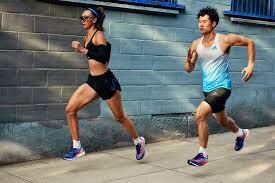
The Basics
Form: The way you position and hold your body while running. This is essential to avoiding injuries and getting faster. Try keeping your gaze forward, shoulders relaxed, elbows at a 90-degree angle, and torso upright. Many coaches call the latter “running tall.”
Pace: This refers to the amount of time it takes to cover a mile (or kilometer). You’ll also likely hear this term linked with specific types of runs (“5K pace”, “marathon pace”, etc.).
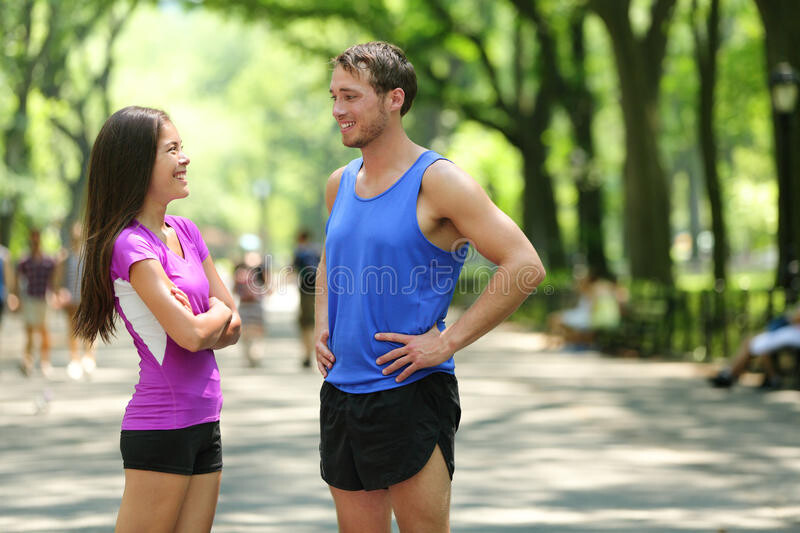
Cadence: The number of steps a runner takes per minute while running. Several things can influence this, such as height, weight, stride, and experience. Frequent runners typically take around 160-170 steps a minute, while elite runners take it up to 180.
Stride: The steps you take forward mid-run. Alternatively, some runners will refer to strides as a series of short sprints.
Foot Strike: How your foot hits the ground. Aim to strike the ground with the middle of your foot, using light steps that fall directly under your hips. More comfort, less injuries.
Prep
Warm-Up: This is literally warming up the body pre-run. Warm-ups help prevent injuries and runners should begin each workout with a good warm-up (try “Pre-Run Vibes”). Popular methods include 10 to 15 minutes of walking, jogging, and stretching.
Cool-Down: Just like warm-ups prep your body for a run, cool-downs aid in taking it back to its original state. Doing a post-run routine prompts a gradual recovery to your pre-run blood pressure and heart rate.
Static Stretching: This popular style of stretching involves holding major muscle groups in their most lengthened position. Hold each for 10 to 30 seconds before switching. The most common form of stretching, it can improve flexibility and act as the perfect cool-down.
Dynamic Stretching: These stretching routines add more movement and power to your typical warm-up while increasing range of motion. Think lunges, butt-kickers, and leg lifts.
Types of Training
Cross-Training: Runners will usually include other types of workouts in their routines to improve overall fitness (and prevent boredom). This is called cross-training. Try yoga, strength training, and cycling.
Strength Training: This literally means training for strength and usually involves dumbbells or body weight exercises. Strength training is insanely helpful for a runner. When done a couple times a week it can help prevent injury and improve performance, without adding bulk. More muscle = more force.
Rest Days: Otherwise known as days off, these days are key to a healthy and consistent workout schedule. Use rest days for active recovery, corrective exercises, stretching, walking, and leisure activities to keep your muscles active and moving.
Overtraining: What happens when you skip out on rest days. There is such a thing as running too much. Better to sit one out and avoid potential injuries and painful muscle strain.
Types of Runners
Streaker: Don’t worry, these runners do wear clothing. A streaker will run consistently every day for a certain amount of time. This type of running is usually only maintained for a certain length of time, such as a week. Think of them as running challenges.
Barefoot Runners: Is it still a run if you’re not lacing up beforehand? Said to improve form, the choice to ditch your sneaks and go barefoot is inspired by our ancestors. The theory is it will help avoid injury and improve performance.
Elite: These runners don’t just talk the talk, they run the run. No matter the distance, they’ll run it—and fast.
Triathlete: Not only do these runners run, they also swim and bike. All in one race.
Ultramarathoner: These extremely skilled runners take on races clocking in at 50 miles, 100 miles, 50K, or even 100K. The most popular ultramarathon ix the 56-mile Comrades Marathon.
Race Lengths
400 Meters: One lap around a track.
5K: 3.1 miles.
10K: 6.2 miles.
Half-Marathon: 13.1 miles.
Marathon: 26.2 (badass) miles.
Types of Runs
Trail Runs: A run done on a trail, rather than a treadmill or track. Particularly enjoyable in fall, these runs boast great weather and even greater scenery. Just remember to layer up if it’s cold where you are.
Road Race: Just as it sounds, these races are held in the road. Don’t worry about too much traffic. The courses are clearly marked on blocked off roads.
Easy Run: If you can’t hold a conversation while doing one of these, you’re going too fast.
Recovery Run: These are shorter and slower runs completed within the 24 hours after a big race. This is meant to get your body used to running in a fatigued state—something you’ll be thankful for towards the end of your next marathon.
Speedwork: Runs all about improving speed. Think hill sprints, intervals, and tempo runs.
Intervals: Alternating between high and low intensity (speeds) throughout a run.
Hill Sprints: Also known as hill repeats, these drills will have you going at a 5K pace up a hill and a recovery pace down a hill. Then up and down again…and again. These workouts improve strength and speed.
Pick-Ups: Segments of increased speed in an existing run. Same course, same deal, just an increase in speed every once in awhile.
Hitting the Wall: Not a type of run per se, but a term for what happens when a runner feels as if they can’t go on during a race. Usually indicates he or she didn’t see it coming.
Kick: The last push a runner gives at the end of a race, increasing their speed to the finish line.
Splits: When a race’s time is divided into smaller parts (typically miles). If a runner runs an entire race at the same pace, they should have an even split. If they have a negative split, they ran the second half faster than the first.
Acronyms
BPM: Beats per minute, or heart rate. This is the number of times your heart beats within a minute. Runners will often have a target BMP for a workout. Quick tip: To find your heart rate, place your pointer and middle finger along your pulse (neck or wrist). Count the amount of beats in six seconds, then multiply by ten.
BQ: Boston Qualifier. If someone is a BQ they’ve achieved a race time that grants them entry to the Boston Marathon, the world’s oldest marathon. Currently, the qualifying standards for men are between 3:05:00 and 4:55:00. For women, the times range from 3:35:00 to 5:25:00 (both depending on age).
CR: Course record, or a runner’s fastest time on a given course.
DNS/DNF: Did not start/did not finish. Either will appear in race results when a runner did not start or finish the race.
DOMS: Delayed Onset Muscle Soreness. Also known as the reason you can’t make your way up the stairs the morning after an intense run. This can set in 24-72 hours post-run and is totally normal—just have your Epsom salts and foam rollers ready.
ITBS: Iliotibial Band Syndrome. This painful injury occurs when your connective tissue rubs against your thighbone. Need relief? Try stretching, massaging, foam rolling, and gentle strength training.
LSD: No, not that one. In this case, the acronym stands for long slow distance. Exactly like it sounds, it’s a long run at a steady pace.
MUT: Mountain/ultra/trail runner.
PB: Personal best (or, in some cases, peanut butter).
PR: Personal record, or one’s fastest time for a given distance.
Equipment
Dreadmill: A nickname for the treadmill, typically used by those forced to run inside due to weather or lack of time. But, there are actually a ton of perks to running on the belt, like less force on your joints and great speedwork training.
Minimalist Shoes: Generally very lightweight, these shoes have very little structure or support. Rather, they’re flexible and have far less cushion than your average sneaker.
Maximalist Shoes: Opposingly, these shoes have much more support and cushion. That doesn’t necessarily mean they’re chunky, though.
Compression Sox: Used post-run, these tight knee-high socks help speed up recovery. Some runners also wear them during races in attempt to get oxygen to their leg muscles faster.
Running Tights: Live in a cold climate? Stock up on these. Runners who experience a dip in temperature and still want to run outdoors will wear these spandex leggings under their pants to keep them warm.
Moisture-Wicking Clothing: Non-cotton clothing that helps keep sweet away from the body and bring it to the fabric’s surface where it evaporates.
Foam Roller: A foam cylinder tool used pre- or post-workout to increase flexibility, speed up recovery, and increase circulation.
Fuelbelt: Sort of like a fanny pack, a fuelbelt can hold a runner’s water, snacks, phone, and wallet.
Physio
Endurance: The body’s ability to endure stress during an aerobic activity, like running. Endurance training takes place when a runner wants to increase their distance and speed.
Anaerobic Threshold: Also known as the lactate inflection point, this is the point in intensity where lactic acid begins to build up in your muscles and bloodstream. When you run at this speed it should be challenging, but not uncomfortable.
VO2 Max: Also known as aerobic capacity, this is the maximum amount of oxygen your body can use during intense exercise. As your aerobic capacity increases you will be able to run faster and further.
Hypoxic: This is when you just want to hit the ground running, but can’t breathe after two minutes of sprinting. Hypoxic is a condition in which you’re deprived of oxygen at the tissue level. In short, your lungs haven’t caught up with the rest of you yet. Scale it back a bit and build up your speed.
Chafing: To put it simply, chafing happens when sweat and fabric rub against the skin, causing painful rashes. Most runners suggest covering yourself in Vaseline or Bodyglide before getting dressed to avoid this.
Shin Splints: Pain on or around your shinbones. Treat with ice and rest ASAP, then consider buying some new running shoes.
Runner’s Knee: This is pain isolated on or around the kneecap. Also called Patellofemoral Pain Syndrome (PFPS), this usually feels like the knee is “giving out.”
Runner’s High: The feeling of euphoria a runner might get during or after a run. Added bonus: There’s usually also a decrease in discomfort, too!
(11/01/2022) Views: 1,169 ⚡AMP
by McCall Minnor
Eight things that happen to your body when you run a marathon
From losing a toenail to increased hearing power, here's what you need to know before you run towards that finishing line
On 22nd April, around 50,000 runners will pound the pavements and streets from Greenwich to the Mall in the London Marathon. It is undoubtedly the biggest fitness carnival of the year, unrivalled in its atmosphere and the sense of achievement felt by those who finish it.
Of course, it is also a physical and mental challenge like no other. And while we have all heard about the perils of getting cramp or hitting the infamous marathon wall, there are lesser known side effects that only those who have conquered the gruelling distance will know about. And as a veteran of seven marathons, I bring you the insider’s guide to the marathon body and what happens to it as you plod from one mile to the next:

You will shrink
Not good news for shorties like me, but most finishers will indeed cross the line an average two centimetres shorter than when they started. It is, thankfully, a temporary shrinkage in height caused by fluid losses between the intervertebral discs in the spine. Height is fully restored when fluid levels are replaced, usually 24 hours or so later.
Your nose might run
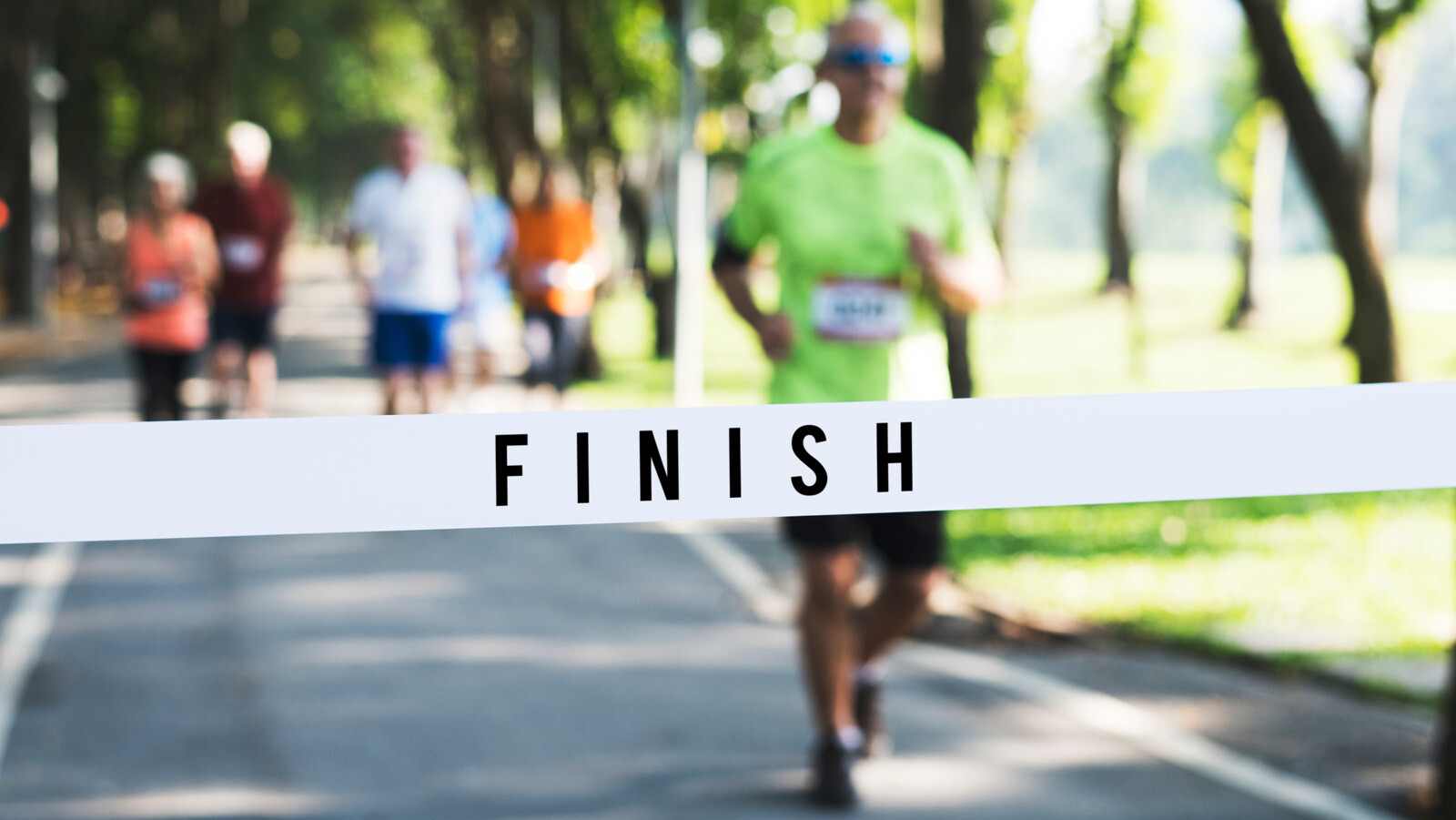
A study in the Journal Annals of Allergy, Asthma & Immunology found that 56 percent of people get a serious bout of the sniffles while running for long periods outdoors. The reason? They are suffering from runner’s hayfever or exercise-induced rhinitis. Experts say it is probably caused by the increased air-flow that you inhale as your breathing rate quickens, which sends your nose into mucus-producing overdrive. Very cool and dry air can make matters worse.
MORE GLOSS: Is barefoot running better for you?
You’ll have sharper hearing
Training for a marathon improves circulation to the ear, which provides a greater supply of nutrients to help preserve hearing. One study tested the hearing of 24 women and 19 men who ran long distances regularly. Scientists found a marked improvement in hearing sensitivity after they had finished running, thought to be the result of improved circulation.
You’ll be lighter (temporarily)
Runners will shed 2-5kg in weight through lost fluid during a marathon which should be replaced by initially consuming 500ml of fluid per hour during and after the race until urine returns to a pale straw colour (dark urine is a sign of concentrated electrolytes or body salts caused by dehydration), and then drinking normally in the days afterwards.
“Drinking too much during and after a marathon is a big mistake,” says Louise Sutton, sports dietitian at Leeds Metropolitan University. “It dilutes body salts to a dangerous level and can cause water toxicity or hyponatremia, a condition that could be fatal, so don’t overdo the rehydration.”
Studies in the British Journal of Sports Medicine show that more people are hospitalised every year after the London marathon because of hyponatraemia than because of dehydration. Drinking too little is very rare - stick to the guide and you should be back to normal in no time.
You’ll burn calories (but not as many as you might think)
With muscle stores of glycogen, the body’s source of fuel for activity, becoming depleted after the race, they need to be replaced by consuming 0.5g of carbohydrate for every pound of your body weight - the equivalent of a bowl of breakfast cereals and a banana or a couple of sandwiches - 2-3 hours after the finish. However, the number of calories used to run a marathon is around 2,800, lower than many people think and the race is certainly not an excuse to gorge on a calorie mountain in the days that follow.
You might lose a toenail
Given that the average runner takes 32,000 strides during a marathon, it’s not surprising that the feet take a hammering. Many runners find that the cumulative effect of months of training cause such trauma to their toenails that they blacken and fall off. Each of the marathons I have run has resulted in toenail loss (although, encouragingly, there’s always a nice shiny new one underneath). Keeping them trimmed and smooth can limit the friction within your trainers, but it is almost inevitable.
Blood vessels can be damaged
Continual hammering of tiny blood vessels in the feet results in a drop in levels of red, oxygen carrying blood cells or haemoglobin by as much as 20 grams per litre of blood. It’s important to rest in the days after marathon and consume iron rich foods like meat and green leafy vegetables to return levels to normal and prevent the risk of anaemia.
Prepare to be battle-weary
The most common injury during the race is cramp, followed by blisters and abrasions although St John’s Ambulance volunteers will be on hand to massage and tend to weary limbs. Stewards will hand out 40kg of petroleum jelly to reduce the possibility of chaffing and joggers’ nipple (which affects women as well as men and is caused by vests or bra fabric irritating the delicate area).
(10/29/2022) Views: 777 ⚡AMPby Peta Bee
Three easy ways to fix running form, body awareness is the first step to effortless, flowing running form
Running form can be simple to finesse, but first you need to know what needs fixing. Anyone who has seen the GOAT of marathoning, Eliud Kipchoge, run knows what beautiful running form looks like, but it can be challenging to figure out how to fix your own form. Here are three easy ways to gain a better understanding of how you are running and what you can do to run more efficiently.
Run fast at the track
In his book Run Fast, renowned marathoner and trainer Hal Higdon suggests finding a 400-metre track to try this running form awareness drill. Begin running at the 300-metre starting line (the start of the back straightaway) and pick up your pace through the straight until you are running near 5K race pace. Accelerate as you come into the home stretch so that you’re running full-out when you reach the finish line.
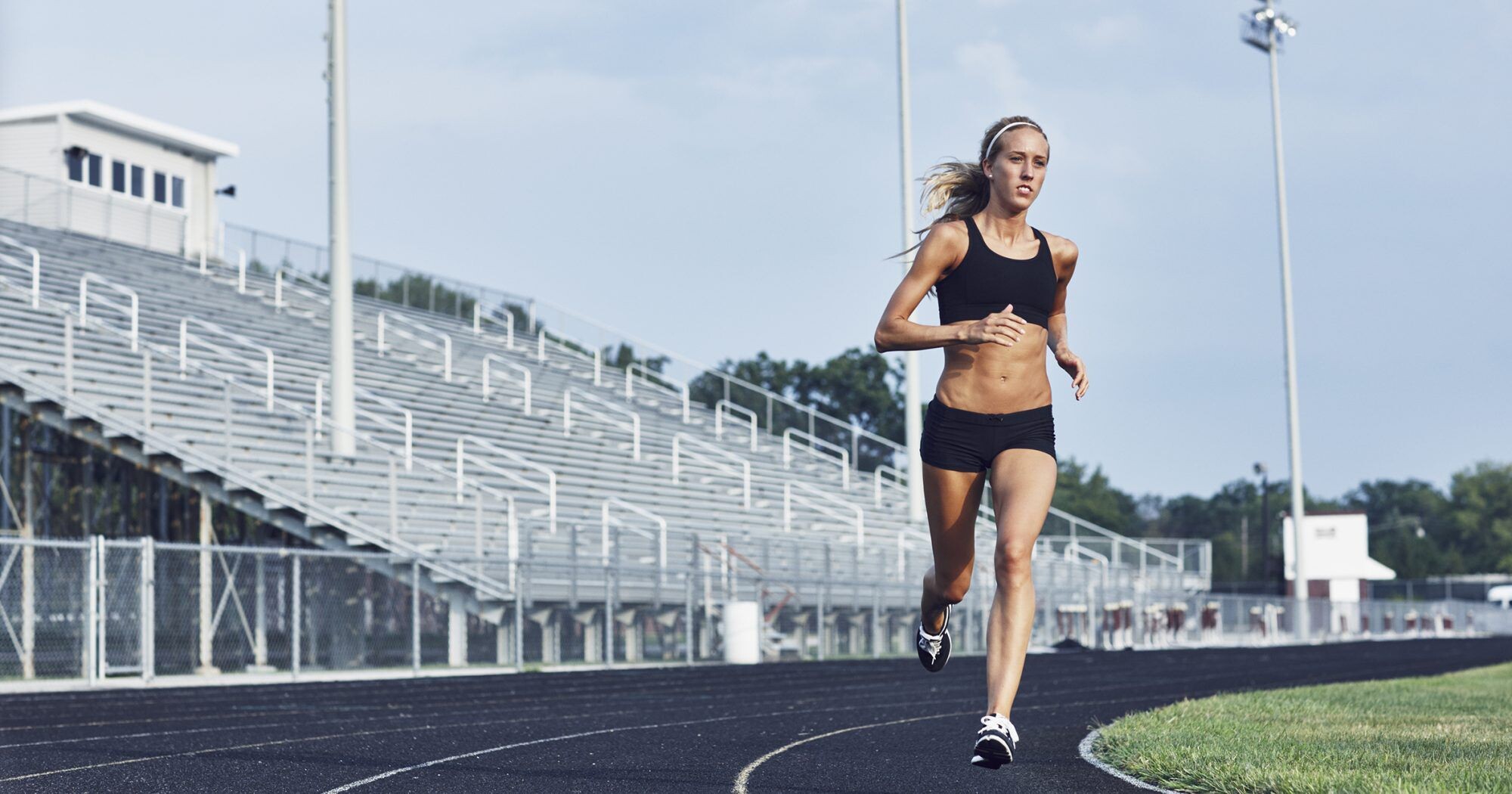
Notice what happens to your form as you accelerate, and see if you can pinpoint where you become more or less efficient as you pick up your pace. Pay attention to knee lift, stride length, posture, arm carry, and head angle.
Run barefoot in sand or grass
Head to the beach or a safe grassy area and find a smooth stretch to run on. Higdon suggests running at a comfortable pace for 100 metres, and paying particular attention to where your foot contacts the ground.
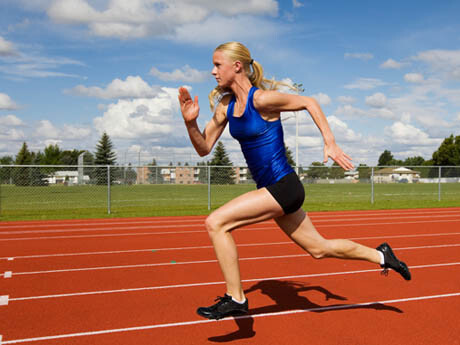
Notice where you naturally land to develop awareness, even if you don’t need to adjust anything. Running on slightly damp sand and then looking back at your footprints can also be helpful when trying to analyze how your feet are striking.
Run straight on the road
Pick a stretch of road or sidewalk where you can follow a straight line (taking care to choose somewhere safe). Look for a painted stripe on the road to follow, a crack in the pavement, or the separation between the pavement and the shoulder of the road.
“Focus your attention on that line and think of yourself as a machine moving along it, like a train on a rail,” says Higdon. “Can you run straight along the line without wavering back and forth? Is your head straight, are your eyes level?” Notice how your arms are moving, and see if your legs are moving straight forward and kicking straight back.
While running form is very individual, all runners follow the same basic principles. Body awareness is the first step to fixing your running form– and then working on any oddities or challenges you notice when practicing these drills.
(09/13/2022) Views: 823 ⚡AMPby Keeley Milne
American ultrarunner completes barefoot trek of California's John Muir Trail
American ultrarunner Kenneth Posner completed a 22-day trek along California’s 210-mile (337K) John Muir Trail (JMT) on Saturday. While Posner didn’t run the route, he is an avid trail runner and ultrarunner, and he almost exclusively runs barefoot. He didn’t take to the JMT to break any official records (the various fastest known time records for the JMT hover around two to four days), but rather for a personal challenge: to hike the entire trail without shoes.
Completing a trail completely barefoot may seem like a random goal to many people, but for Posner, it has been a years-long battle. As he explains in his blog, he made his first barefoot JMT attempt in 2020. “Barefoot is simple,” he writes. “Natural. Intense. Every step is an adventure.” That initial shot at the JMT resulted in Posner completing about 240K of it without any footwear. For the other 100 or so kilometres, he was forced to don shoes. “The terrain [on the JMT] was more difficult than I expected.”
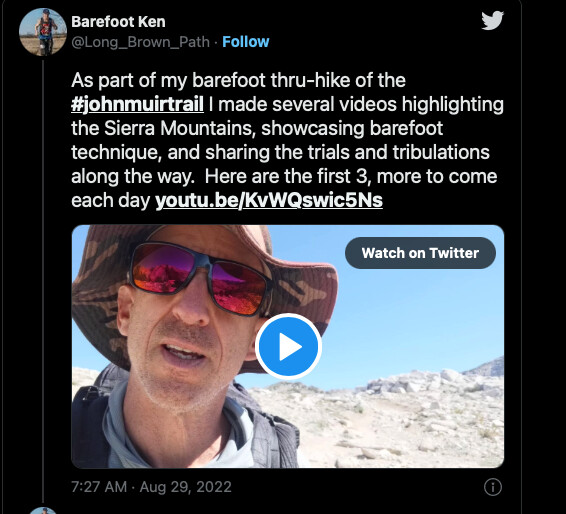
In 2021, he returned to the California trail, certain that he could finish the whole thing without resorting to shoes. Once again, though, he succumbed to the difficult terrain of the JMT, and he had to give in and put on shoes. Since then, he has been working toward the same goal, and this year, he managed to pull it off.
He set off on the JMT in early August, heading south from Yosemite National Park. The trek took him through mountainous terrain all the way to Kings Canyon National Park, where he finally reached the end of the JMT.
“Just completed the 210-mile #JohnMuirTrail entirely #barefoot, in 22 days,” Posner tweeted. “The sandy trails were lovely, the rocky mountain passes were challenging, and the gravel was quite difficult. Gave me new appreciation for how patient and tough our ancestors must have been.”
(09/03/2022) Views: 703 ⚡AMPby Running Magazine
5 Run-Improving Exercises You Can Do During Daily Life
Improve your running by integrating these strength, mobility and balance exercises into your daily routine—so you’ll be sure to do them regularly. Improve your running by integrating these strength, mobility and balance exercises into your daily routine—so you'll be sure to do them regularly.
We all know we could benefit by doing exercises that compensate for the weakness and mobility issues caused by our mostly-sedentary lifestyles. But finding time to do them and doing them regularly enough to make a difference is difficult. I’ve found the key is to integrate them into my daily routines so that they become habitual by being linked to something I’m doing already, and they get done without taking up more time out of my busy schedule. Here are five creative strategies to fit essential balance, strength, and mobility exercises into your daily life.
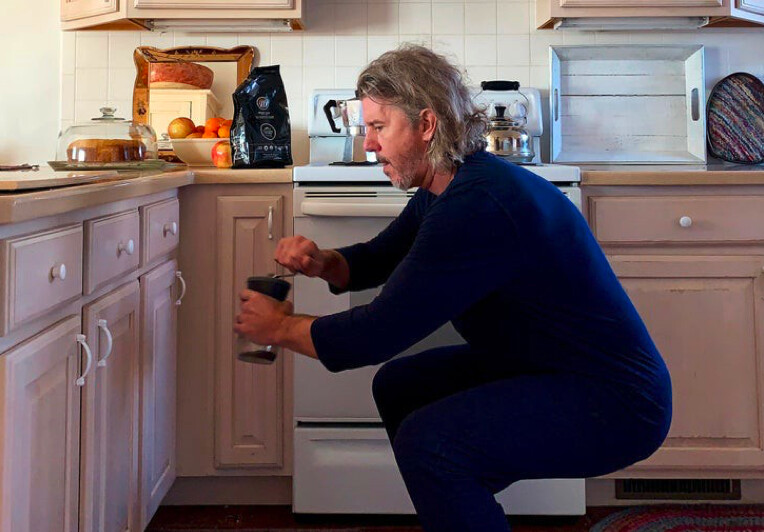
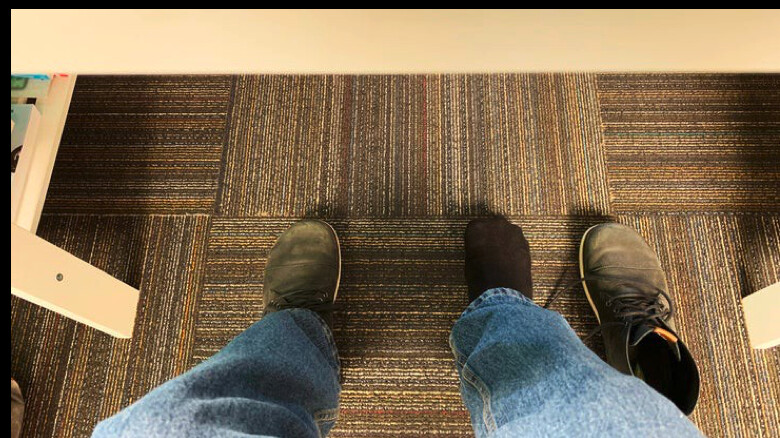
Standing on one leg develops balance, proprioception and muscle activation required for effective running—which is, itself, a series of one leg stances. One easy way to integrate this into a daily habit is to stand on one leg while brushing your teeth every morning and night. Alternate legs, and as it gets easier, integrate some side leg lifts, swings and hip circles with the raised leg.
Another option I’ve found easy to make a habit is to stand whenever putting on pants, shoes socks and shoes. This provides a built-in dynamic challenge as you pull on each pant leg, reach for each sock, tug it on, reach for a shoe, get it on and tie it. Alternate which foot you start with, so each day you’re balancing barefoot on a different side. Once it becomes a habit, you don’t have to remind yourself to stand: It is just what you do to get dressed. You know you’re getting good when you can balance on one foot while putting on Injinji toe socks.
Glutes, which are the largest and most fatigue-resistant muscles in running, get ignored and lazy during our days of sitting. But adding exercises to our days sometimes seems like too much, and hard to remember to fit into a busy schedule.
For several years I’ve been doing air squats while grinding coffee beans with a hand-crank grinder. At first I had to focus to do 10 effective squats that used my glutes, not my quads. Now I can finish 15 bilateral squats and 10 single-leg squats on each side while cranking enough for an espresso.
Lately, I’ve alternated single-leg deadlifts and Tippy Twist exercises for the squats on some days. Most importantly, I can’t grind without doing exercises; it’s part of the same action in my mind.
Another option is to do exercises while your coffee (or tea) is brewing. Making coffee is something you do every day, and you have to wait for it anyway. Link the wait time to a habitual exercise and you’ll be more consistent and effective than ever at activating and strengthening target muscles.
Sitting puts our hips in a perpetually flexed position, so that our hip flexors become shortened and we lose essential hip mobility. Most of us can benefit from regularly stretching our hip flexors, but who has the time to take 3-5 minutes several times a day to focus on this?
The solution? Do the stretch at your work desk. Just push the chair back or to the side and kneel in a lunge position in front of your desk. Lift your torso tall, straighten the curve of your spine and rotate your pelvis backward—imagine an axle sticking straight out of your hip bone and you are rotating your hip around it, so that the front comes up and the back goes down. You should feel the stretch in the muscles at the front of your hip over your kneeling leg, and feel your glute contracting on that side.
Hold this position while you work on your computer. Five minutes per side goes quickly during the work day. I try to do this two or three times per day: mid-morning, after lunch, and when I need a change to loosen up and wake up during the late afternoon.
Feet also get ignored and coddled, with hours idle and stuffed under desks. It doesn’t take much focus to do regular foot exercises to activate and strengthen intrinsic muscles used for stability and propulsion while running—and no one needs to be the wiser.
Three easy exercises are the short foot, foot splay and toe yoga. For short foot, pull the ball of your foot toward the heel while keeping your toes flat and relaxed, doming and contracting the arch. Hold for 8 seconds and relax. Repeat whenever you think about it (or use a reminder, like every time you check email) and feel your arch getting stronger throughout the day. Toe splay, which is simply pulling the toes apart as wide as you can and holding, also activates and strengthens the arch effectively. Toe yoga involves pushing your big toe into the ground while lifting the others, then reversing and lifting only the big toe. Toe yoga enhances foot control for improved balance and stability.
All of these are easier and more effective if you can surreptitiously take off your shoes, or, at minimum, have shoes that allow your toes to move. Minimalist models with ample toe boxes not only enable more natural foot movement all the time, but their low heel lift also helps strengthen your achilles in a safe—and effortless—manner as you walk around during your day.
When you’re at the wheel, you can’t work on your hip position—since you are sitting—but you can work on posture from the waist up by sitting as tall as you can. Bring your chest up and shoulders back, tighten your lower abs and reduce the curve of your spine. Lift your head straight and high. You’ll notice that you’re several inches taller.
I set my rear-view mirror for this height—so every time I slouch it gets out of line and reminds me to get tall again. You’ll find your upper back and lower abs get tired; keep working at it to improve your postural endurance which will help you run tall and balanced for longer.
(08/20/2022) Views: 591 ⚡AMPby Outside
9-year-old runs a mountain half-marathon barefoot
The Emperor’s Challenge is a 20 km race up and down Babcock Mountain in the Tumbler Ridge UNESCO Global Geopark in northeastern British Columbia. After being cancelled for two years during the pandemic, the race was back in person this year on Aug. 6, with a new, more technical route offering more scenic views. According to the Alaska Highway News, Jacob Funk, who is only nine, completed the race–not the 2K or 4K kids’ race, but the whole 20 km–and he did it in bare feet.
This was Funk’s first half-marathon, and he received a trophy for being the race’s youngest finisher. He doesn’t get to keep it, but it will have his name engraved on it.
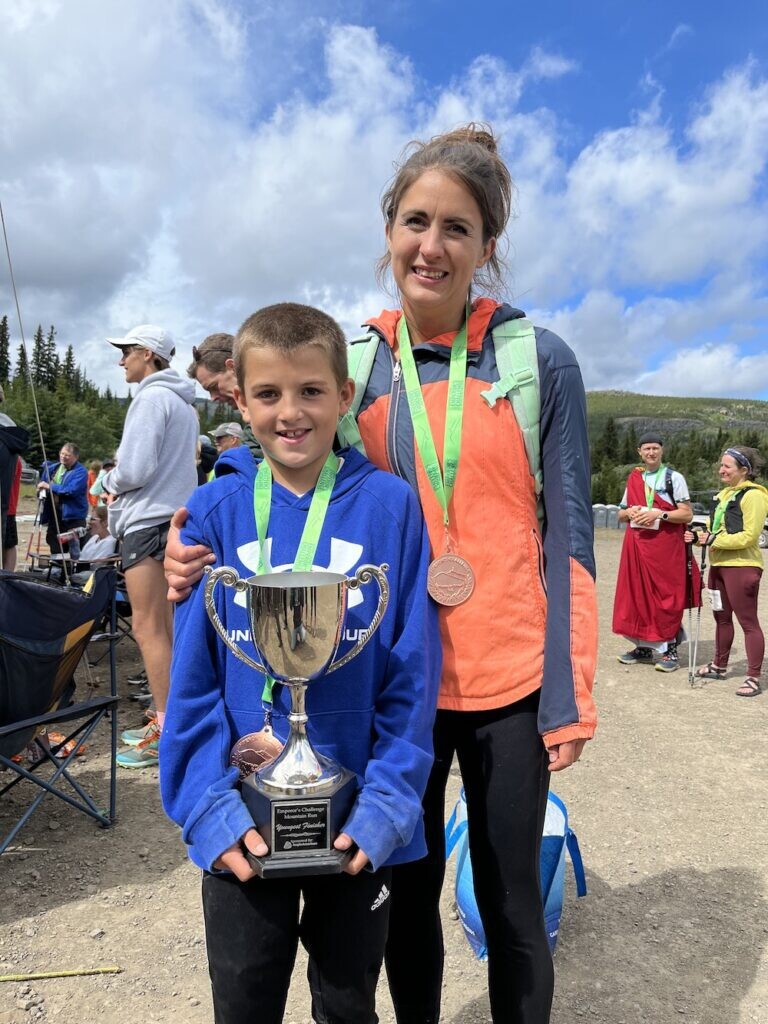
We reached Jacob and his mom, Cara, on a family trip to Newfoundland (they live in Swan Lake, about an hour and a half from Tumbler Ridge). Cara has run the Emperor’s Challenge twice before. She explained that her family are not necessarily proponents of barefoot running; Jacob simply prefers going shoeless (and sockless) most of the time, indoors and out, year-round. “He just really likes the feel of the ground under his feet,” she says.
Jacob told us there was an 8 km section of the course that was loose gravel, which, despite the thick calluses he has built up from going barefoot, was uncomfortable and slowed him down a lot. He plans to return to the race next year, but run it in shoes (at least the gravel parts), to try and improve his time. (He finished in 3:29.) “I did get some times where I was a little bit tired,” says Jacob, “but I never wanted to quit.” For his next race, Jacob is considering That Dam Run, a 16 km race in the mountains at Hudson’s Hope, B.C. on Sept. 25.
Jacob wasn’t the only competitor who achieved something unusual and significant at the race; Rose O’Neill ran it on a running prosthesis. O’Neill, who lives in Quesnel, B.C., took up running as a way to cope with domestic abuse before finally leaving her situation a few years ago. In 2019 she lost her lower right leg to amputation, due to nerve damage resulting from back surgery related to her abuse. This was her first successful race finish using the blade.
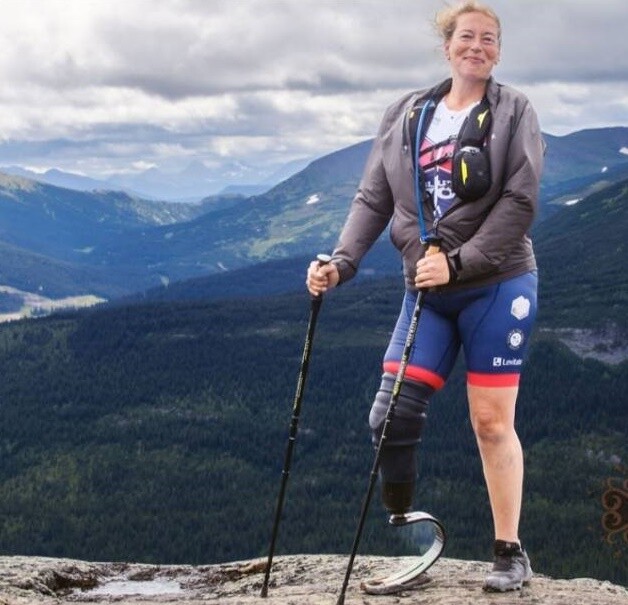
Earlier this year, she made it 30 km into a 50K ultra before her prosthesis broke, forcing her to pull out. At the Emperor’s Challenge, she had to stop and change the sock on her stump six times, due to sweat issues. She had run four times previously–as an able-bodied athlete, before she lost her leg. “Each time I stop, I have to take my leg off, dry it off, change my sock, and put everything back on,” she said, adding that when she races, she carries a pack with a first aid kit and dry socks. She finished about 20 minutes past the five-hour cutoff, but she was still elated with the accomplishment of finishing.
O’Neill, like Funk, hopes to improve her time next year; she says she’s sure she can finish the race 45 minutes faster, once she gets more accustomed to running with the blade. But she has another goal–to get more runners with disabilities to try challenges like this one. “No other adaptive athletes have run that race,” she says. “There’s a reason—it’s tough! But I want other people to see that they can do it, as well.”
The race was won by Kristopher Swanson of Tumbler Ridge in 1:31:47 and Carly Madge of Smithers, B.C., in 1:54:31. (Swanson has won the race every year since 1999, except in 2007, when he finished second, and has represented Canada at multiple World Mountain Running championships.)
(08/16/2022) Views: 889 ⚡AMPby Anne Francis
How to keep your feet healthy when preparing for a big run
Running can do wonders for your health, but it can wreak havoc on your feet — especially if you start training for a half or full marathon. Common foot issues associated with distance running include:
Blisters, Corns and calluses, Athlete’s foot, Lost toenails and Plantar fasciitis
Fortunately, you don’t have to let your long runs take a toll on your feet. John Jurcisin, DPM, brings more than 31 years of experience to Precision Footcare in Midtown East, New York City. As an avid distance runner, Dr. Jurcisin knows firsthand how proper foot care can keep your feet healthy and comfortable while you train.
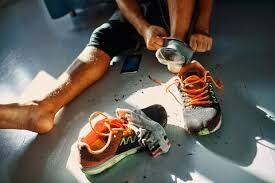
Pick the right shoes
Believe it or not, you need to pay as much attention to your running shoes as your non-running shoes. Make sure the shoes you wear for training fit correctly, and get measured each time you replace them, because your feet can continue expanding over time. When picking everyday footwear, pick options with rubber soles that provide plenty of cushioning, and avoid shoes with heels higher than one inch.
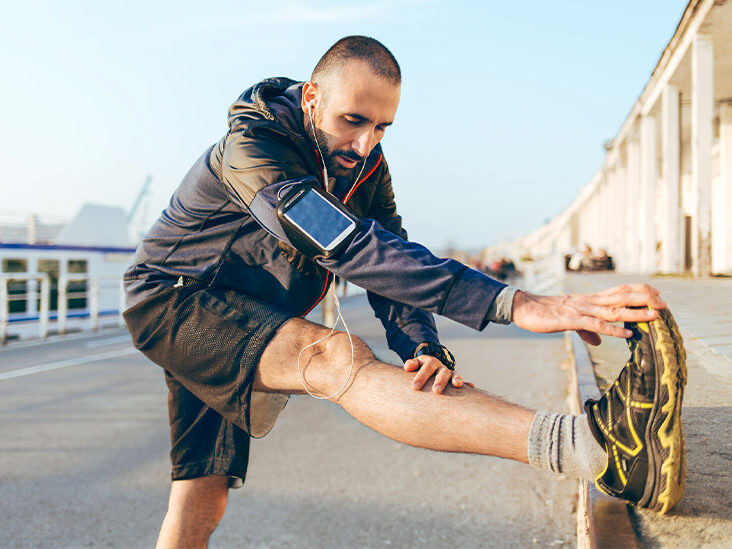
Take proper care of your shoes
On average, running shoes should last 350-500 miles. However, you may need new shoes sooner, depending on your gate, height, and weight. To extend the life of your shoes, store them indoors away from the heat. And, if any insoles or orthotics get wet, take them out and let them dry. Dr. Jurcisin also recommends having more than one pair of shoes, so you can rotate between them and have dry shoes at the ready.
Wear the right socks
Poorly fitting shoes aren’t the only cause of blisters and corns. Heading out in the wrong socks can also impact the fit of your shoes and lead to problems. Try experimenting with different brands, thicknesses, and fabrics to keep your feet dry and comfortable in every season. And don't lock yourself into one kind of socks. The kind that works in winter may not be a good option when summer rolls around.
Apply moisturizer to your feet
If you’re prone to blisters or painful cracking, it could be time to turn to moisturizer. Dr. Jurcisin recommends applying foot cream every day immediately after a shower or bath. This approach can help your feet retain the water they absorb during the shower and help your feet grow soft and smooth.
Keep your feet as dry as possible
It may not be easy to keep your feet dry when each of your feet has approximately 125,000 sweat glands capable of producing 4 ounces of moisture a day. And, when you add training through rain, sleet, and snow, you can have an even bigger problem. To help keep moisture at bay, wear lightweight and breathable socks along with waterproof training shoes when possible. And, never head out for a long run wearing wet or damp shoes or socks.
Cool down your feet
If you have feet that overheat or swell when the miles add up, try applying ice or submerging your feet in cold water immediately after your run. For noticeable swelling, try elevating your legs and applying ice packs for up to 20 minutes to pamper those tootsies.
Strength-train your feet
A strong body is a healthy body, and that goes for your feet, too. Dr. Jurcisin recommends going barefoot when you can and adding a few simple foot exercises to your schedule 2-3 times a week, such as:
Toe raises: Lift up on your toes 20 times
Heel drops: Stand on a step, then drop and raise your heels 20 times
Towel pulls: Use a towel to pull your toes toward you for 30 seconds
Toe grabs: Try grasping a marble or pencil with your toes
You can also use the big toe of each of your feet to pretend that you’re tracing all of the letters of the alphabet.
Don’t ignore a problem
Most importantly, don’t ignore a foot problem, even if it’s only a blister or tender spot. While these issues may not seem serious, they can develop into more painful and debilitating conditions without treatment.
(08/01/2022) Views: 883 ⚡AMPby Precision Footcare
What Is the Best Surface to Run On?
Some runners love trails, while others enjoy grass or sand or a synthetic track. Many may only really have access to asphalt roads, concrete sidewalks, or treadmills. But the best surface to run on depends on your body, your goals, and even your shoes.
Trying a New Surface
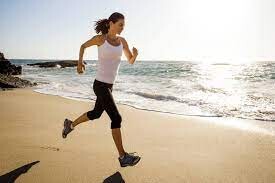
As a rule, healthy runners should always vary their running surfaces to improve strength and balance, and to help avoid injury.
Some helpful tips include:
Switch up your routes and incorporate trail running, some running on asphalt, track runs, and even the occasional sidewalk run.
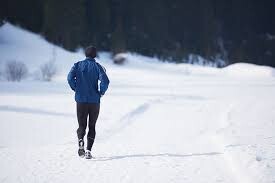
If you're training for a race, do the majority (but not 100 percent) of your runs on the same type of surface you’ll be racing on.
If you frequently run the same route, reverse direction every other run. That will adjust for any slant in the road, so you'll be working both sides of your body equally.
Adjusting to a new surface takes time. Remember, if you're testing out new terrain, you need to ease into it gradually.
Types of Surfaces to Run on
The best surface to run on is generally based on a runner's comfort level, access to different environments, and goals.
Asphalt
Although running on a sidewalk may sometimes be a safer choice (to avoid traffic), asphalt is a bit softer and therefore easier on your body than concrete. So, if you're running on a hard surface, opt for asphalt roads when you can, assuming they're safe.
Advantages of asphalt include consistency and uniformity, which makes it good for speed workouts. When you don't have to think about where you're placing each step, you can pick up your pace. This flat, solid surface also puts less strain on the Achilles tendon. Plus, asphalt roads are usually mapped, making it easy to track your mileage with an app, an online map, or your car's odometer.
Of course, asphalt's hard surface has its drawbacks—particularly the way it jolts the joints. You'll also need to take care to avoid traffic, potholes, and cambers (the slight downward incline at the very edge of the road).
Concrete
While harder than asphalt, concrete is a readily available running surface and one that is most practical for many people to use.
As an added bonus, concrete sidewalks are safe from traffic and tend to be smooth and flat. Research indicates that if you're not going too fast, the effect of the terrain, in terms of impact on the muscles and joints, is negligible.
Still, be aware of concrete cons. It's high-impact, especially if you are running fast. And you face obstacles such as curbs, pedestrians, and traffic when crossing streets.
Grass
Softer surfaces such as grass are definitely easier on your body than concrete or asphalt, but that doesn't mean there are no risks for common overuse injuries.
The good news about grass: It's low-impact, but still requires enough muscle strength to provide good training. You can do it barefoot or in minimalist shoes to improve foot strength. Grass is great for beginning runners because it means less pressure on the bottom of the foot, at least according to a few studies of plantar load.
However, runners can get injured on softer terrain, too, because it does not provide the same stability as a harder surface. Your feet will pronate, or roll inward, further, which could increase the strain on your muscles and joints, leading to injury (or re-injury in runners with a history of plantar fasciitis). Or you could twist an ankle on the uneven ground. Plus, grass is slippery when wet.
Trails
Like grass, dirt or wood-chip trails offer a cushioned surface for runners, and often pretty scenery to enjoy. They are a nice opportunity to switch things up.
Benefits of trail running include this lower-impact, joint-friendly surface, which means a lower risk of overuse injuries. It can also boost flexibility because of the need to make frequent adjustments in form and stride.
Of course, that could also be negative. A trail's tricky, uneven terrain (and sometimes slippery mud) puts runners at risk of twisted ankles and other traumatic injuries due to falls. It's also more difficult to run fast.
Sand
Running on sand is a whole different experience than many other surfaces. In fact, it's two of them, because of the contrast between wet and dry sand.
The benefits of beach running are evident: You get beautiful shoreline sights, sounds, and breezes. Sand (especially when it's wet) is very low-impact, but still offers an excellent workout because you have to resist against the surface as it gives. You will feel it in your calves the most, particularly if the sand is dry and deep.
Be careful, though, about running too far or too long on the beach, because the uneven, shifting surface is tiring. And if your beach path is slanted toward the water, you'll be running off-balance. The soft surface—while easy on the joints—is tough on the Achilles tendon.
Snow
If you live somewhere snowy and still want to get outside and run, it can be done. Warm clothing and grippers for your running shoes will help keep you safer.
Similar to sand, running on a snow-covered surface forces you into a slow and steady pace that still offers quite a workout. This could be good if you're coming off a break and need to be conservative. And running outside in winter keeps you off the treadmill.
Of course, you will still have to use caution. Snow and ice can be very slippery and unpredictable. The darkness of winter days also means more risk regarding safe conditions.
Track
If you're just recovering from a running injury and you're worried about a recurrence, your best bet is to run on a rubberized track, which will offer a level surface as well as good shock absorption.
Also on the plus side: Most high schools have tracks that are open to the public, so they're a safe, convenient option. Most tracks are 400 meters (about 1/4 mile), so it's easy for you to monitor your distance when you're running. That makes tracks a great option for speed training.
However, running laps can be tedious. If you always go in the same direction (typically counterclockwise), you'll tax the muscles on one side of your body more than the other. So it's important to switch directions. Even though the track offers a gentler surface than asphalt or concrete, going around the curves can still be tough on the joints. Plus, the rebounding effect of the synthetic surface can stress the IT band and calf muscles.
Treadmill
Most treadmills are padded, making them another good option if you're just back to running after an injury or you're injury-prone and want to reduce impact.5 Treadmills are also the best option if the weather conditions are too extreme for a safe run.
More treadmill pros include:
You set the pace and incline wherever you need it, and the machine forces you to keep up. (You can better simulate outdoor running by setting your treadmill at 1% incline.)
There are no obstacles or uneven surfaces.
You can run any time of the day or night without the risks you'd face outside.
Of course, treadmill boredom is real, and it may be harder to get a good workout when the belt is pushing you along. You also don't get the benefit of fresh air and breezes.
Again, you don't want to do all your running on a treadmill, as you might then have difficulty adjusting when you return to outside running. The bottom line is that varying your running surfaces will help prevent injuries and keep you from getting bored.
No matter what running surface you find yourself drawn to, your physical safety should always be at the top of your mind. If you find your buddy reacting negatively to the surfaces you're running on, seek medical attention; don't push yourself to the point of injury.
(07/27/2022) Views: 946 ⚡AMPby Christine Luff
Will racing flats help you crush that PB?
Do you want the minimal, feather-light shoes, the carbon-plated ones, or the shoes with a little extra cushioning on race day? With the seemingly endless array of styles and recommendations out there, it can be hard to know what choice will bring you the best results, and experts say it hinges on a few factors.
If you were a young person in the 1970s, you may have worn racing flats as a casual shoe: the running boom during that decade made racing flats everyday wear. When Canadian legend Terry Fox attempted to run across Canada, he wore a very minimal Adidas Orien flat; the shoe subsequently became incredibly popular, and a re-release was rapidly sold out.
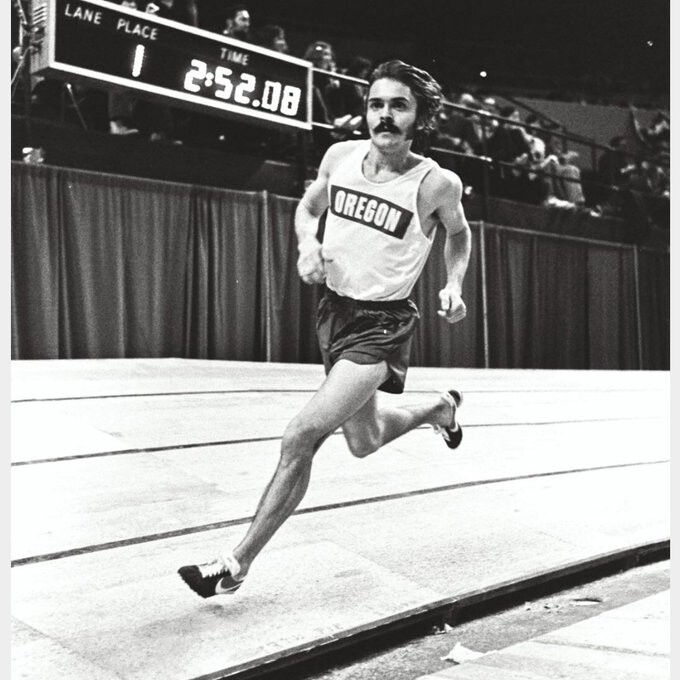
We spoke to Lethbridge-based coach, ultrarunner and race director Dean Johnson to gain some insight into your race-day choice of shoe.
“‘It depends’ is always a good start,” he says. The question simply doesn’t have a one-size-fits-all answer. “Before ‘super shoes’ (like the Nike Vaporfly), my opinion based on biomechanical researchers’ opinions was to wear the least amount of shoe possible. That refers to stack height (the amount of material between your foot and the ground) and weight,” Johnson adds.
“Up to 10K, most everyone can/should have some ‘fast’ shoes that they use for a serious tempo workout and races. They will have just enough padding to get you through the race. After the race, your feet will be a bit sore,” says Johnson. Racing flats are credited with encouraging less ground-contact time, creating a more economical, efficient stride. However, the elites who wear them are used to them; their foot muscles will have gained strength through practice.
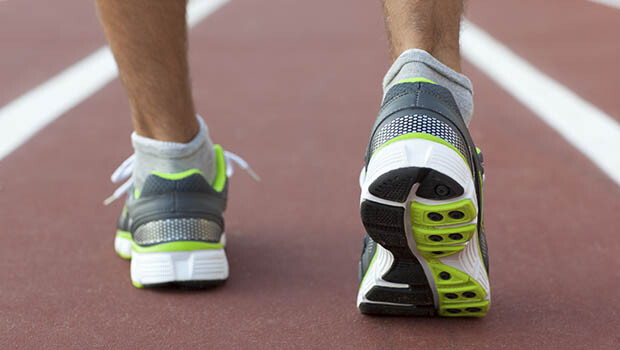
Johnson also suggests taking your running habits into consideration for longer races. “For the half and full marathon, it really depends on your pace, feet and gait. A person with a quick cadence who is likely a mid-foot striker can use a thinner shoe. If you are a hard heel-striker, you are going to need some cushioning,” he says. “If your feet are strong (you walk barefoot a lot or have minimally structured shoes), you can get away with very little padding and support in a racing shoe.”
Johnson recommends wearing your race-day shoes during practice sessions to see what feels best, and adjusting as needed. “All this should be tested out in your training, especially those tune-up races and race-pace long runs. If your feet get too sore during the run, you will compensate, slow down, and suffer more than you need,” he says.
There may be no perfect shoe for everyone, but there will be a shoe that you’ll feel and run your fastest in. Keep in mind that racing flats will wear out sooner than your other, more firmly constructed shoes: they have less support and less cushioning so they break down faster. Make sure you visit a store that specializes in running, try on a wide variety of shoes, and have some awareness of your own running style.
(07/25/2022) Views: 826 ⚡AMPby Running Magazine
The Ultimate Guide to Foot and Lower-Leg Pain
From plantar fasciitis to blisters, these are the top causes of foot pain for runners
At least 50 percent of runners are injured annually, according to a 2010 review published in Current Sports Medicine Reports, and feet are one of the main culprits. But foot pain can be hard to manage. Is it a serious injury? Just an ache? Can you push through, or will you make it worse?
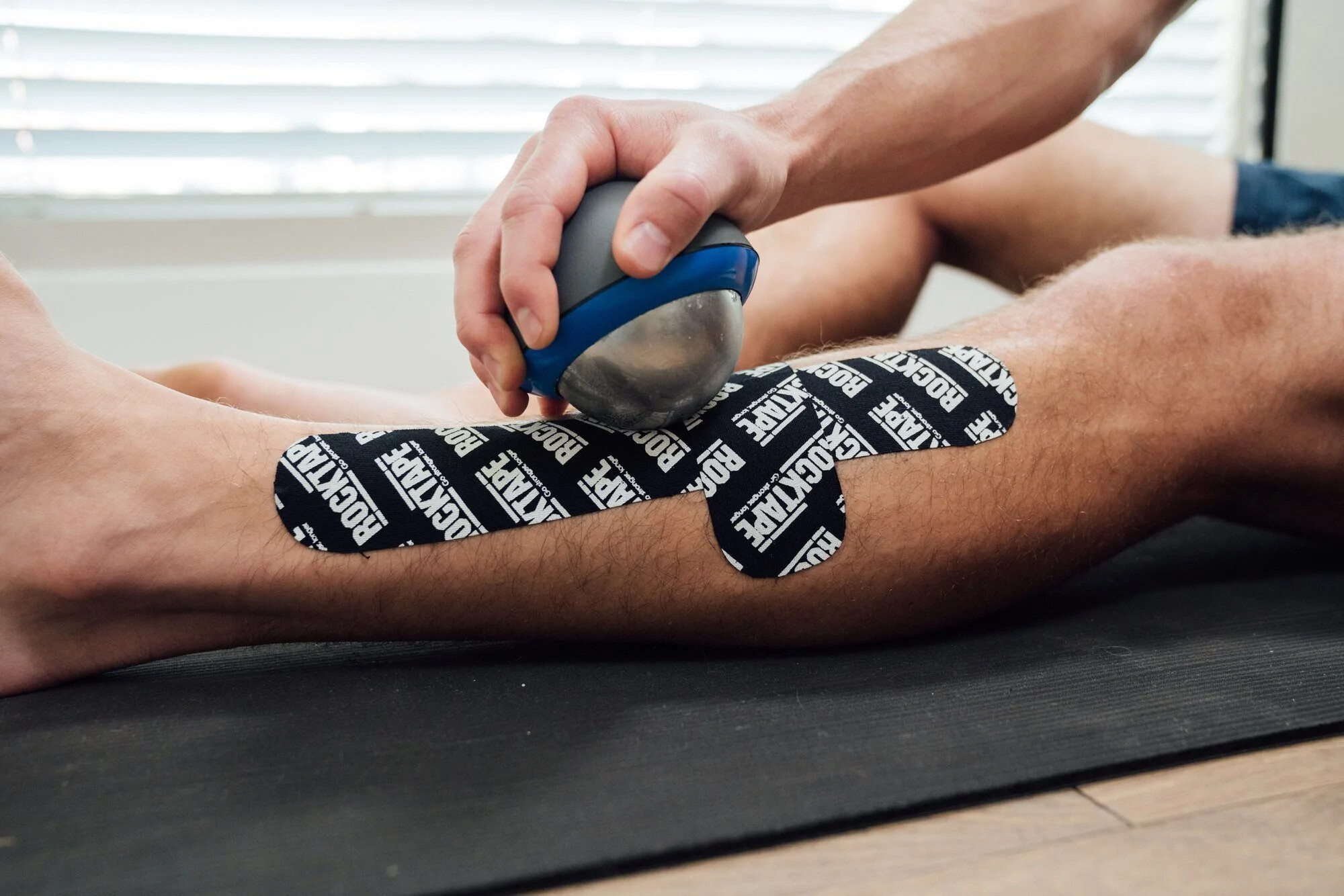
We asked two podiatrists to give us a rundown on the most common foot injuries for runners. Stephen M. Pribut, former president of the American Academy of Podiatric Sports Medicine, is a runner himself and has treated Olympic athletes. Lisa M. Schoene is a sports-medicine podiatrist and a certified athletic trainer who has been in practice for over 28 years.
Both Pribut and Schoene explained that most running-related foot injuries are a result of overuse, the wrong shoes, or an abrupt transition between different types of shoes. Natural foot shape and biomechanics also play a role. Here’s a helpful guide to figuring out why your feet hurt and how to jump-start your recovery. But of course, this doesn’t replace a visit to your doctor. If you’re dealing with serious or persistent pain, make an appointment with a physician.
Plantar Fasciitis
What it is:
The most common foot injury among runners is plantar fasciitis, an inflammation of a web of thick ligaments (the plantar fascia) that runs along the bottom of the foot and connects the heel bone to the bones of the forefoot. The plantar fascia support the arch of the foot and act as a spring for forward propulsion. The usual signs and symptoms include pain on the bottom of the heel, which could present as dull, sharp, or a burning ache, either directly below the calcaneus (heel bone) or toward the front of it. The pain typically comes on slowly and builds over multiple days or weeks. It can be strongest when you wake up in the morning or during a run.
Why you get it:
Overuse from an increase in training volume or intensity
Switching to a zero-drop shoe or a pair of shoes with less arch support
Tight Achilles tendons or calf muscles
Weight gain, which adds unaccustomed stress to the plantar fascia
How to fix it:
Reduce your training volume and intensity or, better yet, lay off running altogether for a few weeks. “If you keep running through your plantar fasciitis, it will inevitably get worse,” Schoene says, “but you can definitely cross-train.” In your day-to-day life, wear shoes with ample cushioning, arch support, and elevated heels. Seriously—whether they’re 12-millimeter drop running shoes, clogs, or kitten heels, they’ll alleviate the pressure on your plantar fascia. Avoid going barefoot.
When you return to running, ease back into it. If you had switched to different running shoes in the weeks before your pain started, it might be wise to switch back to something like what you had before. You’ll want a shoe with ample cushioning, a high drop, and good arch support. If the heel pain returns, go see a professional, because you might benefit from orthotics.
As for physical therapy, do 20 reps of towel crunches once or twice per day: place a towel on the floor, put your foot on top, and curl your toes to squeeze a fold of fabric. Stretch your calves from a step. Roll out your arches with a soft massage ball or a tennis ball (as opposed to a firmer lacrosse ball), and be extremely gentle around your heel. Roll out your lower legs with a foam roller or a massage stick to release tension in your calves and Achilles.
Achilles Tendonitis
What it is:
The Achilles tendon connects the calf muscle to the heel bone and is subject to repetitive stress. When the calf contracts, it pulls the heel up, and this movement allows us to push off our toes when we run, walk, or jump. Over time this can lead to inflammation, micro tears, and tendonitis. The tendonitis can be located at the insertion point where the Achilles connects to the heel bone, in the middle of the tendon, or higher up where the tendon attaches to the calf muscle. Achilles tendonitis typically involves pain or a dull ache behind the ankle, anywhere between the heel bone and the start of the calf muscle. This area can also swell and become red.
Why you get it:
Overuse from an increase in training volume or intensity
Hill workouts (running uphill puts more strain on the Achilles)
Change in running stride (heel strike to midfoot strike, or vice versa)
Worn-out shoes or switching to a flatter or less supportive shoe
Tight calf muscles
Hip and core weakness
How to fix it:
Shin Splints
What it is:
Shin splints is a catchall term for pain in the front of the shins, also known as medial tibial stress syndrome. The tibia, your shin bone, is the larger of the two bones in your lower leg, and this stress occurs in the midline of the bone and the surrounding tissue. This overuse injury is characterized by inflammation and possible micro tears in the posterior tibialis muscle (the key stabilizing muscle of the lower leg), as well as inflammation in the surrounding tissue and shinbone. Shin splints usually present as a throbbing, aching pain or soreness in the front or inside of the lower leg between the ankle and knee. Pain can last all day but is usually sharpest during each foot strike and right after exercise.
Why you get it:
Overuse from an increase in training volume or intensity
Poor foot mechanics, including overpronation (foot rolls inward), which puts repetitive tension and stress on the tibialis posterior muscle and tendon, which hold up the arch
Worn-out or unsupportive shoes that allow overpronation
Frequent running on hard surfaces, such as pavement or a track
How to fix it:
If your pain isn’t increasing, you can keep running, but you’ll recover much faster if you switch to low-impact cross-training until the pain and inflammation have subsided. If you continue to push through, it’s best to cut back on mileage and intensity, avoid hills, and stick to softer surfaces like trails. After runs, ice for 20 minutes on, 45 minutes off, repeating this sequence three times.
Posterior Tibial Tendonitis
What it is:
Posterior tibial tendonitis and shin splints are both inflammation injuries in the same muscle-tendon structure. While shin splints occur in the posterior tibialis muscle (the shin), posterior tibial tendonitis can occur in the tendon that wraps around the inside of the ankle and connects the muscle to the navicular bone at the midfoot. They can usually be traced to similar causes. If you’re dealing with tendonitis, you’ll feel pain, tenderness, and swelling around the inside of the ankle and sometimes down to the navicular bone.
Why you get it:
Overuse from an increase in training volume or intensity
Overpronation (foot rolls inward), which puts repetitive tension and stress on the posterior tibialis muscle and tendon
Worn-out or unsupportive shoes that allow overpronation
How to fix it:
See the above steps for shin splints. Wearing an ankle-compression sleeve can also help alleviate pain and prevent further injury when you return to running.
Peroneal Tendonitis
What it is:
Peroneal tendonitis is posterior tibial tendonitis’s evil twin—it’s an inflammatory injury of the peroneal tendons (there are two) on the outside of the ankle. The main function of these tendons is to stabilize the foot and the ankle and prevent them from rolling outward. Unlike the majority of the other injuries listed here, peroneal tendonitis can be acute (from a single injury, like rolling your ankle) or result from overuse. The usual signs and symptoms are pain, tenderness, and swelling around the outside of the ankle and possibly down to the outside of the midfoot. Pain can sometimes occur on the bottom of the foot, where it is often mistaken for plantar fasciitis.
Why you get it:
Overuse from an increase in training volume or intensity
Supination
Unsupportive or too soft shoes that allow supination
Chronic ankle instability
Inversion ankle sprain (foot inverts and ankle rolls to the outside)
Running on uneven terrain with roots, rocks, and other obstacles that stress the ankles
Lateral sports that involve quick changes of direction
Always running around a track in the same direction
How to fix it:
Reduce your training volume and intensity, and wear an ankle-compression sleeve for support when you run. Switch to shoes with firmer stability to prevent supination. Orthotics might help severe supination, and heel lifts can help relieve tension on the tendon. After runs, ice for 20 minutes on, 45 minutes off, and repeat this sequence three times. While you recover, avoid knobby trails and technical terrain where you risk rolling or straining the ankle.
Spend some time on a wobble board to improve your balance and ankle strength. Start with one to two minutes, going side to side, front to back, and in circles, to improve your balance and ankle strength. Build up to longer sessions of up to ten minutes. Stretch your calves and roll out your lower legs (avoid rolling over the ankle bone). Once the pain is gone, begin a strength-training routine to target the calves, the core, and the hips.
Metatarsal Capsulitis and Morton’s Neuroma
What they are:
Metatarsalgia is a general term to describe pain, tenderness, and inflammation in the ball of the foot. Usually, that pain comes from metatarsal capsulitis: swelling in the capsule surrounding the joint where your toe meets your foot, typically at the second toe. Morton’s neuroma, the enlargement of the nerves between your foot bones, feels similar, though the pain is closer to the outside of the foot, at the third and fourth toes.
Sharp, aching, or radiating pain in the ball of the foot is a common symptom of both metatarsalgia and Morton’s neuroma. The pain typically worsens during exercise or when you wear a firm or tight shoe. Pain or a sensation of numbness can also extend into the toes. You might also get the feeling that there’s a bunch in your sock or a pebble in your shoe under the ball of your foot.
Why you get them:
Overuse from an increase in training volume or intensity
Shoes that are too narrow or tight (including climbing or cycling shoes)
Low-cushion or minimalist shoes
Bunions (the curvature of the big toe can put more pressure on the second toe, creating a greater risk of capsulitis)
How to fix them:
If you’re dealing with capsulitis, lay off running altogether for a few weeks and visit your doctor. “You want to jump on capsulitis as quickly as you can, because the capsule around the joint can tear, and if that happens, the second toe can pop up into what we call hammer toe, which is very unstable and painful,” says Shoene. In daily life, wear a wider, high-cushion shoe with a rockered sole to remove some of the impact and stress to the metatarsal bones and joints.
For Morton’s neuroma, switching to a wider, high-cushioned shoe often brings immediate pain relief, since that decreases pressure on the nerve. If the pain is manageable and begins to fade, you can usually continue running and training with a wider shoe.
Stress Fracture
What it is:
A stress fracture is a hairline crack or group of cracks in a bone. These can happen in any bone, but for runners, they most commonly occur in the tibia (and are often associated with shin splints), metatarsals, and the calcaneus (heel bone). This is primarily an overuse injury but can also result from a single event, for example, if you’re used to running on softer trails and then complete a long road race in low-cushioned shoes. Typically, stress fractures present as an aching or burning pain, usually localized, anywhere along a bone.
Why you get it:
Overuse from an increase in training volume or intensity
Running frequently on hard surfaces or a track in a single direction
Running in low-cushioned shoes, such as track spikes or minimalist shoes
Eating disorders or energy imbalances (burning more calories than you’re consuming)
The female-athlete triad: an eating disorder, amenorrhea (the absence of a period), and osteoporosis
“It often starts as a physiological change at the cellular level, where you’ll have decreased production of new bone, increased absorption of bone, and an inflammatory component that can cause pain,” says Pribut. “As bone density decreases and the stress of running continues, it can become a physical crack.”
How to fix it:
Reduce training volume and intensity, and visit your doctor. Switch to a high-cushioned, rockered shoe, such as those made by Hoka, to reduce impact forces. Eat a well-balanced diet with adequate calcium and vitamin D. Build consolidation weeks—during which you back off your mileage—into your training plan to give your body a chance to recover and put the calcium where it needs to be.
“Runners have good pain tolerance and often ignore the issue,” says Pribut. “Listen to your body for warning signs. If your bones are achy, back off the training immediately, assess, and get to work on recovery.”
Mild stress fractures can heal in approximately three to six weeks if you’re diligent about recovery, but serious stress fractures can take six weeks to three months to heal and might require a walking cast. If you’re prone to stress fractures, consult a medical professional and ask for a bone-density scan.
Blisters and Black Toenails
What they are:
You probably don’t need help identifying blisters and blackened toenails (which form when blood vessels rupture beneath the nail). They can sneak up on you anytime, and, if you’re lucky, you’ll only notice once you take off your shoes. That said, they can certainly derail a run or two, with burning pain or dull achiness.
Why you get them:
Blisters result from prolonged friction, pressure, and moisture, all of which can be exacerbated by your shoe and sock choice.
Black toenails come from repetitive trauma to the nail bed, usually from the toe hitting the front or top of the inside of a shoe, which can be exacerbated by ill-fitting shoes and long downhills.
How to fix them:
Both blisters and black toenails generally resolve on their own. In the case that a blister ruptures or a toenail falls off, do your best to keep it clean and otherwise leave it alone.
To avoid blisters, keep your feet dry with moisture-wicking socks and breathable shoes. During long training runs or races, periodically change into fresh socks, and even shoes, if you can. If you’re getting a hot spot, dry your feet and try to put padding around the area.
Buy shoes that fit well. Shoes that are too tight cause excessive pressure, which leads to blisters and jams your toes against the top or front of the shoe. Shoes that are too loose allow for too much movement within the shoe, which causes blisters and black toenails, especially on the downhill. If you just bought new shoes, break them in around the house, office, or on shorter runs before using them for a long run or race.
(07/09/2022) Views: 966 ⚡AMPby Outside
Nine ways to improve your running tecnique
1.- Don't Run Heels First
Avoid striking the pavement with your heels—save that for your power walks. "When you walk, you keep one foot in contact with the ground, while running has a moment of weightlessness in the stride," says Alex Figueroa, a running coach and creator of Priority1 Wellness in Miami Beach. Running with a heel landing can contribute to back and knee pain.
2.- Do Land on the Midsole of Your Foot
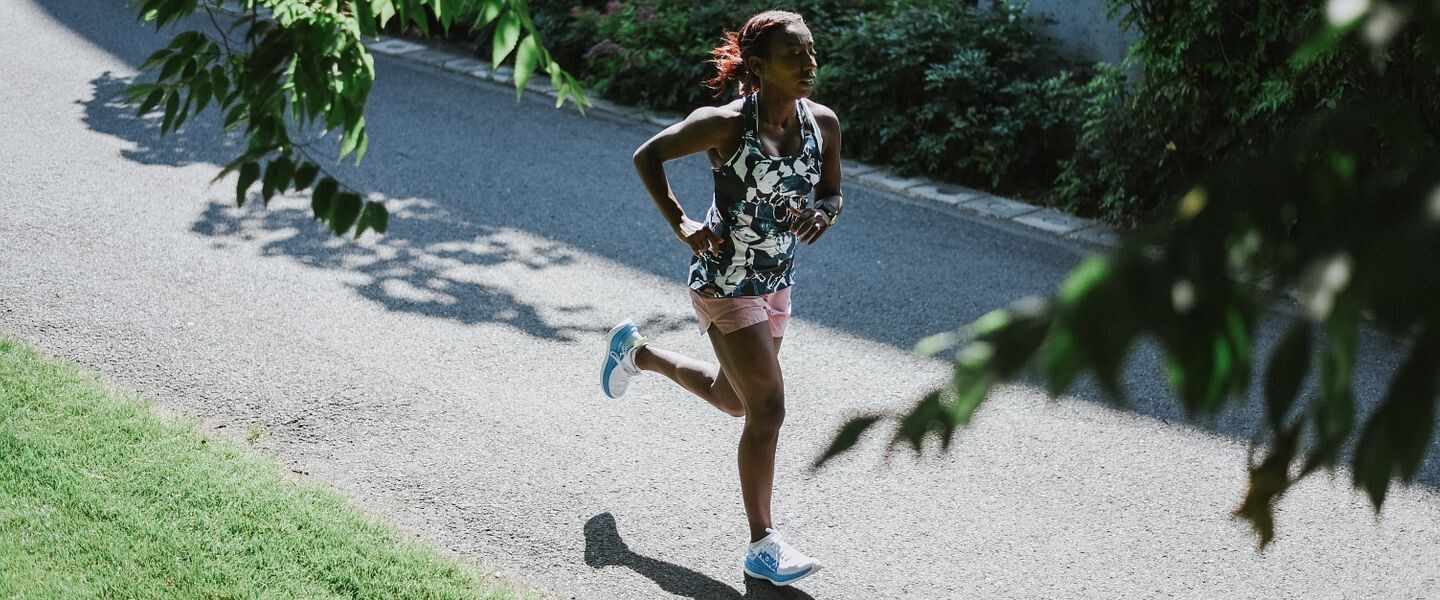
Landing on your forefoot (instead of your heels) allows your muscles to catch the weight of your body in flight, reducing the effects of impact on the joints and bones.
3.- Don't Use a Long Stride
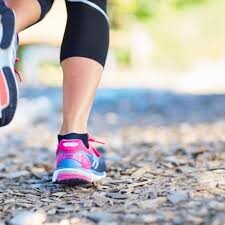
Leaping forward while you run is inefficient and an energy drain. Instead, stand tall and lean forward, and when you feel like you are going to fall, step forward just enough to catch yourself. This should be the length of your stride. It takes less energy to fall than to reach your foot in front of you.
4.- Do Take Short Effective Strides
Less motion through the joint means less wear and tear and improved efficiency during your runs, says Figueroa. Using a shorter stride reduces the movement within any joint (for running, this means the joints of the ankles, knees, and hips), and less movement means a longer, healthier life for these joints.
5.- Do Invest In Barefoot Running Shoes
“When it comes to support, less is more," says Figueroa. Build up to wearing shoes with minimal support, like NIKE Free or Vibram Five Fingers, to help strengthen and develop the natural muscular support in your foot and ankle. But don’t toss your sneakers just yet – slowly begin by running, one block at a time, with less support to gradually strengthen the muscles in your feet. Developing foot strength can help make everything stronger, including your ankles, knees, hips, and lower back
6.- Don't Run as Hard As You Can
Many runners think if they can run fast, they are running efficiently, which isn’t the case. In fact, Figueroa recommends runners slow down to learn how to run farther, faster. “Slow down and wear a heart rate monitor to train smarter, not harder," suggests Figueroa. Set your heart rate monitor to keep your running at a desired pace, and then don’t exceed that set pace. Your body will adapt, and then you’ll be able to run more comfortably at this pace, meaning you will be able to run faster without pushing any harder.
7.- Do Work Up to Running Farther, Faster
Build your run one block, or one minute at a time, says Figueroa. Walk between running intervals and recover actively. You can work on speed or form and technique during your “work intervals" and then recover with an easy jog or power walk in between. Interval training can provide you with faster results in the same amount of time.
8.- Don't Get Stuck on the Odometer
Running three, five or even 26 miles doesn't really tell you if there is any progress in your run, says Figueroa. Instead, track the amount of time that you're running and monitor your intensity using a heart rate monitor.
9.- Do Run for Time
Try to improve covering the same distance in less time. For example, set your workout to run for 30 minutes and see how much distance you can cover instead of running for four miles harder than you can safely run, suggests Figueroa. The more you train, the easier your runs will become. You can either cover the same distance with greater ease, or maintain the same intensity and run farther in the same amount of time.
(03/29/2022) Views: 1,090 ⚡AMPby Jessica Smith
Pro Runner Ben Blankenship Believes High Mileage Is Overrated
Ben Blankenship of Oregon Track Club Elite believes there are other important ways to measure running success.
Hear me out: High mileage is overrated.
A couple months ago, I posted that on Instagram. Mostly because it’s true—I don’t think running high mileage is always the best way to reach your potential—and partially because I’m a guy who loves to stir the pot.
It definitely drummed up conversation. I received dozens of comments and messages, some defending mileage, some agreeing with me, but all coming to a similar conclusion: It depends on runners to learn what’s best for themselves.
What worked for me? I came from a low-mileage, high-intensity high school program. The Minnesota track season was only a few months long, due to weather and the popularity of winter sports. We didn’t have an indoor track season either. Outdoors we would race twice a week, go to state, and that would be it.
When I started my college career at the University of Minnesota, coach Steve Plasencia focused on longevity. He wanted us to have a long and prosperous career, even post-collegiately, so he never had us immediately reach for high mileage. Also, back in the early 2010s, not everyone had GPS watches. So when I return to my college running loops, I’m like, man, that used to feel longer than it actually is, because we never actually measured them.
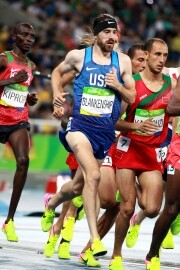
When I began my professional career with the Oregon Track Club Elite in Eugene, coach Mark Rowland eased me into higher volume. Instead of getting stuck in the mentality of needing a certain amount of miles, I put the emphasis on how good my workout sessions were. It was all about being able to handle high intensity at high volume with low rest.
For example, I remember one workout when I switched between four 1,000-meter repeats on a trail, eight 400-meter repeats on the track, then back to the trail for another four 1,000-meter repeats. I only had half each rep’s time to recover. Whenever I was able to complete those types of workouts feeling strong, I knew I was in good shape.
The philosophy worked. I saw plenty of success in the 1500 meters, qualifying for the 2016 Olympics and earning a spot in the final.
After that Olympic cycle, I wanted to become a versatile athlete, able to run fast at any race distance. I already had so much quality work behind me that I thought, “What’s left to do?”
My answer at the time was more mileage. So from 2017 to 2019, I upped my weekly average from 75 to 100. I decided to test my new philosophy by chasing the 10,000-meter Olympic standard of 27:28.00, because I have a romantic view of the 10K. It’s poetry in laps.
The guys I trained with were all 100-mile-plus-week types, so I added six-mile afternoon doubles and longer cooldowns with them to prepare. I kept thinking how awesome it was to be a high-mileage runner. At the end of 2019, I got a little banged up with injuries. So to come back stronger, I doubled down on the mileage.
It worked for a while. I debuted over 10,000 meters with a 28:08.20 in August 2020. But I felt stiff, tired, and not very productive in my workout sessions—exactly the opposite of what my philosophy used to be.
Toward the end of 2020, the real injuries started. I hurt my Achilles and my plantar, and suffered a small tear in my hamstring. I eventually ended up with a stress fracture in my tibia in late spring 2021.
As a result, my buildup to the Olympic Trials wasn’t great. I had almost zero on-the-ground training; I was either in the pool or on the bike.
While I wasn’t as competitive as I had been in years past, I was amazed at my racing ability, making the semis despite not running much in my buildup. That was eye-opening. What was I doing to get my cardiovascular fitness up? What was I able to do neurologically without the pounding of running?
Now, I know that much of it has to do with how long I’ve been doing this. I have 18 years of running in me, week in and week out. That has allowed me to sit back and say, “Okay, what weaknesses do I need to focus on?” instead of worrying about an entire rounded-out training program. So I realized I don’t have to run high mileage—there are other ways to get better at running.
As a 33-year-old, my focus is to be athletic. After the Olympic Trials, I started to play basketball. I felt strong and powerful, and my range of motion was fluid and comfortable. I returned to training refreshed and ran a couple of good races.
Not everyone is built for other sports or willing to risk running to play them. I remember my parents putting hockey skates on me and my ankles just not moving that way. But one easy way to stay athletic is to prioritize fast running. A lot of runners will throw strides in after a run when their body is already tired. But I propose making them the main focus sometimes.
Get to the track, warm up for 15 to 20 minutes, put some spikes on, and prioritize moving quickly. Run efficiently and fast for 80 meters, the first 60 percent easier and the last 40 percent harder. Walk and jog the next 320 meters and do another. In total, do eight to 10. Think about using good form and pulling yourself forward off the ground. On a nice day, you can even find a turf field and kick your shoes off for some barefoot strides. Follow the same idea as before, but instead of measuring out meters, just run the diagonal across a soccer field and jog a lap for rest.
Keep in mind, this is what I’ve learned throughout the course of my career. If you’re a beginner, you might get overwhelmed by the different perspectives out there. So my main advice is to be a student of the sport. Ask yourself: Why am I running these miles? What am I getting out of the work I’m putting in? Why am I doing this type of workout, this type of run, this type of cross-training?
If it makes sense for you to run higher mileage because you’re new to running and need to build a base, then do it. What high mileage means completely depends on the person; for some 40 is a lot, for others 100 is. But if you’re suffering for the sole purpose of suffering, then you’re doing it wrong. The goal is to improve yourself. Success is more likely to come if you focus on the purpose of your miles instead of the number of miles you run.
(03/19/2022) Views: 837 ⚡AMPby Runner’s World
Brooklyn resident runs shirtless in a blizzard
It turns out Canadians aren’t the only ones who know a thing or two about braving the cold. When a big winter storm hit New York City this weekend, one Brooklyn runner laced up his shoes and stepped out for a 10-mile (16km) run, but he left his shirt at home. The runner, Tim Zhou, was interviewed by a local news station, where he revealed this has become an annual tradition.
Zhou told the reporter that he’s been doing this for a couple of years, saying that he prepares himself by doing ice baths and cold showers. “You get used to the cold,” he said. “So you go out on days like these and you don’t really feel it.”
This tradition puts Zhou among the ranks of barefoot winter runners and these guys, who ran shirtless after a blizzard in Whiterock, B.C., and while he’s certainly a brave runner, it’s possible he’s part of the 20 per cent of the population who’s genetically resilient to the cold.
(02/05/2022) Views: 951 ⚡AMP
by Running Magazine
Meet Sabina Chebichi the barefoot petticoat runner
Sabina Chebichi was born on 13/5/1959, she won her first marathon in 1973 while barefoot and wearing nothing but a petticoat. Sabina went on to become the first Kenyan female athlete to win a medal at the Commonwealth Games in 1974.
Chebichi started running in 1972, her first race was at Kechiko which she won.
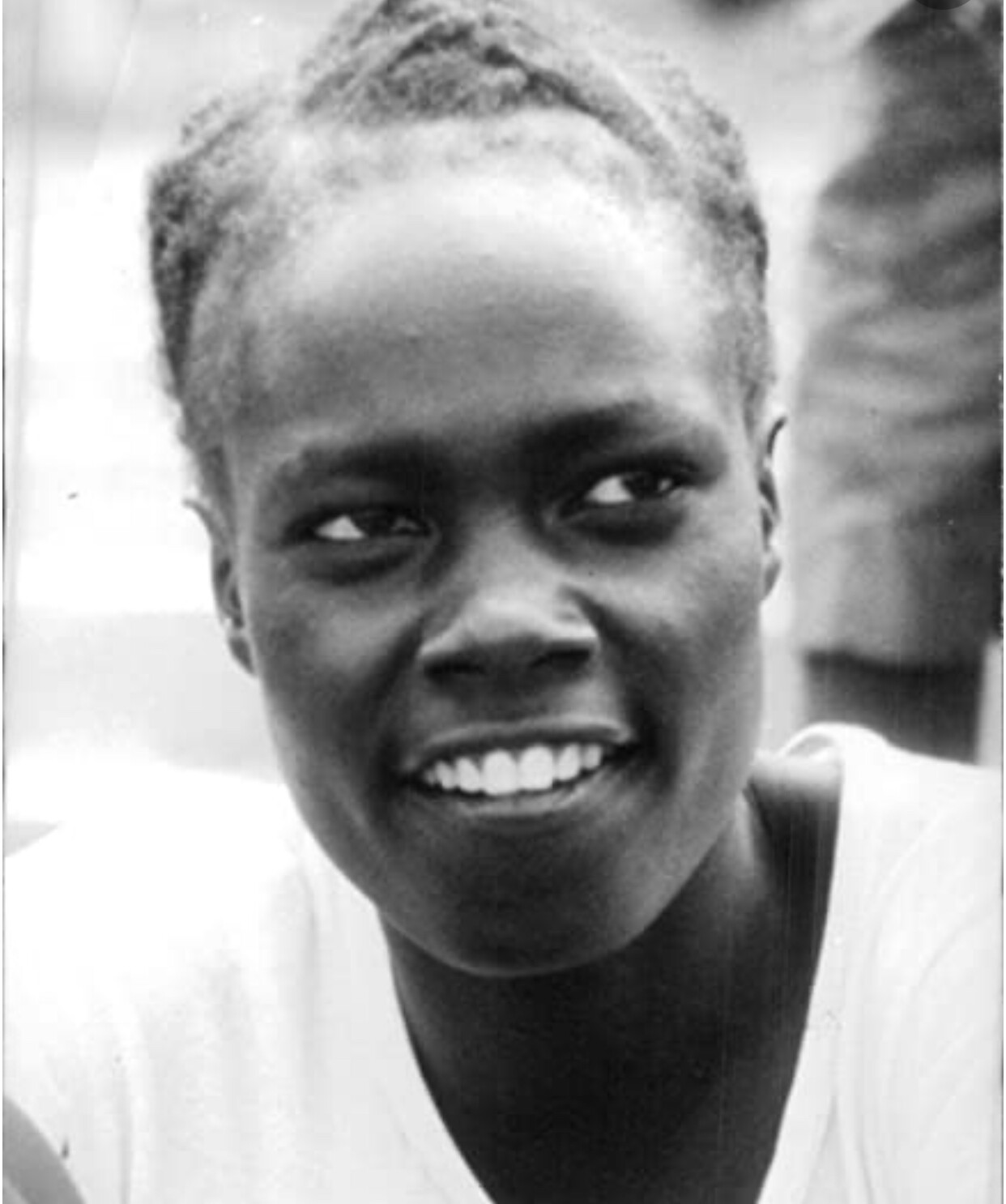
When news about a schoolgirl competing without any kit broke out in the media, Feisal Sherman who was Secretary of Kenya's Amateur Athletic Association (now Athletics Kenya) sent her running kit and proper shoes.

At 14 years of age, Chebichi became the first Kenyan female athlete to win a medal at the Commonwealth Games in 1974, she won bronze in the 800m Women's race at 2:02.61 mins, she went on to compete in the 4 × 400 m Relay and 1500m race.
(01/15/2022) Views: 3,130 ⚡AMPDoes footwear matter when running on a treadmill?
When running outdoors, some runners prefer to have higher cushioned shoes to embrace the impact of the pavement on their body, but when running on the treadmill, what type of shoes should you wear?
Although there is no clear-cut shoe that is best for treadmill running, you will want something comfortable, lightweight and breathable. Since the surface of the treadmill is cushioned, you should not combine it with high cushioned running shoes, they can allow you to strike harder on the surface, which can ultimately lead to lots of wear and tear on your body.
If you thought about running on the treadmill barefoot or in socks, don’t. It is an accident waiting to happen. Running barefoot may lead to burning on the soles of your feet from the friction of the belt. You are also in danger of stubbing your toes against the front of the machine.
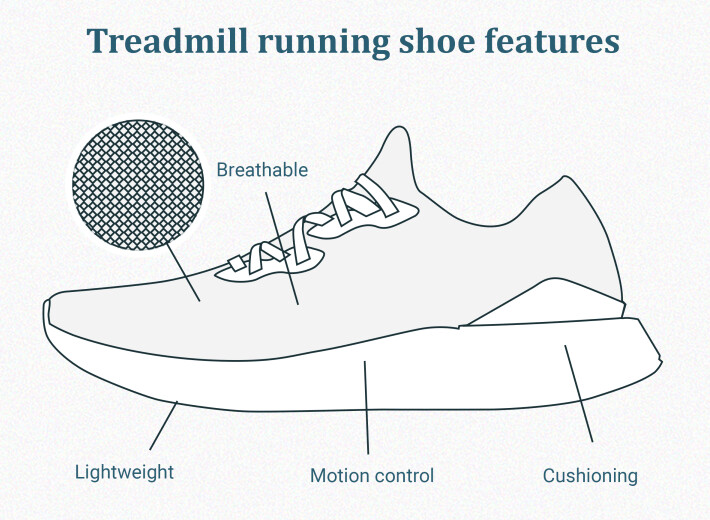
The sweat from your feet will generate moisture on the belt, which could you make you prone to slip and become an internet GIF.
There haven’t been any studies on running efficiency when wearing carbon-plated shoes on the treadmill. But most carbon plated models aren’t built for treadmill mileage and lack the support for long training runs.
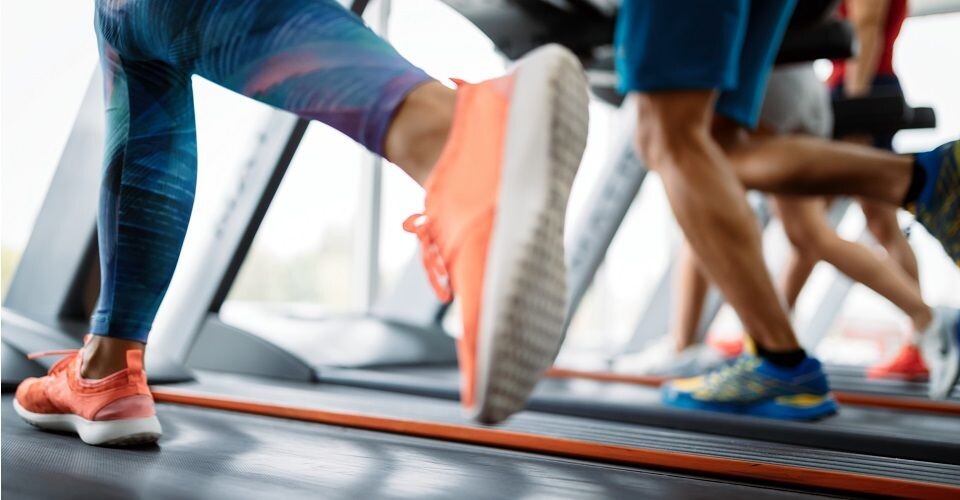
Here are a few tips for finding the right treadmill shoe:
The shoes should be lightweight. This makes it easier to maintain a high cadence, especially when doing treadmill intervals.
The most important factor when buying any type of running shoe is comfort.
Make sure the shoes are breathable. You may begin to experience issues such as cramping or burning soles if the upper is too bulky and tight. Good treadmill running shoes should bend and breathe around the ball of your foot area.
(12/15/2021) Views: 905 ⚡AMPby Marley Dickinson
Why Running Doesn’t Suck
MY JOURNEY to loving running was a tortuous one. It began at my small high school in Portland, Oregon, where the cross-country coach, often too short on athletes to field a competitive team, would poach members of the soccer team for important races. During my junior year, I was one of those reluctant recruits, and over the course of a half-dozen races I learned two lessons. The first was that I was reasonably fast but would never be a podium threat. The second? That running sucks.
I realize that statement doesn’t exactly square with the headline of this essay, but bear with me. After 25 years of lacing up my foam-cushioned shoes and heading out the door nearly every morning, I think I’ve collected a decent amount of wisdom about the sport, the most important of which is that you can’t skip over the part of running that sucks. You can learn to move through the discomfort of pushing yourself physically and the boredom of traveling the same neighborhood route for the 50th time, but on some level, on most days, there are long stretches during which even a slow jog can feel more like work than play. This is especially true when you’re just starting out, and it’s why a lot of people give up—or never fully commit in the first place. Who wants to subject themselves to that kind of suffering?

It’s a fair question, but with an undeniable answer: A lot of us. There are 55.9 million runners in the U.S. alone, according to market-data firm Statista. You see us on the streets every morning during your commute, and you should definitely join us. Ask a hundred runners why they’re out there and you’ll get close to a hundred different reasons. Motivation is a very personal thing. But there are a few common themes that keep people in the game, despite the suckitude.
Running is the key to unlocking a life of adventure. The fitness base it builds translates to nearly every outdoor sport, from hiking to climbing to surfing. If you can run, almost everything else is easier.
Running has essentially no barriers to entry. There isn’t any expensive gear required. You can run in a cheap pair of Chuck Taylors and jorts. Or go barefoot if you like. No one in the running community cares if you’re wearing a simple cotton T-shirt or a $95 moisture-wicking performance top.
Even if you think you’re not a runner, you are. Maybe it’s been years, but you almost certainly know how to run. If you’re looking to start out, just run 100 yards down your block. Slowly. If that’s when it begins to suck, that’s OK. Walk for the rest of your “run.” Tomorrow try 150 yards. Congratulations—you’re now a runner. You don’t have to bag a marathon to call yourself that.
A good soul-cleansing run is accessible anywhere, at any time. Your running shoes won’t get a flat tire. Your daily run doesn’t depend on fresh snow or good surf. You can run when it’s zero degrees and when it’s 100 degrees. And you can set out from any front door—whether that’s your house or the hotel you’re staying at in Midtown Manhattan.
Those are the practical reasons to take up running. But here’s the truth: most of us, including me, learned to love running because it’s a drug. The so-called runner’s high—a shot of endocannabinoids that kicks in after 30 minutes or so—is real. It’s also free and healthy for everyone. String together a few runs and you’ll probably feel it. String together a few weeks’ worth and it will start to alter your brain chemistry. I know this because on the days I run, I have less anxiety, think through problems clearly, and remain unflappably optimistic. On the days I don’t run? Best to keep your distance. That’s what really motivates me to run every day, and why I think everyone else should, too. It’s why I can tell you that while there are things about running that will always suck, they don't really matter—that pushing through the suffering to achieve a goal, whether two miles or 26.2, is worth it. Because running will change your life.
(11/20/2021) Views: 653 ⚡AMPFour easy and effective ways to relax your feet and legs before your next run
It’s important to be properly prepared for your next run. A lot of people overlook the importance of warming up their muscles before they start running, and that can lead to injury. One way you can warm up your legs is by using a foam roller or rolling pin if you don’t have one. This will help loosen up any tight muscles, which will make it easier for you to run when the time comes!
1.- Massage Chair
You can use a massage chair to relax your lower legs and feet. You should be able to find this at department stores or online retailers like Amazon. It’s pretty self-explanatory how it works – you just plug the machine in, sit back and let it do its job! We recommend finding a premium massage chair that comes with different modes (tilt pressure, intensity of vibration/heat). These are good because then you’ll have a variety of options on which setting will work best for what your needs may be at that time. Once again, if you’re using these types of gadgets regularly we suggest wearing socks as opposed to going barefoot otherwise you risk damaging other parts of your body by slipping relative to the surface where the device is located.
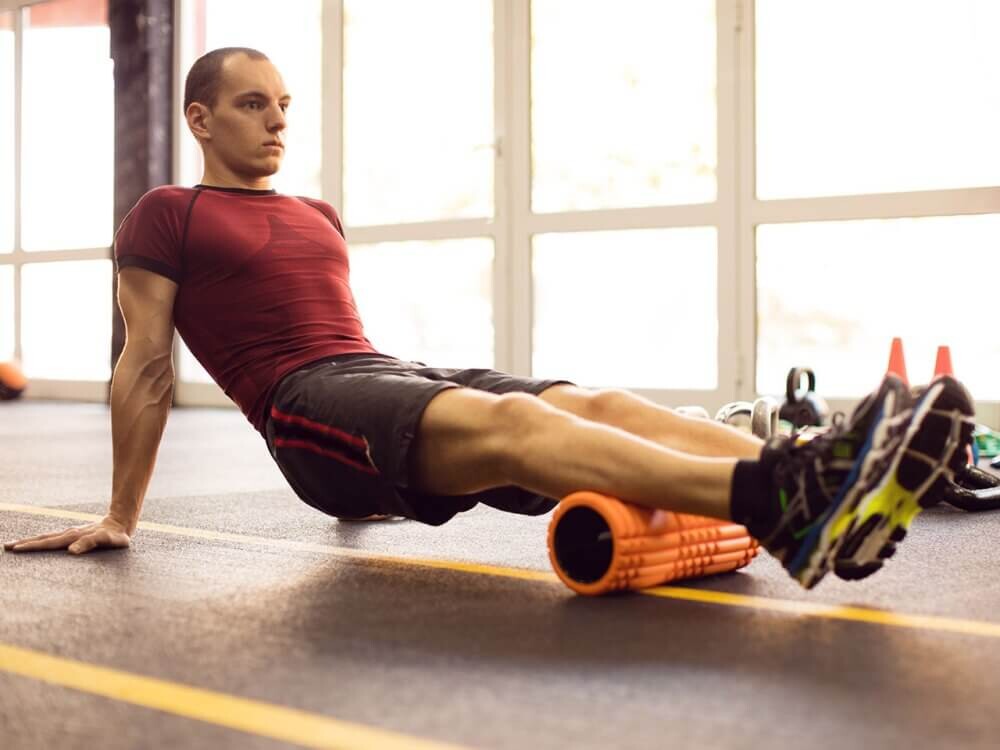
2.- Use A Foam Roller Or Rolling Pin
You can use a foam roller or rolling pin to roll out your calves and feet. If you don’t have a foam roller, use a tennis ball or rolling pin to do the same thing. When you find tender spots in your legs and feet (you will), hold that spot on the roller for 15-30 seconds without moving it – this is called trigger point therapy and can help relieve muscular tension. It helps to release tight muscles. It can help reduce pain, increase circulation and relieve soreness in your legs. For those of you who don’t run every day – it’s good if you’re recovering from an injury or haven’t done any exercise for some time (like me). You can use them on other parts of the body like the upper back as well!
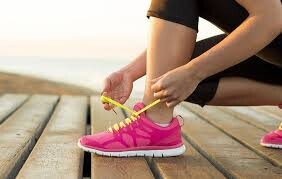
You should be able to find these at sports stores or by searching online retailers. We recommend buying one that is firm but not too hard so that it feels uncomfortable when used properly. If you have sensitive skin, try putting a towel over top first just to protect yourself before applying pressure with the implements mentioned above onto your calves/feet.
3.- Compression Socks
Compression socks can help keep your legs and feet warm, which is important to avoid injuries such as muscle cramps. A lack of blood flow to the muscles in your lower body can result in leg cramping during a run.
Compression apparel like calf sleeves or compression socks reduce inflammation and increase circulation that will assist with warming up those areas. This is especially helpful before running on cold days when you’re more susceptible to injury. Your clothing choices play an essential role as well because if you wear loose pants over top of your compression garments they could bunch up around your ankles making it hard for them to do their job properly – therefore reducing any benefits from wearing them.
4.- Yoga
Yoga has many health benefits, including relaxing your legs and feet. It’s no secret that yoga is good for you in the long run – but what some people don’t realize is how it can also benefit runners before they run! The best part about this solution is that it doesn’t require any extra gadgets or equipment to implement into your life. All it requires on your end is using up an hour of free time where you’ll stay off of your feet (yes – even if you’re lying down) to relax them after getting home from work or school so they are ready to go when the next day comes around again. Here’s a list of simple poses anyone can do at home: Child pose, Bridge Pose, Corpse Pose, Happy Baby.
You may also want to try the Surya Namaskar (Sun Salutation) sequence – this is a traditional yoga series that stretches your entire body and can help loosen up any tension in your lower limbs as it did for me! I suggest checking out some tutorials online before attempting them on your own so you know exactly what position requires what kind of flexibility/level of intensity.
To have a successful run, it’s important to take care of your body. One way is by taking the time before and after a workout to relax your legs and feet. This will help you recover more quickly from running so that you can get back out on the road sooner! A longer recovery period means less chance for injury because muscles are not overworked or strained while recovering which also prevents long-term problems like tendonitis or plantar fasciitis.
(10/20/2021) Views: 972 ⚡AMPby Colorado Runner
The Best Way to Improve Your Running Is to Stop Caring About Your Times So Much
Obsessing over my watch data caused me to go too far, too fast. Here’s what I learned when I paid no mind to my results
My run had all the makings of being a magical one: a rare, cool morning in July, an open field of soft grass, Utah’s Wasatch mountains in the background with rays filtering through their peaks. I was slogging through one of my first runs back after a long break. I had been sidelined by plantar fasciitis for six months and was finally given the green light to train again.
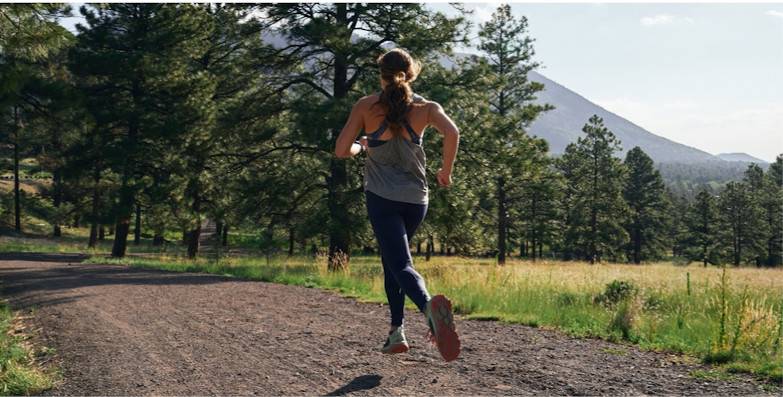
The miles were not without restriction; my wise physical therapist told me to run slowly on grass only, without my shoes for five minutes the first day, then work my way up in 30 second increments every other day until I reached seven minutes.
The directions were clear. I understood that I needed to stick to this gentle buildup to avoid a flare-up or another injury. I also knew that I was not in my best running shape. Still, when I looked down at my watch on that golden July morning and saw that I had only traveled a little over a quarter of a mile in four minutes, I panicked. How was I going so slow?
Yes, I was running barefoot, on grass, healing from an injury, but still—shouldn’t my pace be a little quicker? My rational thinking disappeared, and I tried to pick it up; I drove my knees higher, quickened my turnover, and felt my breath get ragged in my throat. Man, I thought, I am so out of shape. I checked my pace on my watch, then checked again and again.
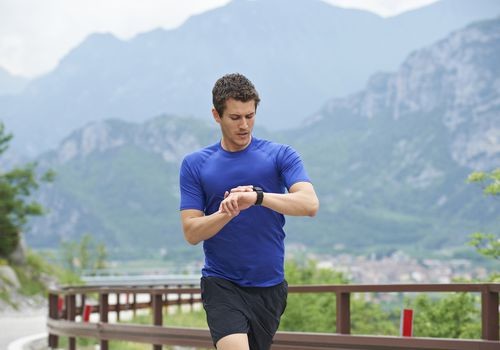
I went beyond the time cap that my physical therapist had given me just to say I ran a whole mile. At the end, I didn’t feel accomplished or proud. I felt frustrated, stiff, and a little sick—and my foot hurt.
I knew I could not push like this day after day … again. In the last two years, obsessing over the stream of data pouring from my GPS watch had caused me to go too far, too fast, which many runners know is the recipe for overuse injuries and burnout. This recovery cycle needed to be different to save my running life.
I knew I needed to stop caring about results. Here’s what I’ve learned so far.
Don’t believe your ego
Why do we push too hard in training? During that slow, grassy run, what in my brain needed to see the little numbers on my watch tick up to a mile? The easy answer? My ego.
In one of my favorite books of all time, The Inner Game of Tennis, author Timothy Gallwey describes the concept of the ego in sports as Self 1. The other self, Self 2, is your body. This is the being that knows how to swing a racket, or in our case, how to put one foot in front of the other. It knows running mechanics, what each stride should feel like, and how fast to go. Unfortunately, Self 2 is often under the tyrannical expectations and pressure of Self 1.
Self 1 is your thinking self. In running, your Self 1 is often analyzing splits and paces and pestering your body to speed up, slow down, go farther, or be better. Basically, your “thinking” self cares too much and thus tries too hard. To run at your peak, you must master the art of relaxed performance and allow your body the freedom to take over and do the work.
Knowing that your mind and body are sometimes at odds with each other is helpful in trying to combat the critical self. For a few weeks, the most effective tool I had to stop my Self 1 from spoiling my runs was to yell “Who cares?!” at myself every time I started to judge my performance. I had to snap myself out of a state of constant analysis. This method, though strange, did help quiet the thinking self.
Learn to trust yourself
Ideally, we want our mind to be sending out signals that say, “Hey, body, I trust you. I’m not going to waste your time. I’m just going to shut up and enjoy the ride.” But how do we learn to let go and believe in the power of our extremities?
Here’s a simple test I learned from Austin Haws, D.P.T., a physical therapist at Fyzical Therapy and Balance Centers in American Fork, Utah. Stand on one foot for 30 seconds, then switch feet. Once you’re able to do this with ease, then you can take the real test: Close your eyes and stand on one foot. Try to hold for 30 seconds. Repeat on the other foot. This was one of the first exercises I did to help build trust between my body and mind.
If you can stand on one foot with your eyes closed for 30 seconds, then great. Your brain is likely letting your body do the work for you without trying to control everything. If it is tough for you to maintain your balance with your eyes closed, try this before you close your eyes: Remind your mind that your body is in one place, and it is not moving.
Sometimes just communicating with your body about what to do is enough to stop all that wobbling around. If standing on one foot with your eyes closed is simple for you, try to exceed the 30 seconds and record your best effort. If you can’t make it to 30 seconds, then jot down how long you can hold it for. Practice every day. Your mind is very strong, and if your mind thinks your body is capable of handling a task, your body will do it.
This will translate to running. You can try this type of simple mind-body communication and trust-test in your training, especially if you are an intermediate or advanced runner whose body knows the feeling of different paces. If this is you, try running a tempo run without a watch. Simply set a timer for the duration of the run and tell your body to run the pace you want to hit.
Just breathe
I can hear runners all over saying, “Wait a minute, I really don’t know what the pace I’m supposed to be running feels like.” That’s okay. You will get there the more you learn to trust your body. But until then, turn your awareness to your breath.
If your breath is ragged and you’re unable to speak during a training run, that means you are going too fast. Remember how I couldn’t breathe on that day when my ego told me to go faster? I was spitting and coughing—a sure sign I was running beyond my fitness level. The beauty of controlling your breath is that it allows you to get the most out of your run. You build your aerobic capacity by training properly instead of merely wearing yourself down.
So instead of caring about your speed, focus on how and when you are breathing. In his book Running on Air, famed running coach Budd Coates explains breath patterns. If you inhale for three steps (in/right footstep; in/left footstep; in/right footstep), then exhale for two (out/left; out/right), you should be able to sustain an even training pace, prevent overstriding, and feel great.
Breath work also lets your mind relax. Your ego self is given a distraction. That over-analyzing pain in the you-know-what must count, step, and breathe. Meanwhile, the runner you’re meant to be takes over. It’s like a moving meditation that keeps you very tuned in and focused and could launch you into flow.
So, is this all for the flow?
Eventually I yelled “who cares?!” at myself enough times that I felt comfortable leaving my watch at home. As I built mileage up, I would tell my body at the beginning of each run what the plan was. I’d say something like, “Okay, today we are going to run for 25 minutes, very easy.”
When I made the decision to stop caring about my pace, and instructed my mind to trust my body, and attempted to be present in my breath, something awesome happened. One beautiful afternoon, I experienced one of those magical flow runs. You’ve probably heard of this concept of flow, or the zone, or whatever buzzword you want to throw out there to describe that state of ecstasy when you are so fully present doing something that the rest of the world melts away.
I consulted sports psychologist and runner Hillary Israelsen, M.S., to ask if my “I don’t give a crap” attitude could have helped facilitate the flow run. She said it probably came down to newfound focus.
“The more mindful you are, the more likely you are to achieve flow in practice or competition,” she said.
I wasn’t interrupting myself by checking my splits or how far I had to go. Perhaps more importantly, I wasn’t judging myself. I was just running.
Israelsen told me that with a lot of mindfulness practice, runners can experience that brilliant state more often. But of course, if you care too much about reaching flow state, you are not going to reach flow state.
“You can’t force flow,” she said. “But you can practice quieting your thoughts.”
Here’s the bottom line: You know how to run. When you are out on the road or trail, grinding away, you should not have to care about how fast, slow, or far you must go every single session. Don’t analyze your running while you are running—that is the “critical” self trying to interfere and all that thinking can slow you down. One of the greatest gifts you can give yourself is running free. So take off your watch, shake away your thoughts, and go out, feel your breath, and get grounded in the run.
(09/25/2021) Views: 857 ⚡AMPby Runner’s World
The Science Of Why Consistency Creates Fitness (Even 10 Minutes At A Time)
There are 4 physiological reasons why consistent runs have an oversized effect on long-term growth. On a tough day, even 10 or 20 minutes can be plenty to spur progress.
In 2006, a few months after quitting football in college, I went for the first endurance run of my adult life. I had big dreams! During that downtime between sports, I read training books and message boards, planning my next athletic steps. It was like “The Decision” by LeBron James when he announced he was taking his talents to South Beach–I was going to take whatever talents I had to running.
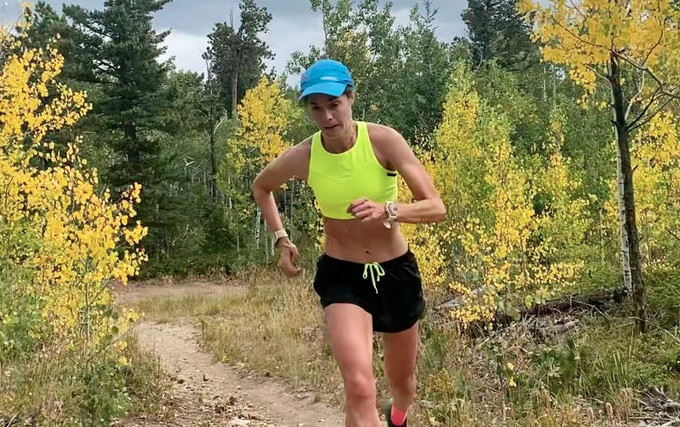
Maybe I’d walk onto the track team. Maybe I’d win some races! Running watched my announcement on ESPN, and as I put on my old basketball shorts and laced up my new Nikes, it responded like only running can:
“Go screw yourself. This is hard.”
I got a few minutes up the driveway before I sputtered to a stop. My calves were sore for days. Those dreams were going to need to be on a delayed fuse.
But something started on that run, deep in my physiology. The next one a few days later was a bit easier. It was still impossible and terrible, but at least I could walk the next day. Mile or two by mile or two, I got a bit stronger and a bit faster. In those training books, I had read about weekly miles and workouts and all of these complex training principles that made me miss the forest through the trees.
I didn’t need to have a forest on day 1, or even on day 1000. I just needed saplings. Hundreds of saplings. Thousands of saplings! It’s all about those bomb-ass saplings!
For me, a little over 2000 days later, it led to an overnight success at the 2012 US 10k Championships, where I won and was interviewed by Alex Kurt for Trail Runner Magazine. Those little runs led to adaptations which supported bigger runs, which supported bigger risks, and one of those risks led to a post-race interview with this magazine. A few years later, Alex helped me find a writing opportunity, and that writing opportunity is why you are reading this article today. Give a sapling 15 years, and very cool things can happen.
We see that process over and over in coaching.
An athlete will break out onto the international stage, with an overnight success that was thousands of days in the making. To paraphrase Once A Runner, everyone wants to know The Secret. The unglamorous answer is that there are two ingredients that really matter: consistency and time. Remove the molecules on the bottoms of many pairs of training shoes, one little run at a time.
Those first runs I did were 10 to 20 minutes, and I owe them everything. Even now, I’ll often do very short runs as doubles, or on busy days when nothing else works. Seeing how these short runs can support long-term adaptation, my wife/co-coach Megan and I made a rule for our athletes: “give us 10 minutes” (we talk about it on our podcast here). If there’s a run on the plan, even when life happens, try to do a short jog.
It can be up and down the stairs in your work clothes while preparing for a trial, barefoot around the house on a smoky day with no treadmill available, a lap of the block when anxiety makes it impossible to think about more. Whatever the cause of the compressed run, it’s not a mental trick. We aren’t saying: “Maybe they’ll actually do the full run after they get out there.” We definitely aren’t adding: “Mwhahahahaha!”
For us, it’s all about the physiology of how an athlete can adapt to frequent, consistent running over time. There are four general mechanisms we focus on.
One: Musculoskeletal adaptations
In the endurance world, running is unique because of impact forces. Each step involves the absorption and transmission of multiple times body weight! Don’t think about that too hard, or you’ll start having erotic dreams about joint pills.
That force causes massive stress on bones, tendons, ligaments, and muscles. With bones, osteoblasts and osteoclasts adapt to each minor stress. But the line between a stress reaction and healthy adaptation is blurry. For example, a 2006 study found that 9 of 21 collegiate runners measured had asymptomatic tibial stress reactions on MRI, with no correlation to subsequent clinical outcomes. In other words, the constant force absorption of running created a background stressor on the bone that likely made it bounce back stronger for those athletes. But it easily could have resulted in full-blown stress fractures too. Consistent, low-level stress helps the body manage these adaptation processes without needing a punch card at the local MRI joint.
Soft tissues work the same way, with each low-level stress spurring strengthening processes. Muscle fiber growth and recruitment is enhanced by consistent stress/recovery cycles, and when the body is transmitting so many tons in such a short time, those stresses don’t need to be long to encourage adaptation. If hypothetical runner A goes out for 1 hour 3 times per week and runner B does 30 minutes 6 times per week, I think runner B not only stays healthier, but goes way faster too, even at longer distances.
Two: Aerobic and metabolic adaptations
A major friction point for aerobic development is the transportation of oxygen-rich red blood cells to working muscles via capillaries. Running induces angiogenesis, or increased capillarization. Studies on mice involving deep muscle biopsies show that the adaptations can happen with relatively short bouts of exercise on the most adorable mouse treadmills, and the adaptations start to reverse with significant downtime. It works similarly in humans, but there aren’t too many volunteers for the study protocols. While lots of aerobic time is good, any amount can keep those adaptations going. That’s why 10 or 20 minutes can be so much more valuable than taking a zero, especially over longer time horizons.
Simultaneously, after consistent stress, cardiac output increases, with blood volume increasing by up to 20%. Those adaptations don’t take much time investment either, with the bulk of the changes happening relatively early in runs. Running also jump-starts the metabolic system, increasing metabolic rate at rest and reducing it during activity, with improved fat oxidation from repeated endurance stress.
Endurance athletes are sometimes hurt by the attitude that “if some is good, more is better.” That impulse may lead to athletes getting into endurance in the first place, because why else pursue these wild feats of force absorption and aerobic demand? But I think that the statement implies a faulty adaptation relationship. If more is better, then each subsequent mile is more valuable than the one before it, right?
That’s likely untrue. Each subsequent mile is probably slightly less valuable than the one before it from an adaptation perspective, with rapid initial stress causing a boatload of early adaptations. A more accurate physiological description might be: “if some is good, more isn’t quite as good as a per-unit measure, but it will accumulate on top of the good as long as an athlete avoids overstress.” I am not fun at parties.
Three: Neuromuscular and biomechanical adaptations
The nervous system is wild. Through an immensely complex layering of voluntary and involuntary signals, the brain coordinates running, playing the piano, and masturbation, sometimes in sequence with transition areas if you don’t understand all the rules to triathlon. And it’s not just coordinating movements, but also determining how an athlete perceives effort, responds to stress, and adapts over longer-term cycles. It’s not all in our heads, but a lot of it is, just not in a way we always control.
With consistent training stress, running economy improves dramatically as a given output takes less energy. That’s what happened to me when I first started. I was able to get faster while going longer and using less energy because the nervous system interacted with the musculoskeletal and aerobic systems to make running more efficient. That’s a journey every runner faces at first, and it’s so daunting because the simple act of running is actually very, very complex. Whether it’s running or dancing, repetition is a key element for nervous system changes.
Consistent reinforcement is key, and even short runs do the trick. Add some intensity like hill strides, and running economy can go through the roof relatively quickly.
Four: Epigenetic and cellular-response adaptations
Genetics is like being dealt a hand of cards. Epigenetics is finding out that it’s you’re working with a special deck, where you can swipe a jack into an ace, or a heart into a spade. Environment and behavior influence the expression of our underlying genetic codes, with extra-long-term changes likely stemming from weakly understood interactions at levels way, way smaller than cells.
How can we determine our genetics? Take a spit test and wait a few decades as the algorithms determine what base pairs are generally associated with athletic performance.
How do we determine our epigenetics? Run consistently for thousands of days and see what happens.
While we are probably not that far from being able to correlate complex individual skills to genetic predispositions, it will be impossible to do with certainty for the foreseeable future because of the murky world of epigenetic interactions. Small, consistent stimuli may help turn some of those epigenetic switches toward endurance. That could explain how athletes can undergo such stunning changes over time (like my own personal change from a bench-pressing football player to a feather-pressing mountain runner).
Throw in other uncertain variables, like endocrine system changes and protein expression shifts. Then mix all of that with the psychology of habit formation, goal-setting, and time management.
Put all of that together, and I am still not sure the exact best way to find your ultimate potential. But I know it involves the consistent accumulation of thousands of running days.
And 10 minutes can get you one day closer.
(09/18/2021) Views: 829 ⚡AMPby Trail Runner Magazine
Ron Hill, former British marathon runner dies at age 82
Every day between 1964 and 2017 the renowned British athlete Ron Hill ran at least a mile, setting a world record streak of 52 years and 39 days that still stands – even after snapping his sternum in a car accident in 1993.
Yet that was one of many achievements in a glorious career. For Hill, who has died at the age of 82, was also an Olympian, inventor, innovator and undoubtedly one of the country’s greatest marathon runners.
In 1970 he became the first Briton to win the Boston Marathon, breaking the course record, and won Commonwealth gold the same year in a time of 2hr 9min 28sec – becoming only the second man to ever go under 2hr 10min.
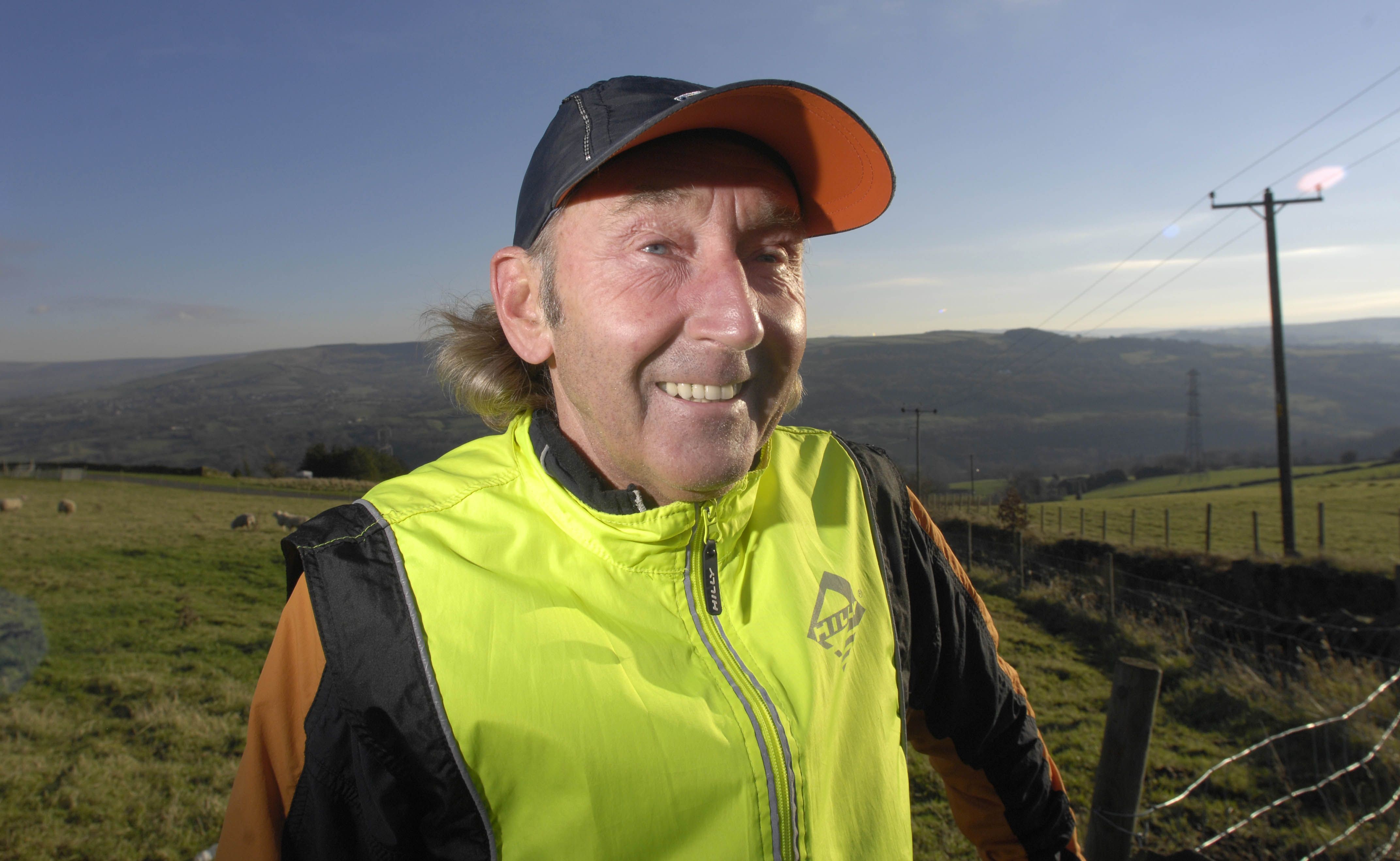
Hill also competed at the Olympics three times, finishing seventh in the Mexico 1968 Games despite running barefoot, and sixth in Munich four years later.
He was one of the pioneers of “carbo-loading” before a marathon to increase glycogen stores. And he used his PhD in textile engineering to good effect to invent and then race in breathable mesh vests to keep cool – a huge innovation at the time. His company Ron Hill Sports also led the way with their “trackster” tights before the lycra boom in the 1980s and 90s.
The tributes to Hill were led by Dave Bedford, the former 10,000m world record holder, who said Hill was “a great man, a great athlete, and a great influence to so many during the golden age of British distance running, including myself.

“His dedication to his sport was extraordinary, but he also stood out for being a great innovator,” he added. “He led the way with carbo-loading and with textiles. I doubt there is a British athlete in the last 30 years who hasn’t worn a pair of Ron Hill tracksters at some point. He will be deeply missed.
The 1991 world 10,000m champion Liz McColgan also paid her respects. “So sad to hear of the passing of marathon legend Ron Hill, an inspirational athletic icon over the years sincere condolences to his family. The wider running community will miss you. RIP.”
Hill’s clothing company Ronhill confirmed his death in a social media statement. “It is with immense sadness we today mourn the passing of British running legend Dr Ron Hill MBE, our founder, our inspiration, a husband, a father, a grandfather, a runner.”
(05/29/2021) Views: 1,279 ⚡AMPBarefoot half-marathon records goes down again
We encourage everyone to get outside and run in the winter, with one golden rule: layer up. As long as you’ve got the right gear, winter running can actually be quite enjoyable. But while most of us are pulling on our thermal tights and socks, there are a few runners who have been doing the exact opposite. In the last few weeks, the barefoot half-marathon on snow record has come down not once, not twice, but three times, after being left untouched for years. The most recent attempt was done by Max Weigand in Basil, Switzerland, where he smashed the most recent record by 28 minutes, completing the 21.1-kilometre distance in 1:12:38.
Until this year, the barefoot half-marathon record belonged to Dutch athlete Win Hof, who ran a time of 2:16:34 in 2007. Seemingly no one has attempted to break this record in the last decade (and if they did, they were unsuccessful) until earlier this year, when Jonas Felde Sevaldrud of Norway lowered the record by more than 30 minutes, clocking a 1:44:58. Then, less than one month later, Quebec runner Karim El Hayani broke the record yet again, this time coming in at 1:40:49. Right around the same time El Hayani was making his record-breaking attempt, Weigand was across the ocean doing the same thing.
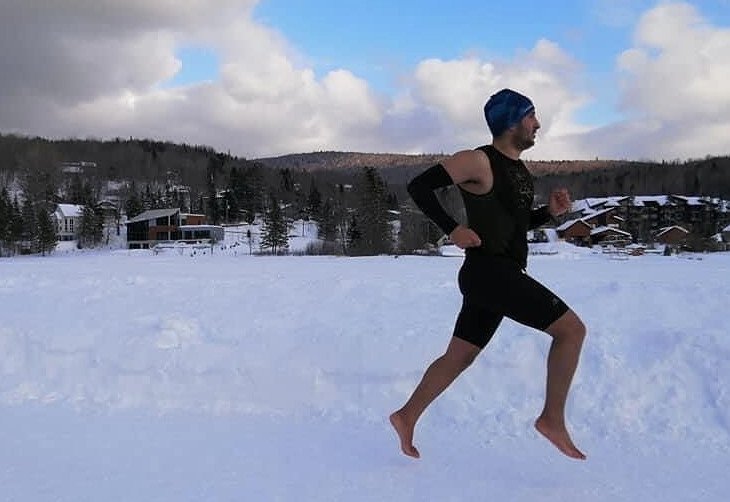
Weigand is originally from Germany, and formerly ran for the German National Track Team. While he no longer runs competitively, running is clearly still a big part of his life, and his background in competitive running gave him the leg-up on the record. He created a video to document his attempt, in which he claimed that he was in shape to run about 1:10 for the half if it were on an actual course, but was expecting to be much slower in the snow without shoes. To train for his attempt, Weigand ran all winter with no shirt to help him get used to the cold (usually keeping his shoes on), and once they finally had some snow in Switzerland, it was go-time.
Running circles around a small field, he completed the first kilometre far ahead of his goal pace in 3:15, but decided that he felt good enough to keep going. According to Weigand, his training for the run made the cold outside temperature not a problem, but of course, the real struggle was his cold feet, which really started to become a problem after the 10K mark. At that point, he described the feeling as “running on needles”, and said it was the most painful thing he’s ever experienced in his life. The sun finally came out with two kilometres to go, which allowed him to push the pace and close the run in a 3:21 and 3:10.
At this point, neither Sevaldrud’s, El Hayani’s, nor Wiegand’s records have been ratified by Guinness, so we’ll have to wait a while before any of these records become official. With spring right around the corner, if anyone wants to beat Weigand’s attempt, they’re going to have to get out there before the snow melts.
(03/06/2021) Views: 802 ⚡AMPby Running Magazine
Man runs barefoot half marathon in the snow to break Guinness record
A Norwegian runner unofficially broke a Guinness World Record when he ran a half marathon in 1 hour, 44 minutes and 58 seconds while barefoot -- in the snow.
Jonas Felde Sevaldrud, who chronicled his record attempt in a YouTube video, said the book Born to Run by Christopher McDougall inspired him to take up barefoot running, and his early attempts surprised him at how running barefoot over ice and snow wasn't as difficult as he imagined.
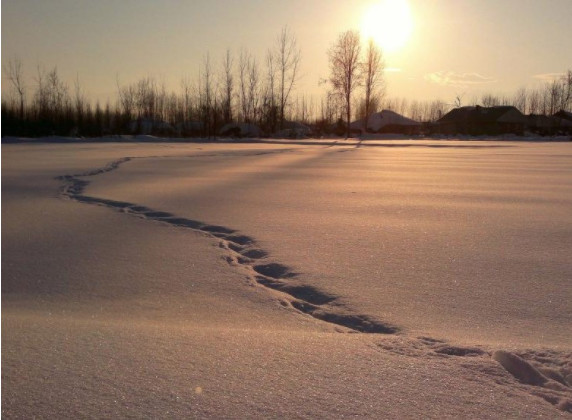
Sevaldrud said he decided to take on Dutch athlete Wim Hof's world record, which was set in 2007 when he ran a half marathon over ice and snow in 2 hours, 16 minutes and 34 seconds.
The runner said his first attempt at the record was called off prematurely when sharp ice caused injuries to his feet, but a few weeks later he tried again on some soft snow and had more success.
Sevaldrud said his final time beat his own goal of 1 hour and 50 minutes.
The runner said he is now waiting to hear back from Guinness about whether his attempt was successful.
(02/06/2021) Views: 904 ⚡AMPNew 30 for 30 Film Reveals Truths About the Tarahumara
If you're new to running and have been inundated with information about new, fancy shoes with thick, bouncy soles, it will come as somewhat of a surprise that just 11 years ago, many American runners were part of a minimalist running movement, spurred by the book Born to Run. Back then, it was all the rage to wear as little on our feet as possible.
The book by Christopher McDougall was about the Tarahumara people living in Mexico's Copper Canyon, who run hundreds of miles at a time, either barefoot or wearing sandals with old, recycled tires serving as tread. They rarely get injured and they can run forever, or so it seems. The premise of the book was that their durability was due to the biomechanics they honed by not wearing running shoes. And as the book gained in popularity, the industry pounced on the opportunity to sell something new.
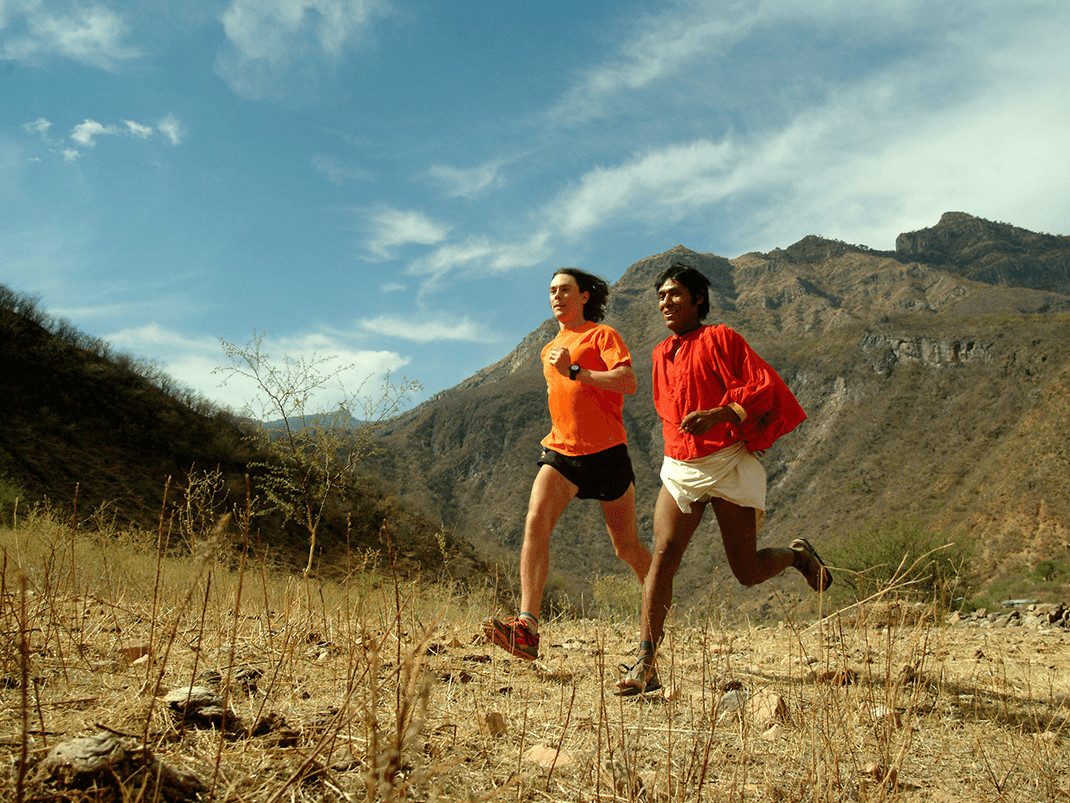
But during a pivotal moment in a new ESPN 30 for 30 documentary, The Infinite Race, which debuts at 8 p.m. Eastern on Tuesday, December 15, Silvino Cubesare, a Tarahumara ultrarunner and farmer, watches footage of McDougall running barefoot in Central Park. Cubesare shakes his head and says, "I don't know what they are thinking. Why do they want to run barefoot? I think they are crazy."
If runners can afford shoes, why wouldn't they use them?
The Infinite Race seeks to expose another side of the story, beginning with the fact that the Tarahumara name came from the Conquistadors. The Indigenous people call themselves the Raramuri. The audience is introduced to Irma Chavez, a Raramuri activist who adds context to the reasons why running is part of their culture-a tradition that, unsurprisingly, does not stem from lack of running shoes or organized ultramarathons like the local Ultra Maraton Caballo Blanco (more on that later), but is in fact rooted in survival and spirituality.
In the documentary, Chavez explains the "races" that the Raramuri historically participate in. The men run rarajipari, kicking a ball and chasing it together over long distances. The women pass a hoop with sticks that they carry on the run; this version is called ariweta. What the minimalist running shoe craze mostly missed in 2009 was that the Tarahumara were also running from organized crime groups that were taking over land to plant marijuana and poppy. The Raramuri people have been recruited by cartels to run the drugs across the U.S. border.
"Many families were forced out of their communities because of violence," Chavez says. "Unfortunately, you have to run away before they kill you."
The film intertwines the story behind the Ultra Maraton Caballo Blanco, a local race that was founded in 2003 by American ultrarunner Micah True, who played a central role in the Born to Run book, too. His intention was to help the Tarahumara people preserve their running heritage while also aiding a region experiencing hunger and a lack of clear water. True, who died of a heart attack in 2012, gave away cash prizes as well as corn, and the race started attracting more Americans to the area. But in 2015, gang violence threatened the safety of the event, and the American organizers called off the official race just hours before it was set to begin.
The local runners, however, raced anyway-they needed the corn vouchers to feed their families. The film covers how the events of that year unfolded from the perspective of Cecilia Villalobo, who was the director of tourism in Urique (where the race is held) at that time, and from the viewpoint of Josue Stephens, the former U.S. race director. Unsurprisingly, they viewed the circumstances-and the way they were handled-differently.
"The Infinite Race is about how outsiders, many well-intentioned, impact a community in unexpected ways," says Bernardo Ruiz, who directed the documentary. "It is also about the starkly different ways people can view events based on the economic, political, and cultural realities they inhabit."
The Infinite Race is an important story, especially for those who bought into the Born to Run frenzy and added the Caballo Blanco race to their bucket lists. It's through the voice of Chavez that we see why running has always been so critical to the Indigenous people there-a critical perspective for runners in understanding the impact they can have on the communities and cultures where they race and the narratives they choose to hear about them.
"What interests me is that space where white American athletes and Raramuri athletes negotiate power," Ruiz says. "And I am most interested in the perspective of people like Irma Chavez, who views an ultramarathon like a short spring, when you consider the long arc of history."
(01/02/2021) Views: 891 ⚡AMPby Trail Runner Magazine
The three most important muscles in running and how to training them while you are running
Running involves the coordination of hundreds of muscles, but some are more critical than others. Read more to learn which three muscles Coach Adam Hodges believes are the most important running muscles.
Running, like any physical activity, involves coordination among a group of muscles to propel you forward. So singling out one of those muscles as the “most important” risks oversimplifying the process. Yet certain muscles do play a more important role than others in running. And they may not be the ones that first pop into your mind.
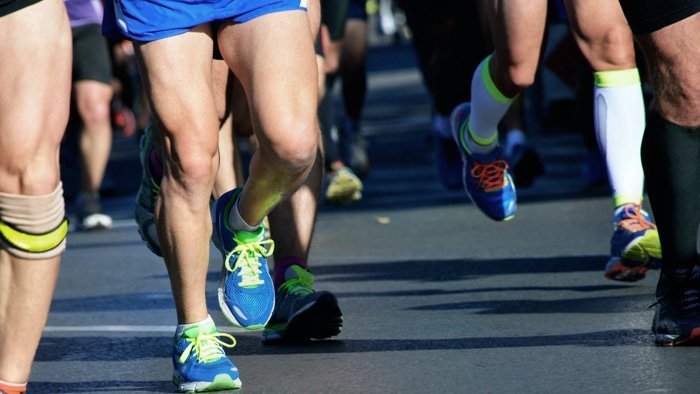
In this article, I put forth three candidates for the most important running muscle designation. Although other muscles are also important, these three muscles deserve special attention partly because runners and triathletes living a modern lifestyle often fail to adequately strengthen and use them. This means they tend to be underutilized in relation to their importance. So here are the muscles along with some exercises to increase strength and mobility.
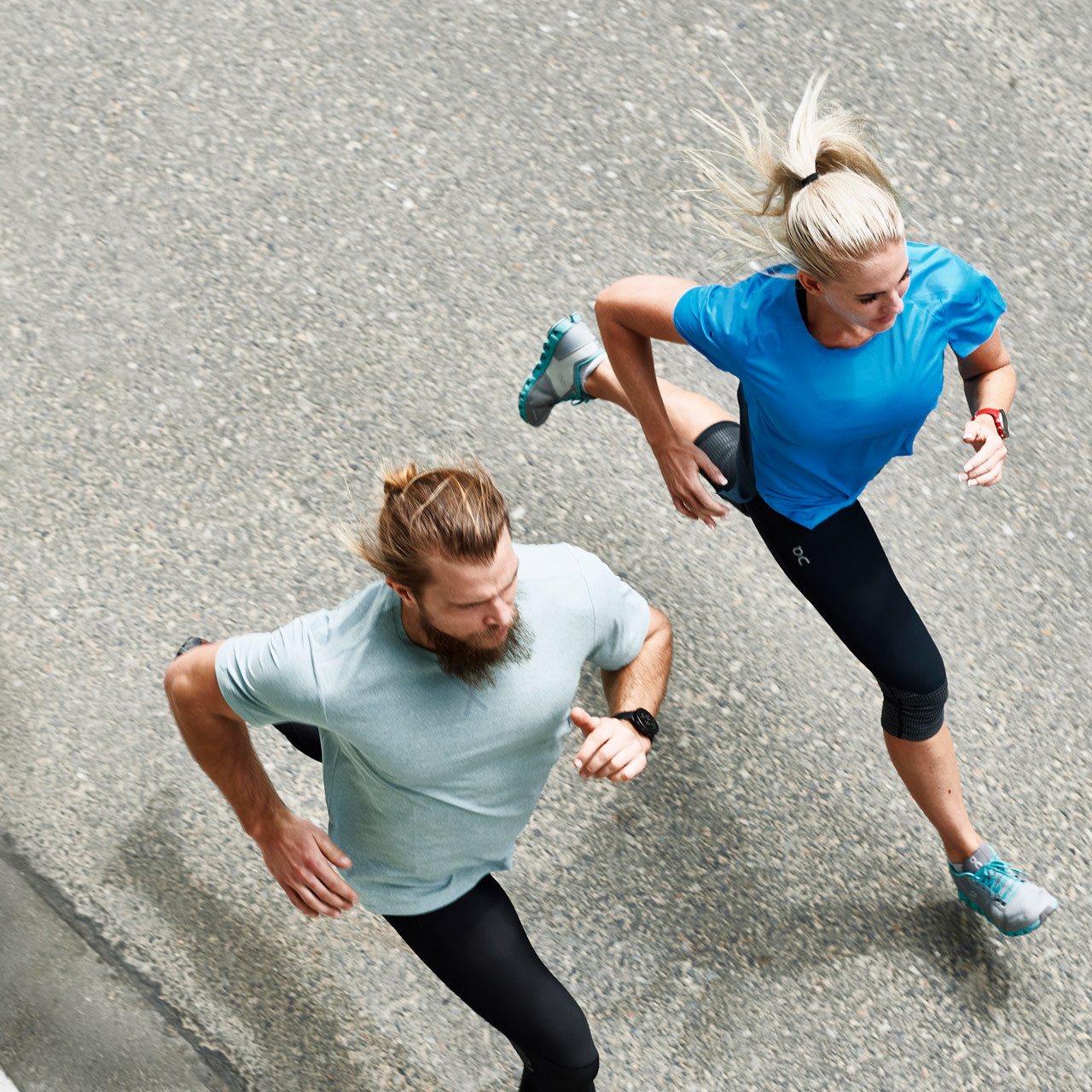
Glutes:
Running engages a group of muscles known as the posterior chain. The prime driver of the posterior chain is the gluteus maximus, or your butt muscle. This muscle initiates hip extension, which is the essence of running. In addition to the gluteus maximus, the gluteus minimus and medius also get into the action with the medius playing an important role in stabilizing the hips during running.
Many runners and triathletes suffer from weak or inactive glutes due, in part, from the modern lifestyle that involves substantial amounts of sitting. All that time sitting at a desk or in a car puts your glutes to sleep. This “sleepy glute” syndrome negatively impacts your running and cycling because the prime muscles that drive the posterior chain go missing in action.
Use the Donkey Kicks exercise to strengthen and activate your glutes. Get on your hands and knees. Keep your back straight, flat and still. Squeeze the glute to move one leg back and slightly to the side (like a donkey kicking). Note: the movement should be initiated from the glute (butt), not the lower back. If you feel the lower back working instead, start with smaller movements until you can increase the range of extension. Do 2-3 sets of 8-12 repetitions.
Deep Abdominals:
Effective running requires excellent posture, and a prime muscle responsible for maintaining good posture is the transversus abdominus (TVA), or your deep abdominals. This muscle wraps around and stabilizes your core much like a corset or girdle. Note that it lies below the more famous abdominal muscle, the rectus abdominus, responsible for the “six pack” look. The deep abdominals provide stability so that the posterior chain muscles can work more effectively, preventing the forces generated by the posterior chain from reverberating through your joints and spine. As with the glutes, if you sit a lot, the deep abdominals can be weak and underutilized.
Use the plank pose to strengthen and activate your deep abdominals. Lie in a prone position (face down) with your elbows under your shoulders. Squeeze the quads and then squeeze the glutes to raise your body into a plank. Keep the back flat, and do not let the butt rise or sink. Hold for 30 seconds or up to three minutes.
Big Toe:
Although far removed from your core, your big toe nevertheless plays an important role in running. The flexor hallucis brevis, or big toe muscle, bends the big toe and works to stabilize your foot during each foot plant. Modern running shoes are notorious for design features that prevent your big toe from working the way it should while running. Shoes with a narrow and elevated toe box place the big toe in a hyperextended position and prevent the toes from spreading while running, a recipe for a series of imbalances that can lead to common running injuries from shin splints to plantar fasciosis.
Choose shoes that fit your feet (rather than trying to cram your feet into narrow shoes) and allow your toes to splay naturally while running. Toe spacers such as Correct Toes, a product designed by Portland podiatrist and runner Ray McClanahan, work well to align and strengthen your toes. In addition, work to increase the flexibility, coordination and strength of your big toe by doing what physical therapist Jay Dicharry terms “toe yoga.” While barefoot (either standing or sitting), keep your feet flat on the ground. Raise your big toe while keeping the other four toes on the ground. Return your big toe to the ground; then raise your other four toes. Repeat this several times throughout the day to put your big toe back into the action.
From Your Core to Your Toes:
Although to single out any one muscle as the most important running muscle risks overlooking the intricate coordination involved in the activity, there are certainly some candidates that deserve special attention. To run efficiently and injury free, be sure to focus on improving the strength and mobility of the muscles discussed here. Even a little bit of supplemental work goes a long way and pays valuable dividends, so there’s no excuse not to fit these or similar exercises into your busy schedule.
(10/07/2020) Views: 1,083 ⚡AMPby Adam Hodges
Paul Chelimo says that he is willing to die in a race
United States Olympic 5,000m silver medallist Paul Chelimo was the guest on last week’s LetsRun.com Track Talk podcast and he had a lot of interesting things to say about his career, running fast, his goals, doping in Kenya, racism in America, his daughter, his rivalry with Lopez Lomong, and a lot more.
As a teenager in Kenya, Chelimo ran a tryout race in the hopes of earning a scholarship to come to the United States. Though Chelimo ran poorly, he still made it to the States, and the rest is history. He arrived at NAIA Shorter (Ga.) University with $450 to his name. He’d move on to UNC Greensboro and become a two-time NCAA runner-up, but then joined the Army thinking his running career may be over. Fortunately for Chelimo, he was accepted into the Army World Class Athlete Program and in 2016 he burst onto the professional scene in the biggest way possible, ending up with an Olympic silver in the 5,000m in Rio.
Chelimo revealed two factual things of note we had not heard before. First, he said his ultimate goal is to run the Los Angeles Olympic marathon in 2028.
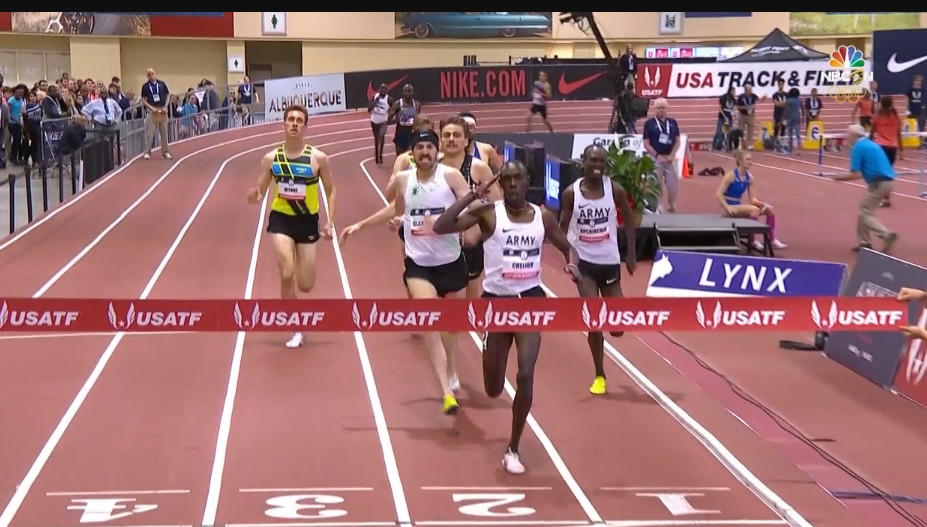
And he revealed that he missed two out-of-competition drug tests when he was first put into the anti-doping pool after bursting onto the scene in 2016. He said he was unfamiliar with the whereabouts system and how it worked so he missed two tests. “Since then I was so strict, because I knew if I just missed the last one, the third one, it’s gonna be a huge mess,” he said, explaining that a lack of familiarity with the system may be why runners in Kenya are now getting whereabouts failures of their own.
More highlights from Chelimo’s comments below. You can click on the timestamps to listen to them.
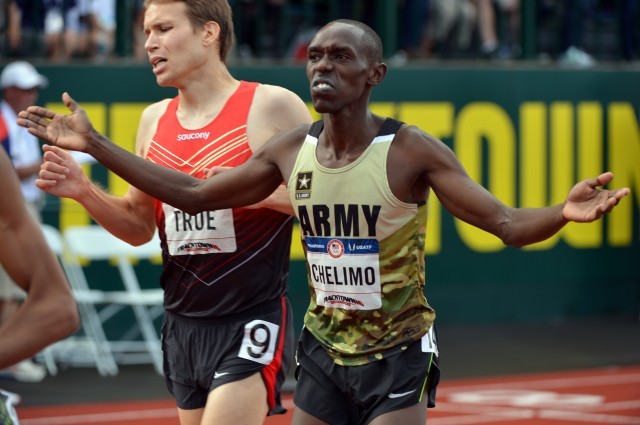
[60:06] On what he thinks of Moh Ahmed running 12:47 for 5,000m and Lopez Lomong going sub-13:00 and whether that makes him scared or confident:
“I never get scared. As long as we start from the same starting line in a race, and we finish at the same finishing line in a race [it] really, really doesn’t scare me…
“Usually they say it’s the lion that is smart that strikes the meat. My goal is, it’s towards the Olympics…
“If you’re going to show up and run really fast, and try to frustrate me or frustrate anyone else, I really don’t care. I have a strong mind…. I know they can run fast now. They can pace me. I don’t have to pace them anymore… So it’s good. It’s good for the sport, actually.”
On whether his rivalry with Lomong is overstated:
[62:37] “You know, it gets to a point like when someone is becoming dominant. It’s time someone else tries to break that dominance and I see Lopez Lomong try[ing] break the dominance that I’ve had in the 5K and I like it. I like challenges and Lopez Lomong is very competitive. We’re going to show up and we’re going to race and whoever wins is a champion that day.”
Chelimo says his ultimate goal is running the Olympic marathon in LA 2028, so that makes it easy to avoid taking the shortcut of doping.
[63:41] “Eventually the big goal is to get to LA 2028 in the marathon, think about me being in the LA 2028 marathon. It’s gonna be big. So I just want to keep going and keep going to when I get there. I just want to have a long career. That’s that’s what my big goal is and I just don’t want to be greedy and that’s why I don’t support the drug cheats because I know the more patient you are, the more you get. I know like if I cheat today, yeah, I’ll make a lot of money. But what happens if I get busted? I stay out of running for four years…. And it’s so easy in track and field to be so greedy. It’s so easy to be greedy, especially when people are smoking you in races. It’s so easy to be greedy and try take the shortcuts but let them… I’m happy with what the anti-doping [authorities] are doing and everything because people are getting busted. Which shows it’s working.”
On being willing to die in a race:
[89:19] “Really, it’s all about life. I just have to put food on my table. I just have to hustle hard and I just have to make a living. People hate, they don’t know what I’ve been through… I ran a 5k on a dirt track in Kenya. I ran like eight laps. And I got kicked out of the track because I got lapped in a 5k, running barefoot. And I remember I ran a cross country race in Kenya. I was third to last. I was like, second or third to be last….So, coming from that, and now Nike [is] sponsoring me, I have the best shoes in the world and you want to put me in a race against someone who has had shoes the whole time? You’re gonna think that guy is gonna beat me? I mean I’m just gonna do my best, just to do all I can win the race because I know where I’ve come from…. And I really, really want it. So am I guy, I’m willing to die in a race. And trust me if I die in a race one day, that’s the best way I could die man. I could be happy because I know I was hustling and I know I was digging deep. So that’s pretty much it. That’s pretty much me.”
(08/05/2020) Views: 1,170 ⚡AMPby Lets Run
Sigowet Athletics Training Camp at Kiptere falls silent as virus bites
At this time of the year, Sigowet Athletics Training Camp at Kiptere Boys Secondary School, some 32 kilometers away from Kericho town, would be busy with budding athletes training hard.
But thanks to coronavirus, the training camp now looks like a ghost town.
The running track in the camp sandwiched between lush green tea farms is now overgrown with grass thanks to heavy rains pounding the region.
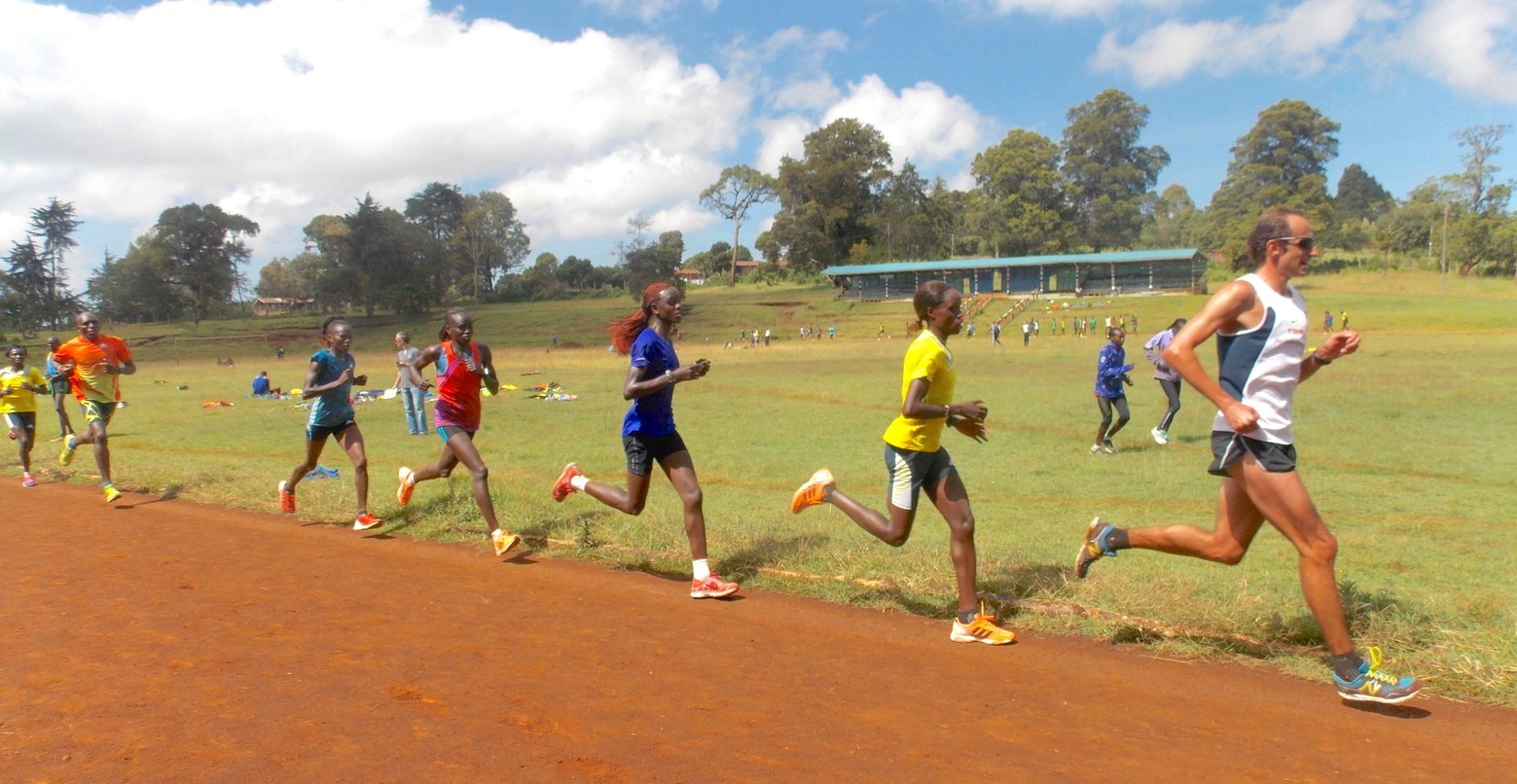
In Kalenjin dialect, Sigowet is a herbal tree which is medicinal, but its efficacy has failed to tame the deadly virus as athletes stay away.
The camp has for years been a big attraction to scouts from Kenya Police Service, Kenya Defence Forces (KDF), Kenya Prisons among others lining up the running track to monitor future stars aged between 15 to 20 years as they push their nimble, little bodies to improve their fitness ahead of major races.
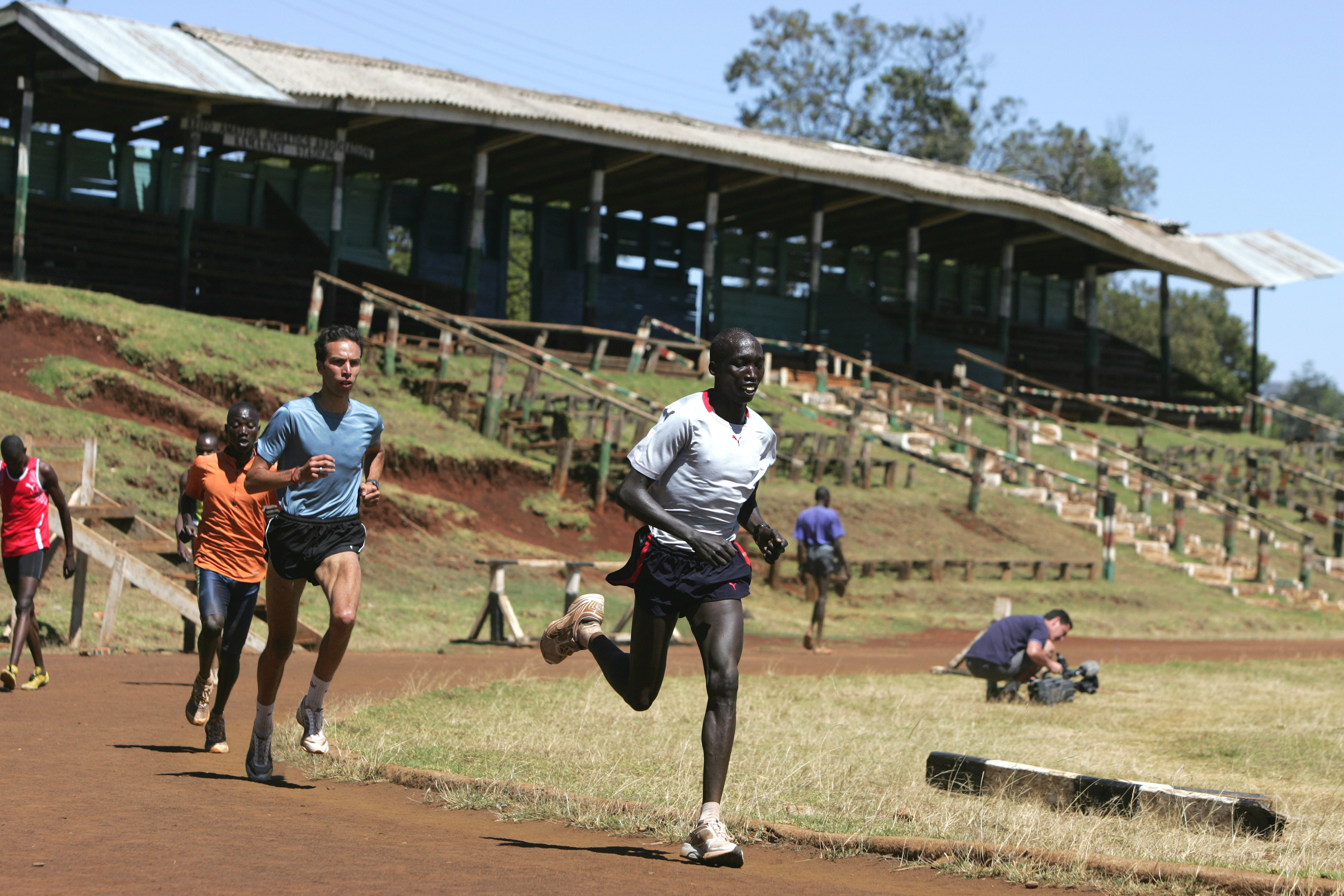
Sigowet Training Camp was founded in 2001 by veteran athletics coach, Japheth Kemei and hosts between 60-100 athletes when it is in top gear.
“At this time of the year the camp hosts between 60 -100 youth and senior athletes training for various competitions, but since covid-19, it now resembles a ghost camp,” said Kemei, who is also chairperson of Athletics Kenya in Kericho County.
Before Sigowet Camp was launched, the only athletic training camp in South Rift Valley was based at Keringet in Nakuru County and was launched by the former Kenya Secondary Schools Sports Association chairman, the late Livingstone Kimutai Ng’etich.
In a span of 10 years, it has become a permanent breeding ground of youthful athletes who have represented Kenya in World Junior and Youth championships.
The first athlete to hit headlines from the camp was Emily Cherotich, who won the World Youth 800m championship title in Debrecen, Hungary in 2001 while running barefoot.
Cherotich now turns out for Kenya Police team.
Since Cherotich burst into the international scene, Sigowet camp has been producing runners in Under-18 and Under-20 competitions.
The camp has provided national youth teams with at least three or five athletes in every major international competition.And when they return back home with their glittering medals, they receive a rousing reception bringing the tea land to a standstill.
At last year’s Africa Under-20 and Under-18 Championships in Abidjan, Cote d’Ivoire, some of the athletes from the camp clinched gold medals including Fancy Cherono (2,000m Steeplechase), Collins Kipkorir (Triple Jump) and Peter Itanao Leshan (Javelin). Ronald Kipngetich (2,000m Steeplechase) and Kenneth Kirui (800m) won bronze medals.
(06/12/2020) Views: 1,153 ⚡AMPby Francis Mureithi
Aliphine Tuliamuk still remembers the day she received her first pair of running shoes
Nearly twenty years ago, the future 2020 U.S. Olympic Marathon Trials champion was just another promising young runner in the Rift Valley province of her native Kenya. Only 11 years old, she was selected to compete in the state meet in the 10,000m after outracing older girls in the arduous event.
On their way to the competition, her coach—Geoffrey Ptormos, a distant relative of Tuliamuk’s—arranged for Tegla Loroupe to come meet the team. The local Kapenguria legend was training for the 2000 Olympic Games as the favourite for the marathon and the 5000m, and by then had captured two New York City Marathon titles, three World Championship half marathon titles, and was the world record holder in the marathon twice over, with her best effort of 2:20:43 standing until September 2001.
But Tuliamuk didn’t know any of that quite yet. Instead, it was Loroupe who was quite taken with the young runner’s abilities.
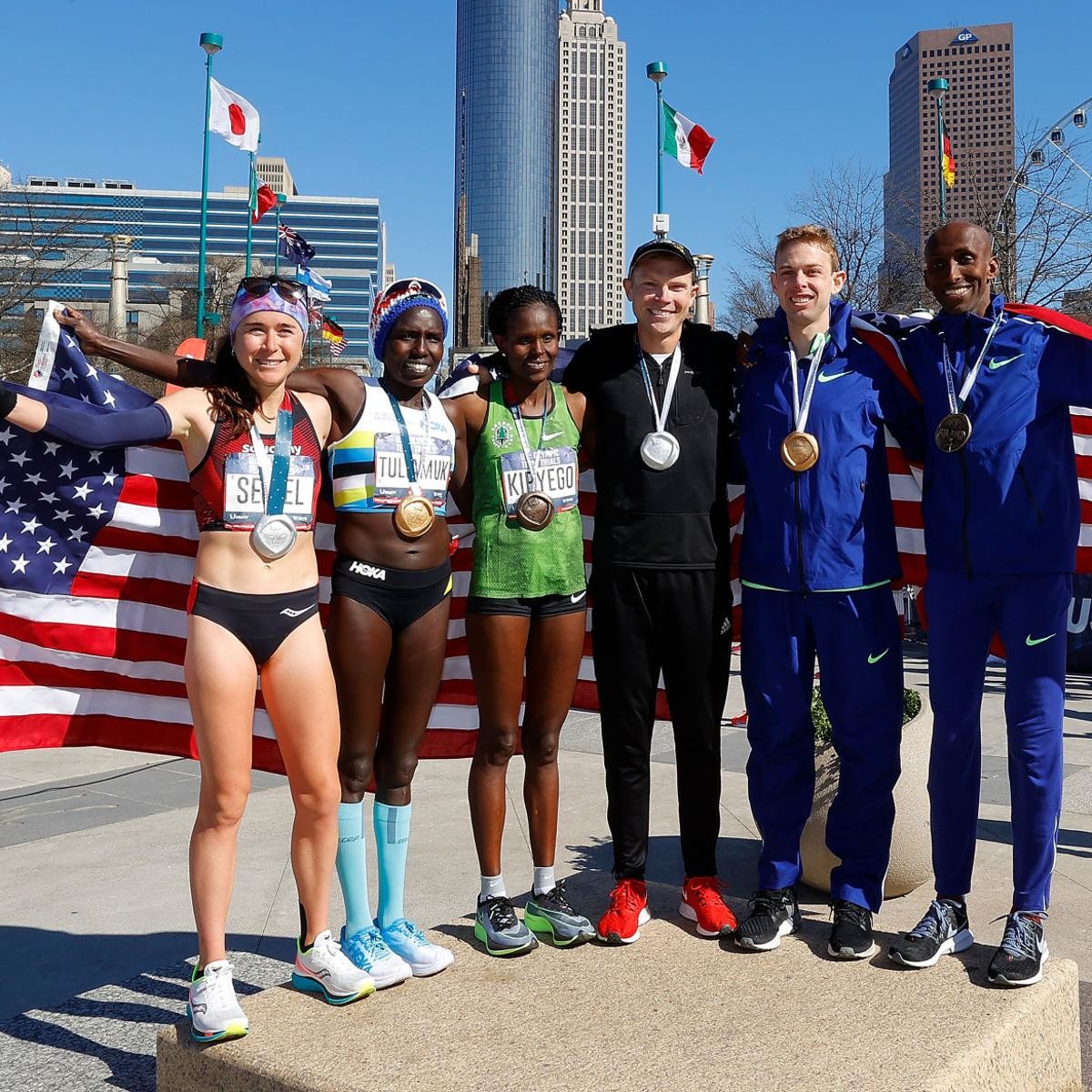
“The athletes I had beaten in the 10,000 were way older than me, so Tegla was very impressed by my performances,” Tuliamuk remembers. “She ended up giving me a pair of shoes and she became my hero instantly.”
Tuliamuk didn’t race in the brand-new flats right away— “no way, I wasn’t used to wearing shoes and racing, I thought they would hold me back” —but she treasured the gift, saving the new shoes for special occasions.

“It meant the world to me,” she says. “I was barefoot at the time, so to get this really beautiful, clean pair of shoes from her was awesome.”
Modest roots.- Tuliamuk shrugs off her humble upbringing as normal.
She and her 31 siblings, all born to the same father from four different mothers under the culturally accepted practice of polygamy, ran two miles, barefoot, to and from school everyday, as did her friends. Running is so ingrained in everyday life that those with natural abilities in the sport are easily spotted. But of Tuliamuk’s immediate community, she was the only one to pursue competitive running.
Ptormos noticed Tuliamuk’s burgeoning talent and invited her to come live with his family in a neighboring village after the state competition in 2000 so he could coach her. She lived with them on and off for eight years, until she finished high school.
Her best performance during that time came in 2005, when she placed ninth in the World Junior Cross Country Championships as a 15-year-old. The 6km race was held in Saint-Galmier, France, where the beds were the size of three beds back home and the travel van was outfitted with mini TVs. At the race after party, runners danced to music and chowed down on fancy French pastries.
The event opened Tuliamuk’s mind to the vast opportunities that running could afford her.
But as the idea of running professionally and competing in the Olympic Games lodged itself in her brain, Tuliamuk also wanted to succeed in the classroom. Athletics were not a big priority at her high school and by her last year, she had stopped running entirely.
(04/03/2020) Views: 1,218 ⚡AMPby worl Athletics
2024 US Olympic Trials Marathon
Most countries around the world use a selection committee to choose their Olympic Team Members, but not the USA. Prior to 1968, a series of races were used to select the USA Olympic Marathon team, but beginning in 1968 the format was changed to a single race on a single day with the top three finishers selected to be part...
more...A refugee athlete has been selected as an elite runner for the Tokyo Marathon for the first time in the event’s history
Yonas Kinde, who currently lives in Luxembourg, will take part in the Marathon on March 1 2020.
Yonas participated at the Olympic Games Rio 2016 as a member of the first-ever Refugee Olympic Team created by the International Olympic Committee (IOC). He continues his training as an IOC Refugee Athlete Scholarship Holder and will compete as part of his efforts to secure selection in the IOC Refugee Olympic Team Tokyo 2020.
He comes from Ethiopia, the country of the famous “barefoot runner” Abebe Bikila. Abebe is known for winning gold medals in the marathon at two consecutive Olympic Games, including the Olympic Games Tokyo 1964. For Yonas, it has been a dream to run in Tokyo, as he deeply admires Abebe – an Ethiopian hero.
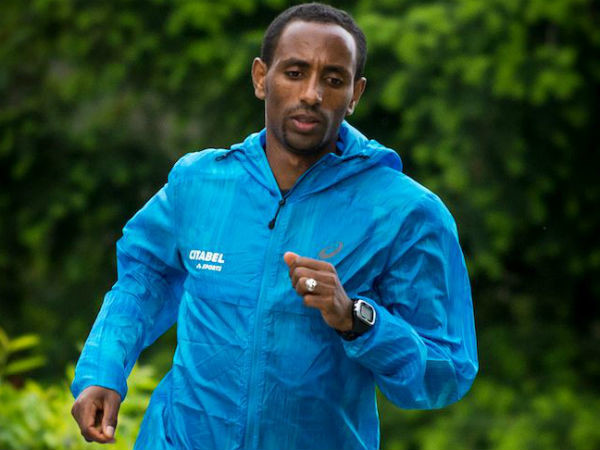
“Growing up, Abebe was an inspiration to me and I am delighted to be able to run in Tokyo, where he achieved so much”, Yonas says. “Through my participation, I hope to send the message that, if supported, refugees can unlock great potential.”
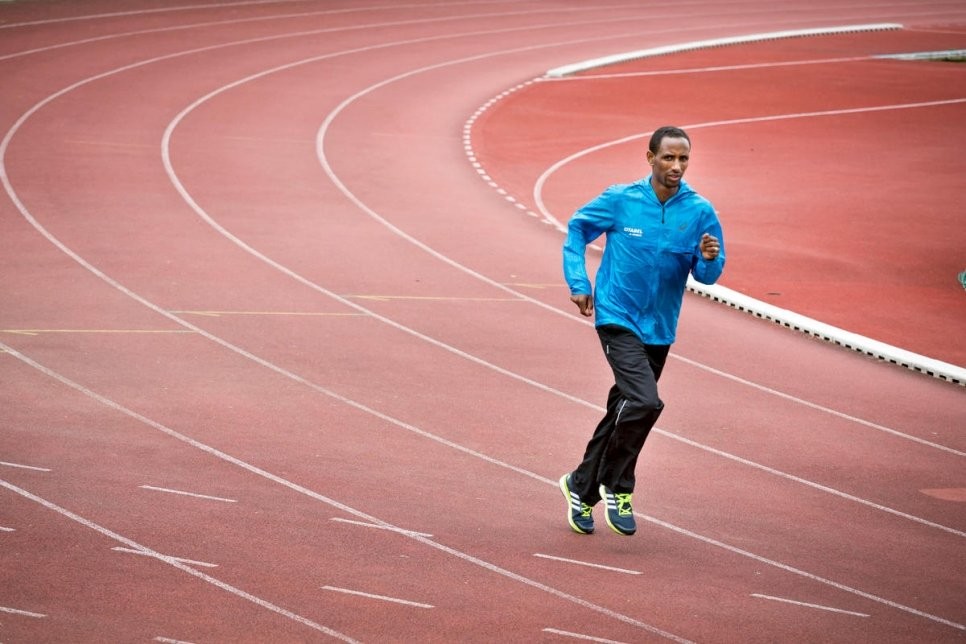
Those who participate at the elite category are runners who meet specific requirements set by the Japan Association of Athletics Federations (JAAF).
Yonas received the elite runner status following an initiative of Japan for UNHCR (J4U), the national partner of the UN Refugee Agency in the country.
It will be Yonas’s first visit to Japan. During his stay, he will train at the Tokorozawa Campus of Waseda University.
The refugees’ participation at the Olympic Games Rio 2016 gave courage and hope to millions of people who have been forced to flee their homes due to conflict and persecution. It also testified to the enormous strength of refugee athletes, who strive to do their best despite facing adversity.
Yonas Kinde is a marathon runner and Ethiopian refugee, who arrived in Luxembourg five years before he was selected for the IOC Refugee Olympic Team Rio 2016. He threw himself into life in Luxembourg, taking French classes regularly, and working as a taxi driver to earn a living, all the while pushing himself to become a better runner. Yonas began running in Ethiopia as a teenager, and after fleeing to Luxembourg he competed and won several titles in Luxembourg, France and Germany.
(02/14/2020) Views: 1,347 ⚡AMPTokyo Marathon
The Tokyo Marathon is an annual marathon sporting event in Tokyo, the capital of Japan. It is an IAAF Gold Label marathon and one of the six World Marathon Majors. Sponsored by Tokyo Metro, the Tokyo Marathon is an annual event in Tokyo, the capital of Japan. It is an IAAF Gold Label marathon and one of the six World...
more...Does the International Association of Athletics Federations need a more stringent rule to define legal running shoes?
It appears that running, the original and most elemental of sports, now faces the same tradition vs. scientific innovation challenge that other sports have encountered. Think: tennis rackets, baseball bats and, perhaps most similar, competition swimwear — those polyurethane-based suits that were banned starting in 2010. The outcome of the current running-shoe debate could affect everything from stock prices of global footwear companies to who wins the Olympic marathon in Japan next summer.
Kipchoge, who became the first person to run the 26.2-mile distance in under two hours, and Kosgei, who set a women’s world record, raced in a revolutionary and bizarrely tall Nike shoe that has taken the marathon world by storm since 2016. In the last 13 months alone, male runners in the Nike shoes have recorded the five fastest marathon times ever. Other running-shoe companies are struggling to catch up, and may face patent hurdles.
The current I.A.A.F. rules state only that shoes may not confer an “unfair advantage” and must be “reasonably available” to all. The rule does not explain how these two values can be measured.
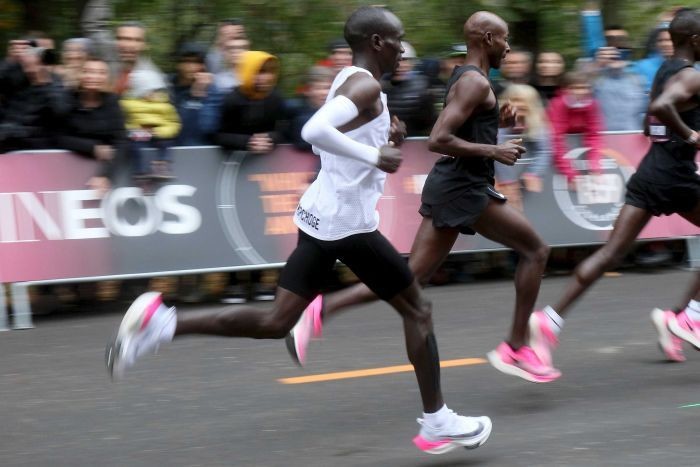
This week, the British Journal of Sports Medicine published a commentary that is likely to guide the debate. In it, Geoffrey Burns, a 2:24 marathoner and University of Michigan doctoral candidate in biomechanics, argued for “a single standard in competition running shoes: regulate the shoe midsole thickness.”
With the right material, a thicker sole produces more spring. Without clear restrictions, it is likely only a matter of time before someone comes up with a way to make a shoe with more powerful springs.
Burns called for an upper limit of 31 millimeters — about 1.2 inches — of midsole. Nike’s current Vaporfly 4% and Vaporfly Next% shoes have a 36-millimeter midsole, or about 1.4 inches. Why 31 millimeters? That’s a fairly common midsole height for previous models.
Until 2016, marathon racing shoes were constructed from thin slabs of rubber. In 1960, an Ethiopian runner named Abebe Bikila even managed to win the Olympic Marathon in his bare feet. Everyone understood that less was more; you ran more efficiently when you carried minimal weight on your feet.
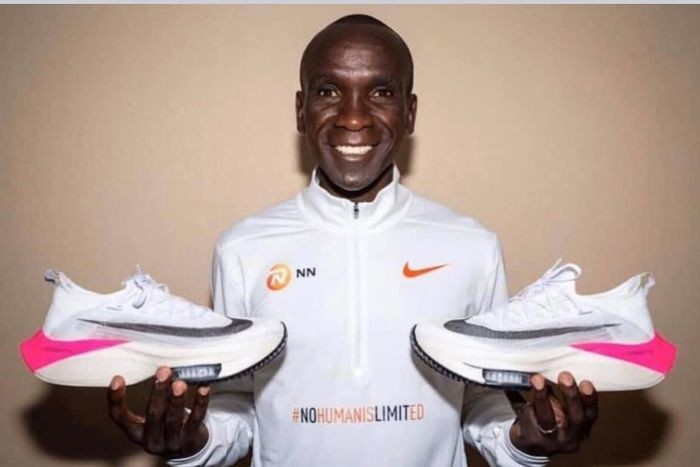
In 1968, when shopping for the shoes that carried me to victory in that year’s Boston Marathon, I had only two criteria. They had to be light and thin, and they had to be cheap. I was still in college. I paid $9.95 for my lucky shoes — a pair of Onitsuka Tiger TG-4 Marathons.
Little changed in the footwear for elite marathoners in the next five decades, until Nike introduced its Vaporfly 4% shoes in 2016. These shoes contained a new midsole foam, Pebax, so lightweight that it is almost like running barefoot. Pebax also delivers 30 percent more energy return than the foams used in most running shoes since the 1970s. This allows Pebax to function almost like leg muscles, but without the fatigue that can debilitate the legs after 20 miles.
The Nike shoes also include a carbon fiber plate in the midsole. This plate might increase energy return, or it might improve foot function during the running stride. Either way, the plate is prominently mentioned in Nike’s patent application.
A 2018 New York Times data analysis based on public race results uploaded to Strava, the athlete-tracking and networking company, found that runners in Vaporflys ran 3 to 4 percent faster than similar runners wearing other shoes.
To be fair, Kipchoge, 34, is an otherworldly talent who has beaten the best in the world in last-generation shoes. There probably isn’t another marathoner who could break two hours in the shoes he wore last weekend.
(10/21/2019) Views: 1,943 ⚡AMP
by Amby Burfoot
INEOS 1:59 Challenge
Mankind have constantly sought to reach new frontiers and to achieve the impossible. From Edmund Hillary reaching the summit of Mount Everest to Roger Bannister’s four-minute mile to Felix Baumgartner jumping from space we have frequently redefined the limits of human achievement and broken new barriers previously seen as simply impossible. After the four-minute mile and the ten second 100m...
more...Brent Weigner heads the USA group for the Eastern Caribbean Challenge starting March 8, that is 7 marathons in 6 countries in 7 days
We are a few days away from the start of this epic 7 Marathons, 6 Countries, 7 Days cruise adventure called the Eastern Caribbean Challenge 2019. The group includes runners from around the world with exceptional running resumes. Nine of the 12 runners who have completed a marathon in 100+ countries will be part of this challenge. Combined, these runners have completed over 4,000 marathons in 180+ countries around the world.. 43 participants from 14 countries will touch down in Guadeloupe to start the challenge.
Here are three of the participants:
Dr. Brent Weigner (USA): Brent Weigner (second photo) is the king of Marathon Globetrotting. He holds multiple World Records in long-distance running. The 70-years old retired Geography teacher has run a marathon in 170 countries which is a World Record.
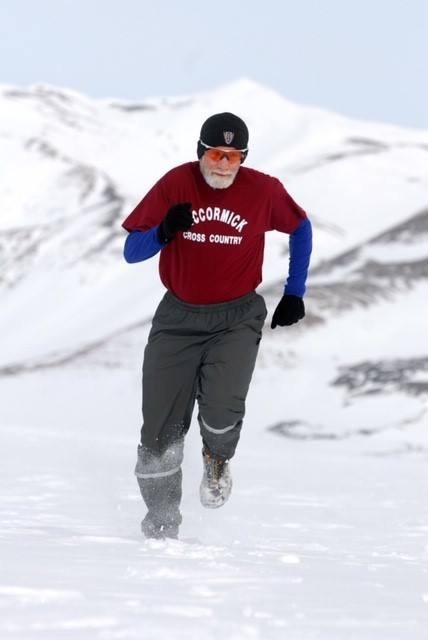
He also holds the World Record for completing a marathon on all 7 continents ten times. Moreover, Brent is the only runner in the world to have completed an ultramarathon at both North and South Pole. What makes his accomplishments even more amazing is due to the fact that he is a 3-times cancer survivor. Brent is also part of the Run The World 4 Challenge which started March 1 and will last 30 days.
Sidy Diallo (France): Sidy Diallo (third photo) is a 63-year-old French diplomat and barefoot runner, based in Paris. He was 55 when he ran his first marathon. To-date, he has completed 191 marathons in 73 countries, including 48 marathons in 2013. He is a seven continents marathon and ultramarathon finisher.
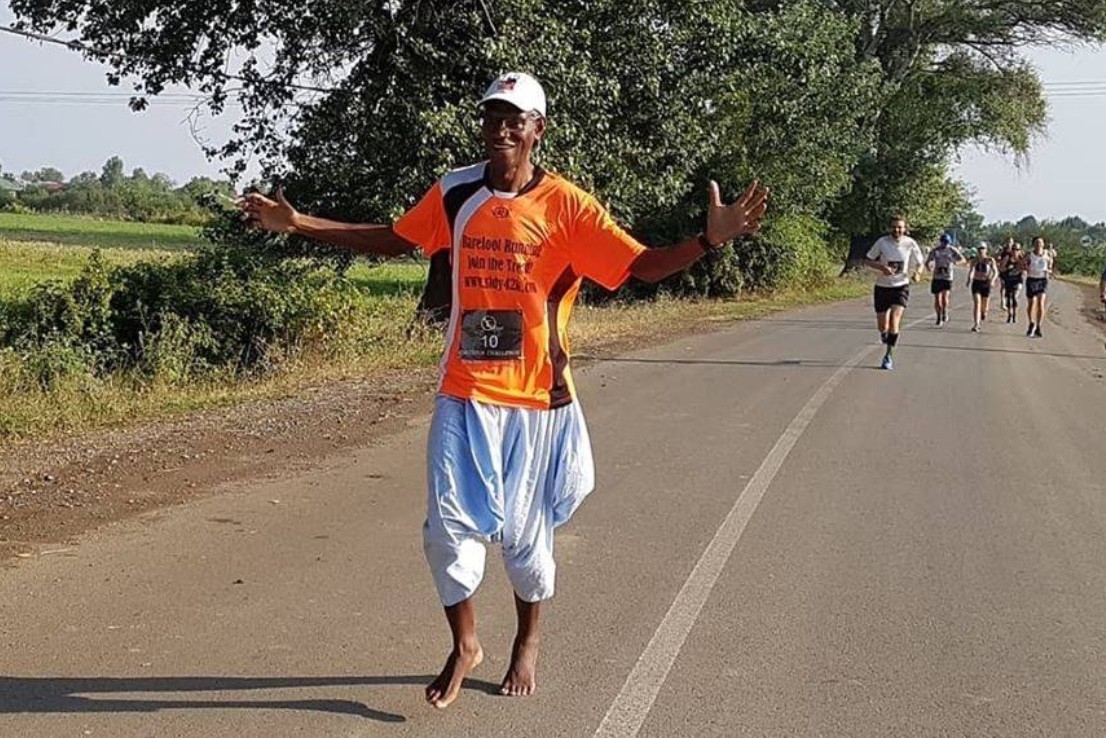
Sidy completed his first barefoot marathon on October 11, 2015, in Zagreb (Croatia), and has already run 42 barefoot marathons and one ultramarathon (90 km), in 21 countries. For more information, please visit his website: www.sidy42k.com.
Lichu Sloan (Taiwan): Lichu (first photo), at age 70, is the oldest female on the trip. She has completed 222 marathons in 81 countries across all 7 continents. She qualified for, and ran Boston Marathon, three times; ran 7 marathons on 7 continents in 7 weeks; completed all World Marathon Majors and a marathon in each of 50 US States and D.C., two times. Lichu started marathon running at age 52.
(03/06/2019) Views: 3,045 ⚡AMPBelayneh Densamo the former Marathon World Record holder should have had more support to train and he had to flee his country and was left for dead
Belayneh Densamo ran the first sub 2:07 marathon 30 years ago. Yet he was not able to run in the 1988 or 1992 Olympics.
Belayneh was born on June 28, 1965 in Diramo Afarrara, Sidamo. He held the world record in the marathon for 10 years (1988-1998). This was the third longest span without the record being broken since the event was first organized at the 1896 Olympics. The record was set when he ran 2:06:50 at the 1988 Rotterdam Marathon in the Netherlands. The record was eventually broken by Ronaldo da Costa at the Berlin Marathon in 1998.
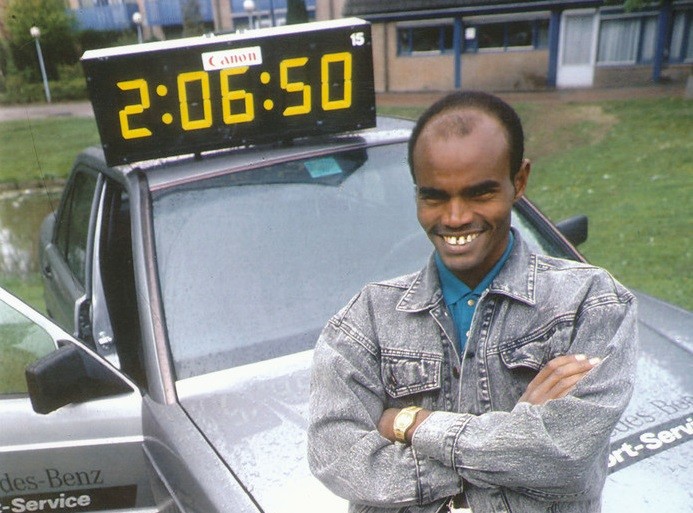
His first international marathon race was in Japan in 1986 where he finished second in 2:08.29.
He became the second world record holder in the marathon from Africa after his barefoot running compatriot Abebe Bikila.
In 1988 the Ethiopian regime decided to boycott the Games in Seoul. Densamo could do nothing but accept the dictator Mengistu's decision and not run in the Olympics.
In 1992, Densamo's preparation for the Games in Barcelona was severely disrupted again. In his homeland a fierce battle was going on for political power. Densamo was pressured by a gang to give them money, but did not succumb to the threat. However, after a bomb exploded under his house, he fled. "I had to protect my family. These were sad times, my head was no longer into running. As the best marathon runner in the world, I should have had all the support to train, but I had to flee and was left for dead. I did not get a fair chance at the Olympics. Very sad.''
Things did improve for him and he did represent Ethiopia at the marathon at the 1996 Summer Olympics, but the hot and humid summer in Atlanta, Georgia was just too much for him and he was among 13 of a field of 130 who did not finish.
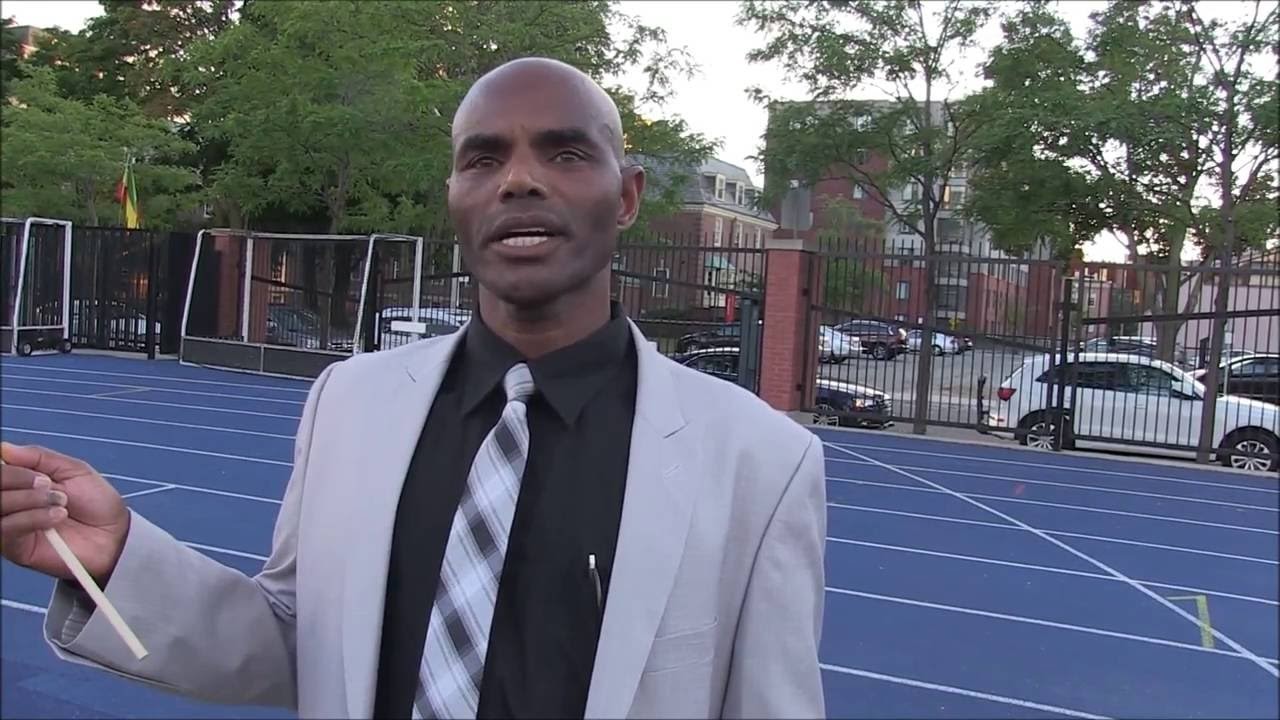
Densamo moved from his native Ethiopia to Rotterdam in 2003, he says, but he eventually opted for the United States. He wanted to give his three daughters the chance to get a good education.
The shy man escaped poverty through his running talent, is now a proud family man living with his family in Boston, Massachusetts. At 52 he leads a regular, quiet life. "When people see me, they estimate me 35 years. I live healthy, I still work hard and I am an assistant coach at Boston University," he says.
This interview was done in December 2018 by Markos Berhanu for Ethiosports.
(02/23/2019) Views: 1,877 ⚡AMPby Markos Berfanu
Why do 90 percent of Runners miss training time every year due to injury
Gretchen Reynolds, writing about running for The New York Times, claims that studies estimate that “90 percent of runners miss training time every year due to injury.” What causes the injuries? To answer that question researchers have examined and then blamed an assortment of causes from running longer distances, being too heavy, over-striding, wearing the wrong running shoes, wearing no shoes and going barefoot, weak hips, following a wrong diet, and rough pavement to run on. Researchers at Harvard Medical School, to get more reliable answers to the runners’ injury question, decided to examine the history of a group of long time runners who have never experienced an injury. What were they doing that kept them from never getting hurt? The study was published in December in the British Journal of Sports Medicine. The researchers recruited 249 experienced female recreational runners. They had one thing in common—they all struck the ground with their heels when they ran. Most runners are heel strikers and, according to Reynolds, heel striking is believed by many running experts to cause higher impacts than landing near the middle or front of the foot. The study focused on young women so researchers would not have to control for gender in the results. The researchers tracked the runners for two years. During that time, according to Reynolds, more than 100 of the runners sustained an injury that was serious enough to require medical attention. Another 40 reported minor injuries, while the rest remained uninjured. Twenty-one of the runners not only did not become injured during the two-year study but they also had not ever had a prior running injury. The scientists compared that small group’s impact loading with the pounding experienced by the seriously injured runners. They found that the never-injured runners, as a group, landed far more lightly than those who had been seriously hurt. This was true even when they controlled for running mileage, body weight and other variables. Reynolds noted that “the finding refutes the widely held belief that a runner cannot land lightly on her heels.” Irene Davis, Ph.D., a Harvard professor who led the study, said, “One of the runners we studied, a woman who has run multiple marathons and never been hurt, had some of the lowest rates of loading that we’ve ever seen.” (07/21/2018) Views: 1,410 ⚡AMPBruce Tulloh, the original barefoot runner and world class runner has died at age 82
Bruce Tulloh, European 5000m champion in 1962, one of Britain's best and most popular runners of the 1960s, trans-America record-breaker, and an ongoing influential figure in British athletics as a coach and writer, has died aged 82.
In 1969, Tulloh ran 2876 miles across America from Los Angeles to New York City in 64 days. This is described in his book Four Million Footsteps, published by Pelham Books in 1970.
"I read Four Million Footsteps many times," said Bob Anderson. "It was a wonderful account of his journey across America. Bruce was a super friendly, inspiring runner and he will be missed."
Bruce told Simon Freeman (editor at Like the Wind Magazine). "Bruce Tulloh says he can’t remember a time when he wasn’t running. His mother was a runner and — according to Tulloh — she never lost a race. His whole family were active, sporty people, including the perceptive grandfather, an international tennis player."
He told Simon in 2015, "There’s nothing nicer for me than to go out to a lovely bit of grass or on to the beach and run,” he says.
“Even though nowadays I’ll be running a bit, walking a bit. It’s just a natural human activity.” And it is possibly thanks to his decision to not wear shoes that Tulloh will be best remembered.
However, it would be a mistake to think that there wasn’t science and planning behind the choice to go barefoot. He was the originial barefoot runner.
(04/29/2018) Views: 2,807 ⚡AMPMany of the top runners in the world come from Kenya and here is a good answer why
Kenya is known around the world as the home of champions and we wanted to know why. One tribe in Kenya that stands out more than others is the Kalenjins.
At the 1968 Olympics Kalenjin runner Kipchoge Keino defeated world-record holder Jim Ryun.
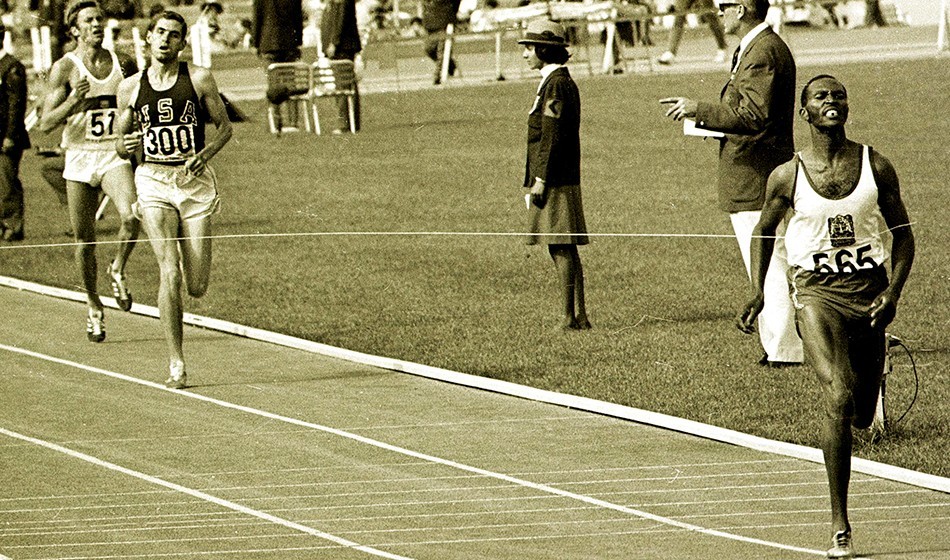
That day Keino not only won gold, but he also ushered in an era of Kenyan dominance. Since then a considerable number of the races are won by Kenyans and many world records are held by Kenyans. Many of these runners are of the Kalenjin tribe.
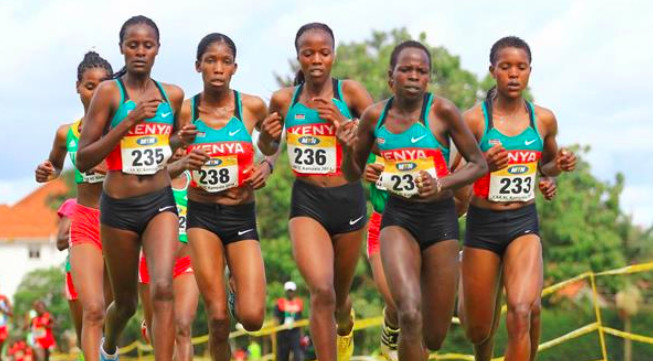
The feats have just bafflled the world. David Epstein a renown sports editor who authored a book called “The Sports Gene'” noted that many world-class runners in Kenya come from the tribe of Kalenjins. In his book, he explores possible genetic factors that might be the reason behind this.
He notes that Kalenjins have thin ankles and calves which makes their legs resemble a pendulum and eases their movement. According to his explanation, the more weight you have farther away from your center of gravity, the more difficult it is to swing.
The vice versa applies to Kalenjins. Some studies have also discovered that Kenyans, in general, have less mass for their height, longer legs, shorter torsos and more slender limbs. These physical traits can be viewed as relatively “streamlined” and improve efficiency while running.
Lastly, there is a controversial cultural argument that Kalenjins become great runners because they ran several miles to and from school barefoot on a daily basis.
(04/13/2018) Views: 26,715 ⚡AMPAbebe Bikila had only run two marathons before winning and running a PR by over six minutes in Rome
DID YOU KNOW? Abebe Bikila was a member of the Imperial Bodyguard, and was a last-minute addition to the Ethiopian team but caused a sensation by running barefoot through the streets of Rome and winning gold, at the 1960 Olympic Games.
Four years later he retained the title, this time wearing shoes. On both occasions he clocked world best times... Abebe participated in a total of sixteen marathons, winning twelve and finishing fifth in the 1963 Boston Marathon.
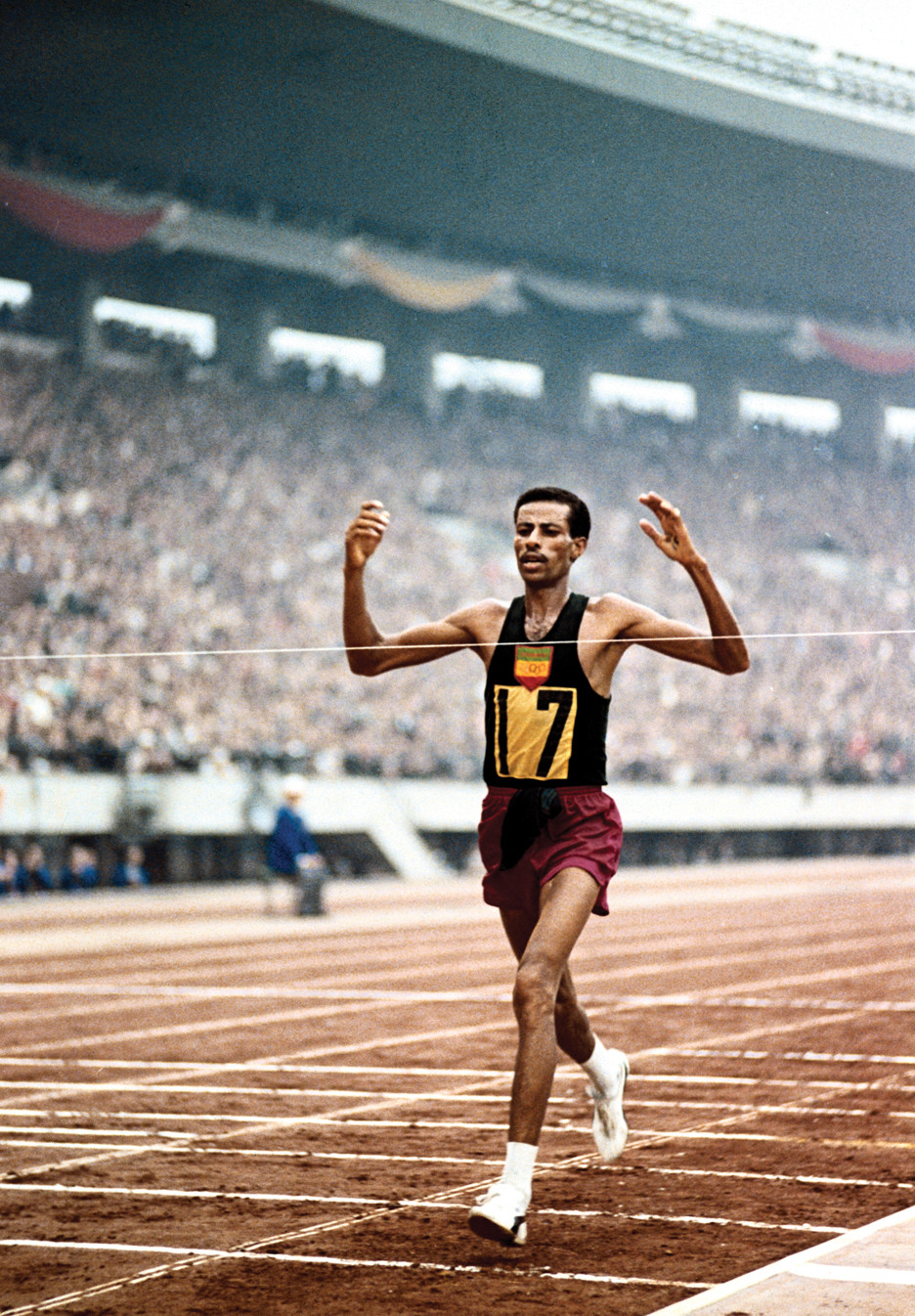
In July 1967, he sustained the first of several sports-related leg injuries which prevented him from finishing his last two marathons.
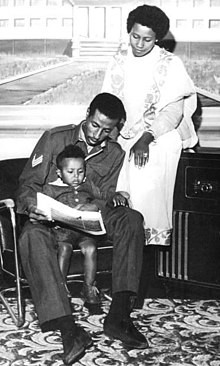
On March 22, 1969, Abebe was paralyzed as a result of a car accident. Although he regained some upper-body mobility, he never walked again. He died at age 41 on October 25, 1973, of a cerebral hemorrhage related to his car accident. He had only run two marathons before Rome and there he set a PR by over six minutes.
(02/13/2018) Views: 3,832 ⚡AMPOlympians


